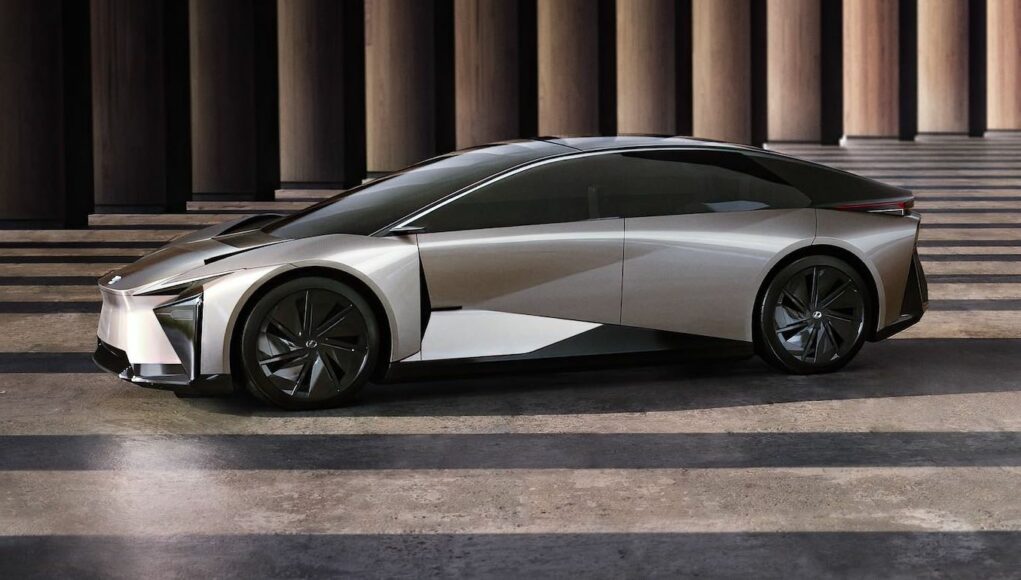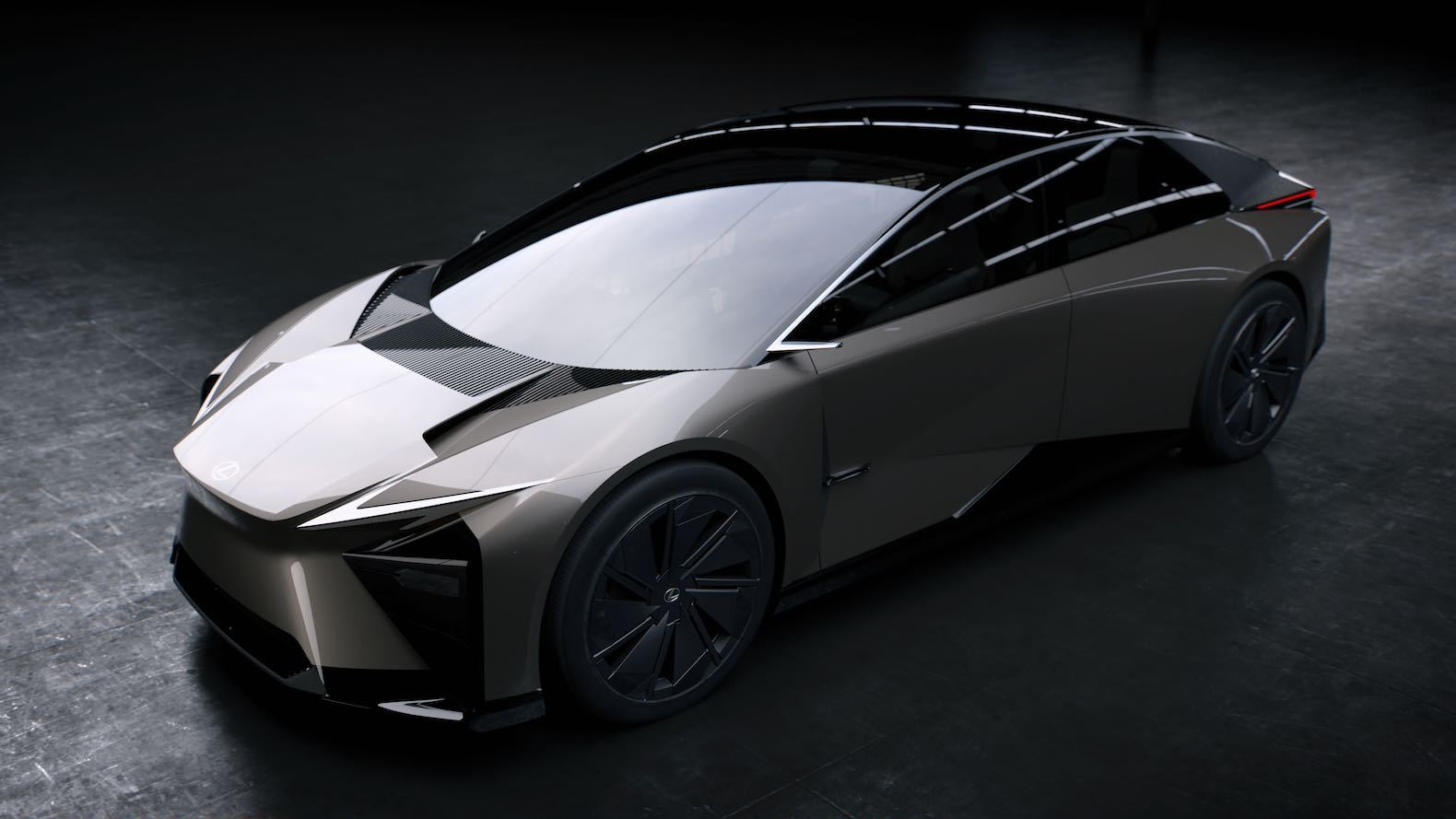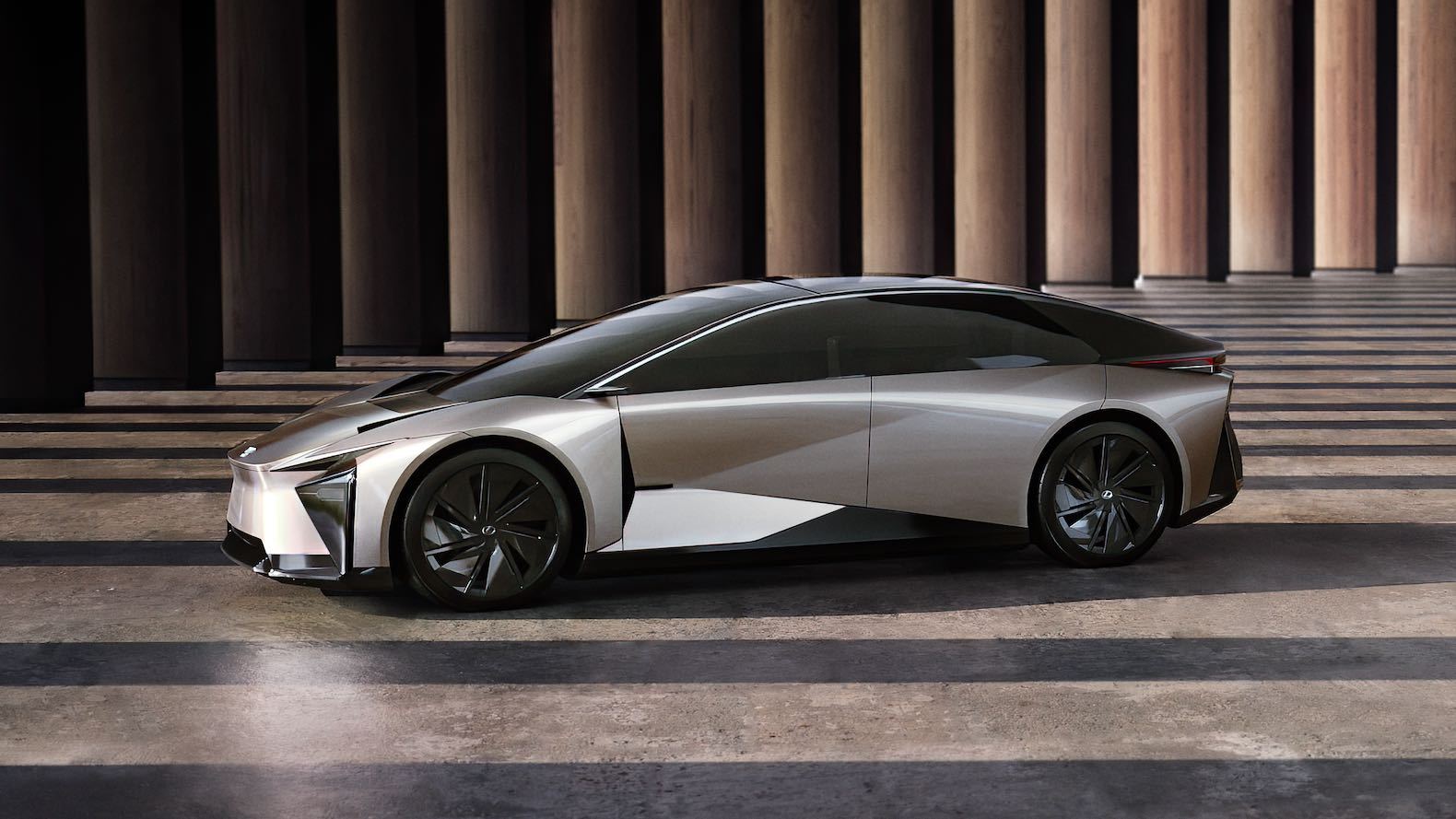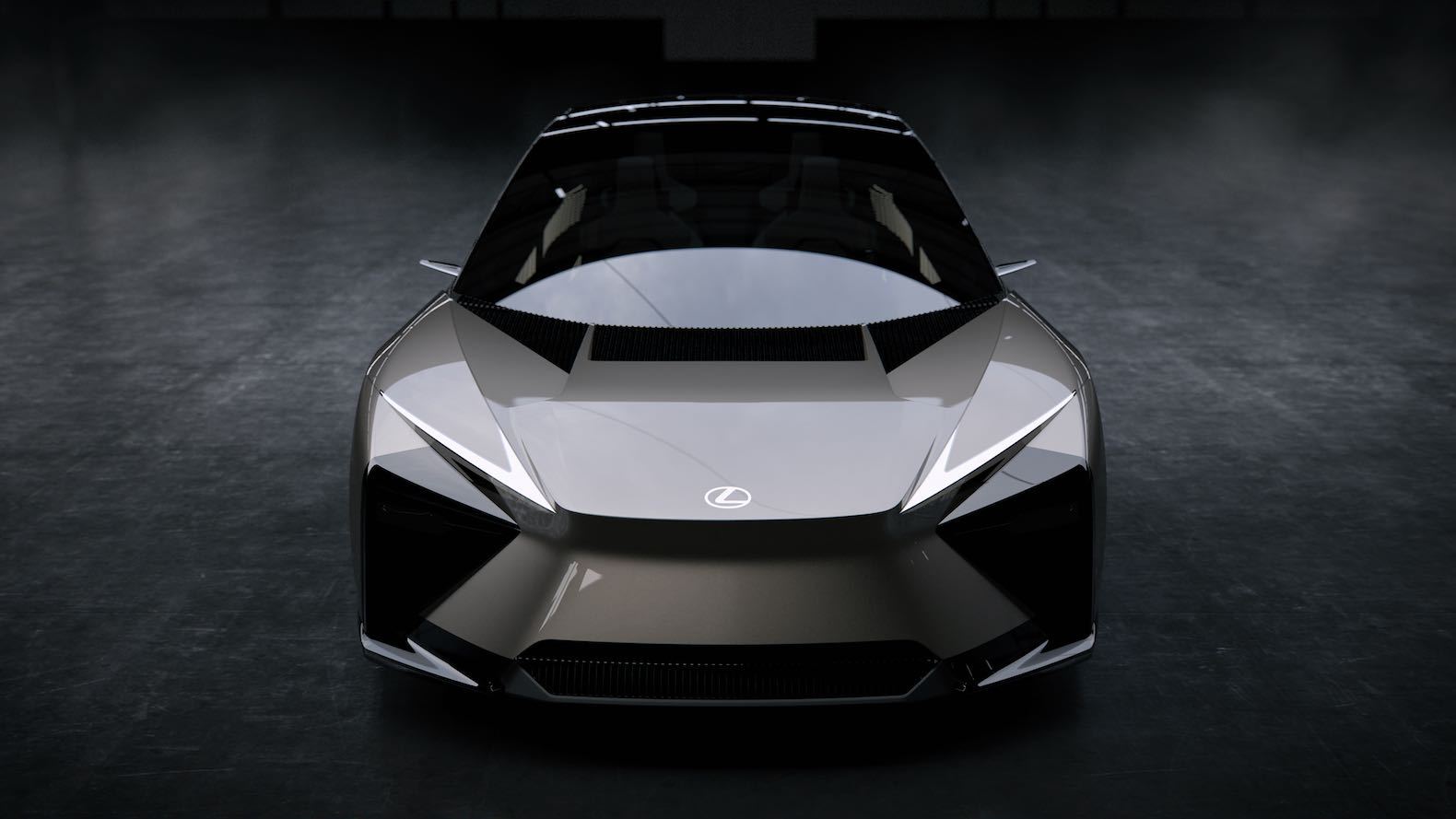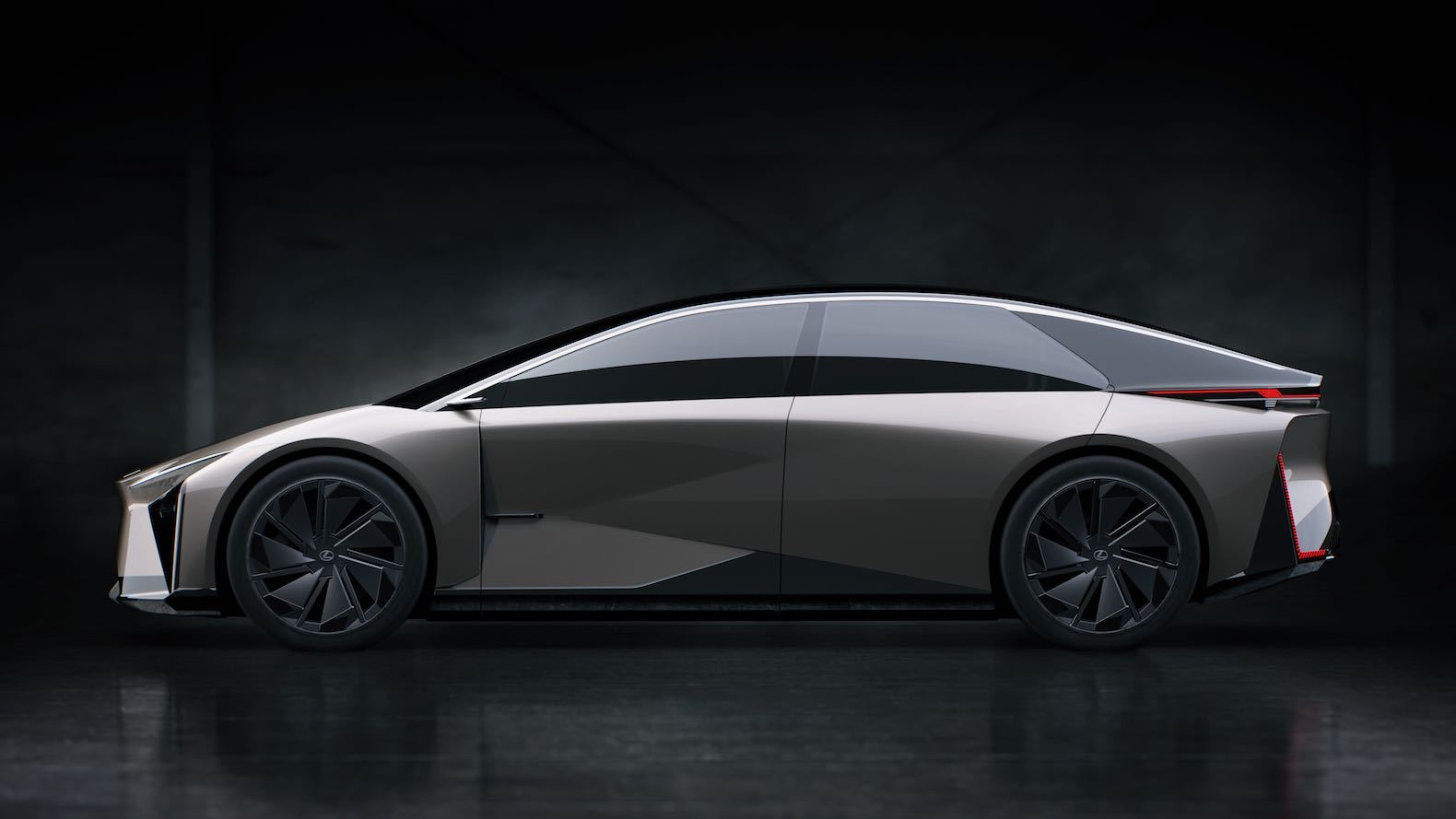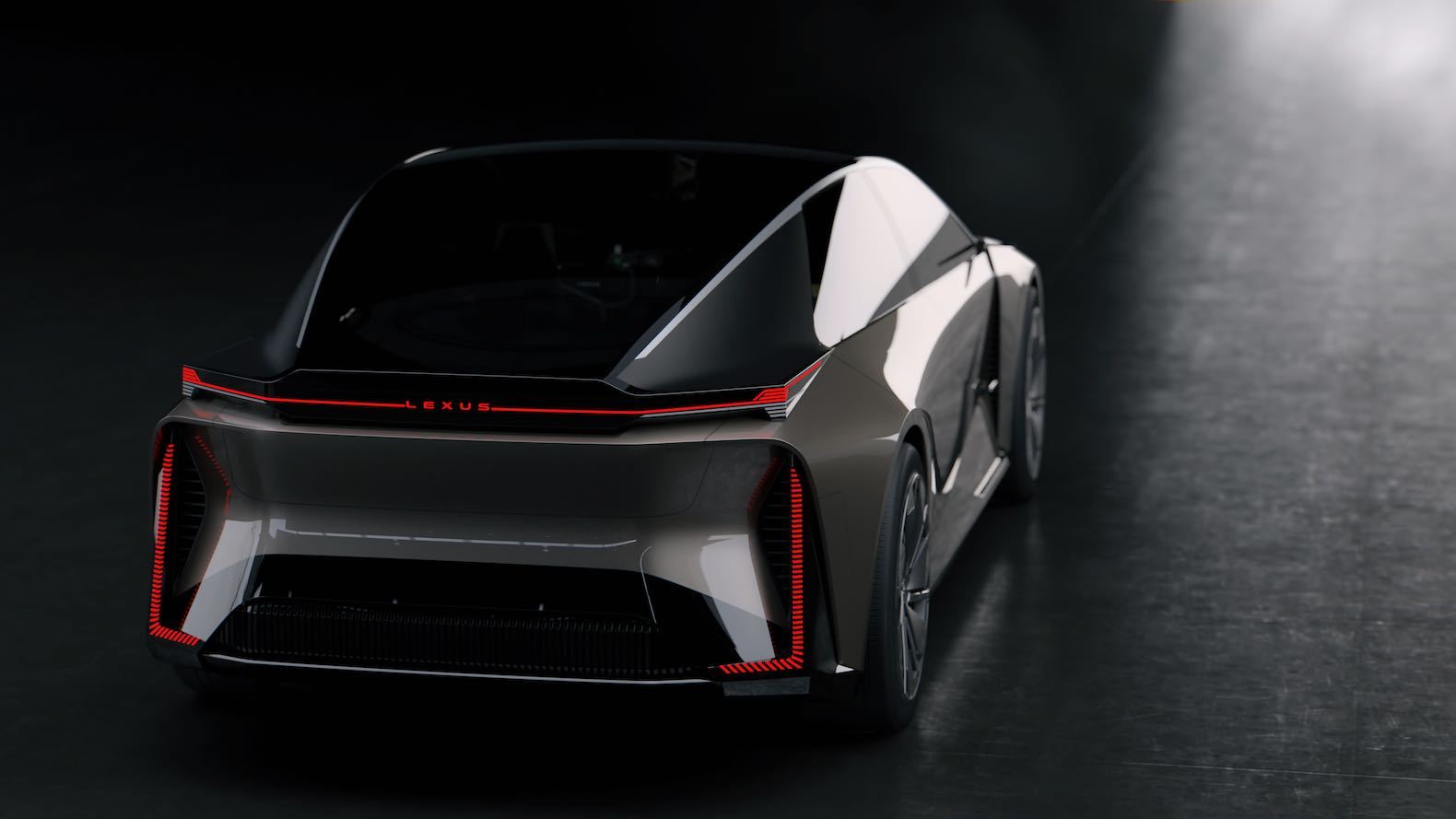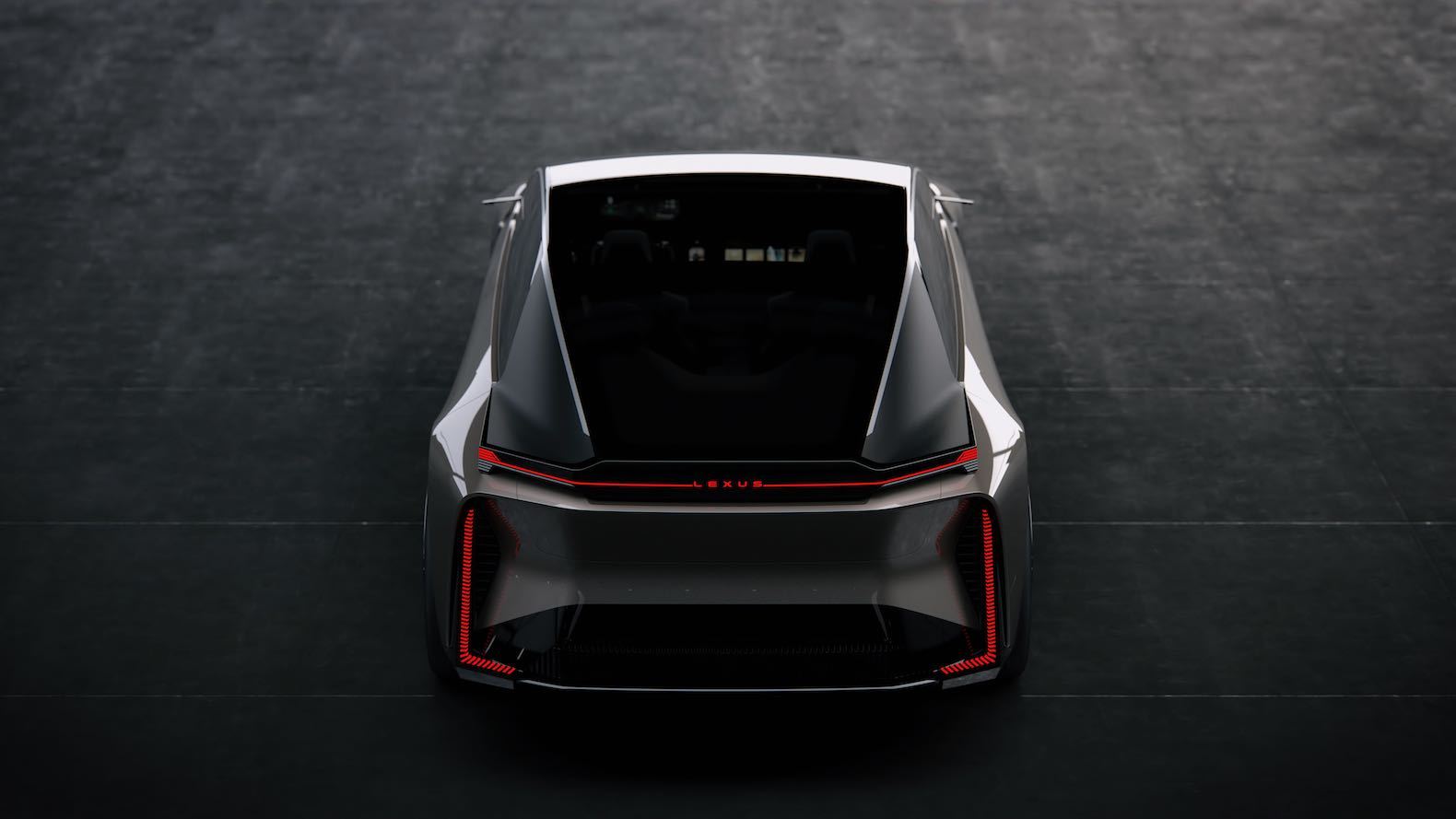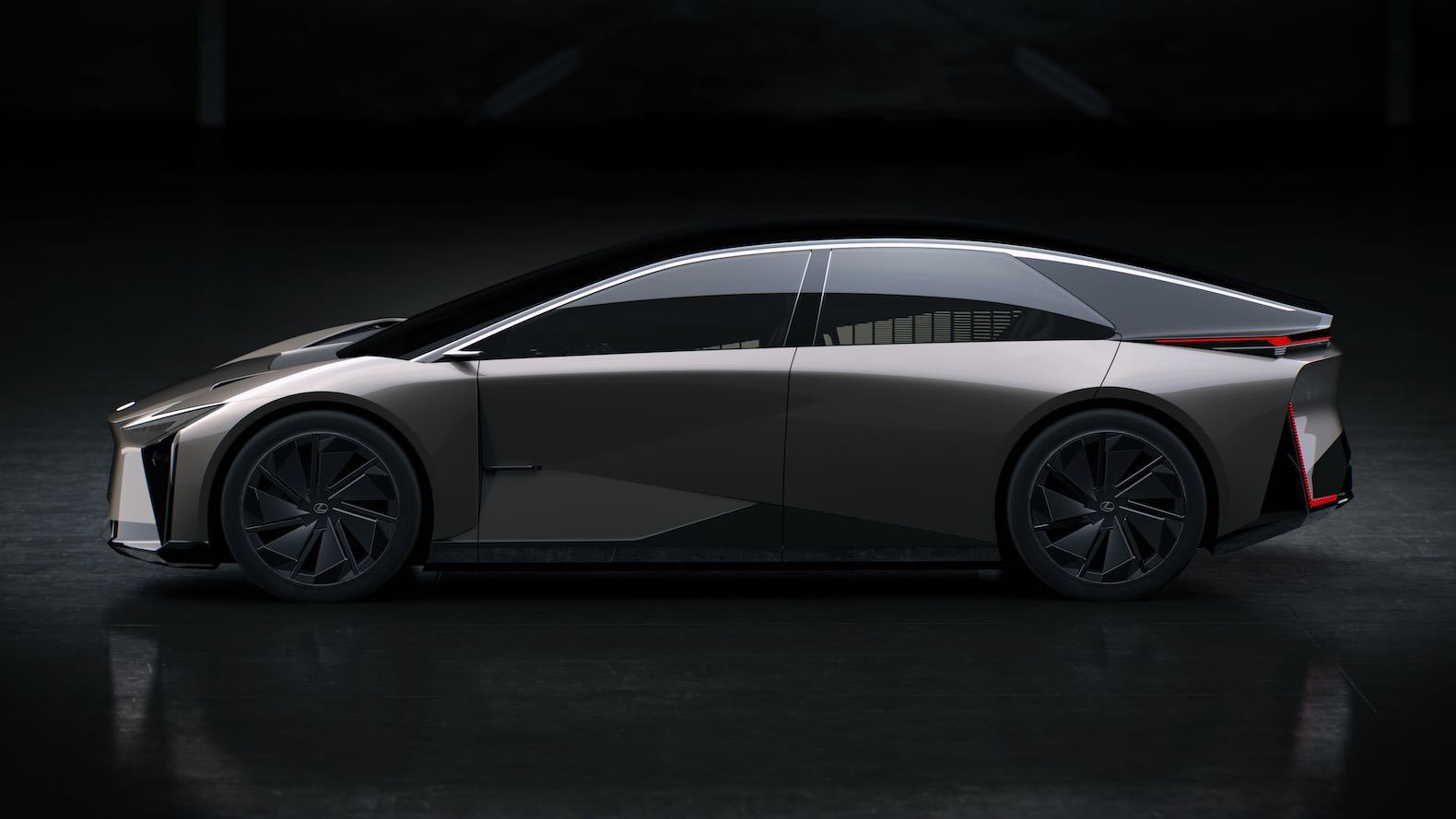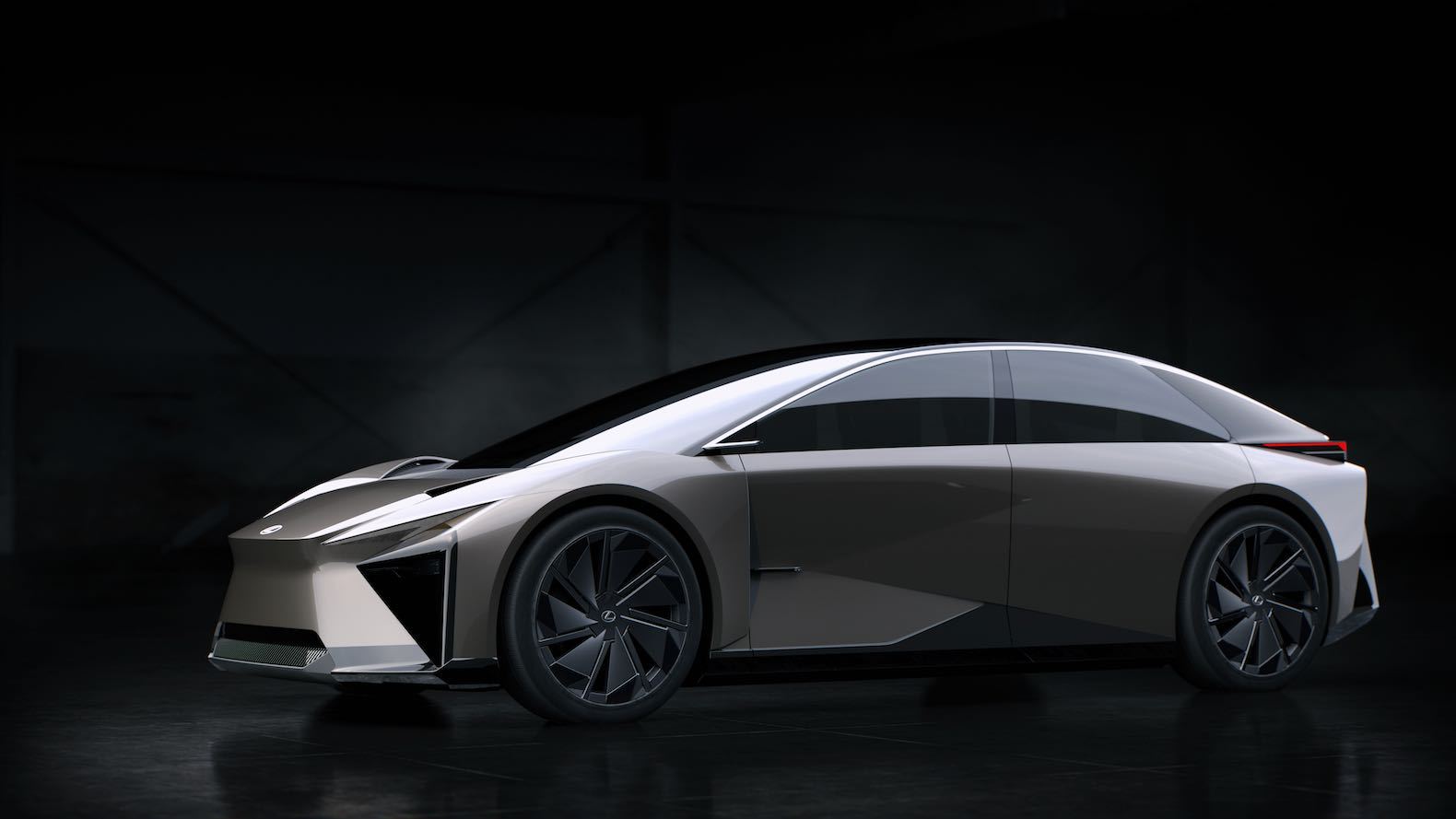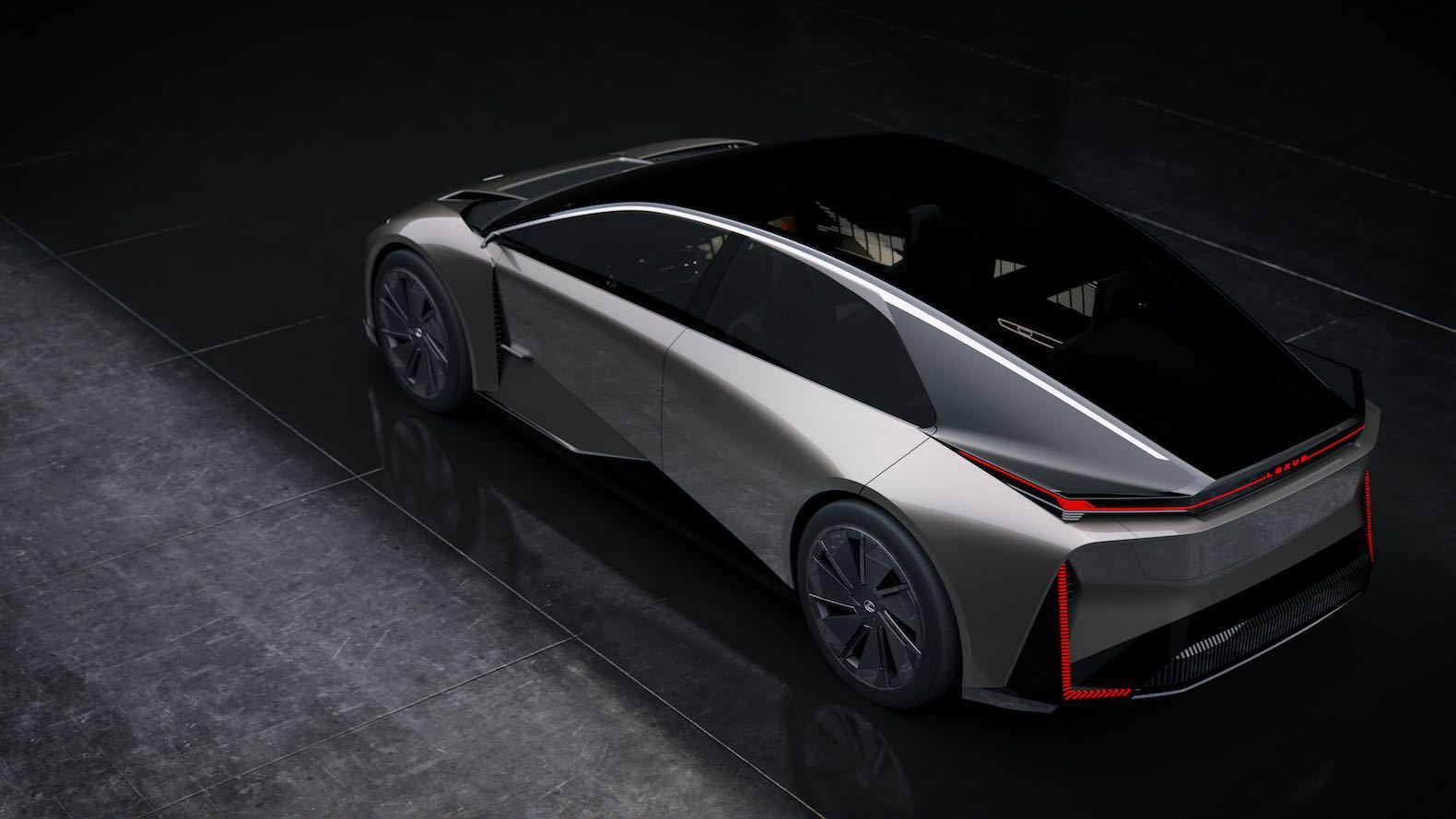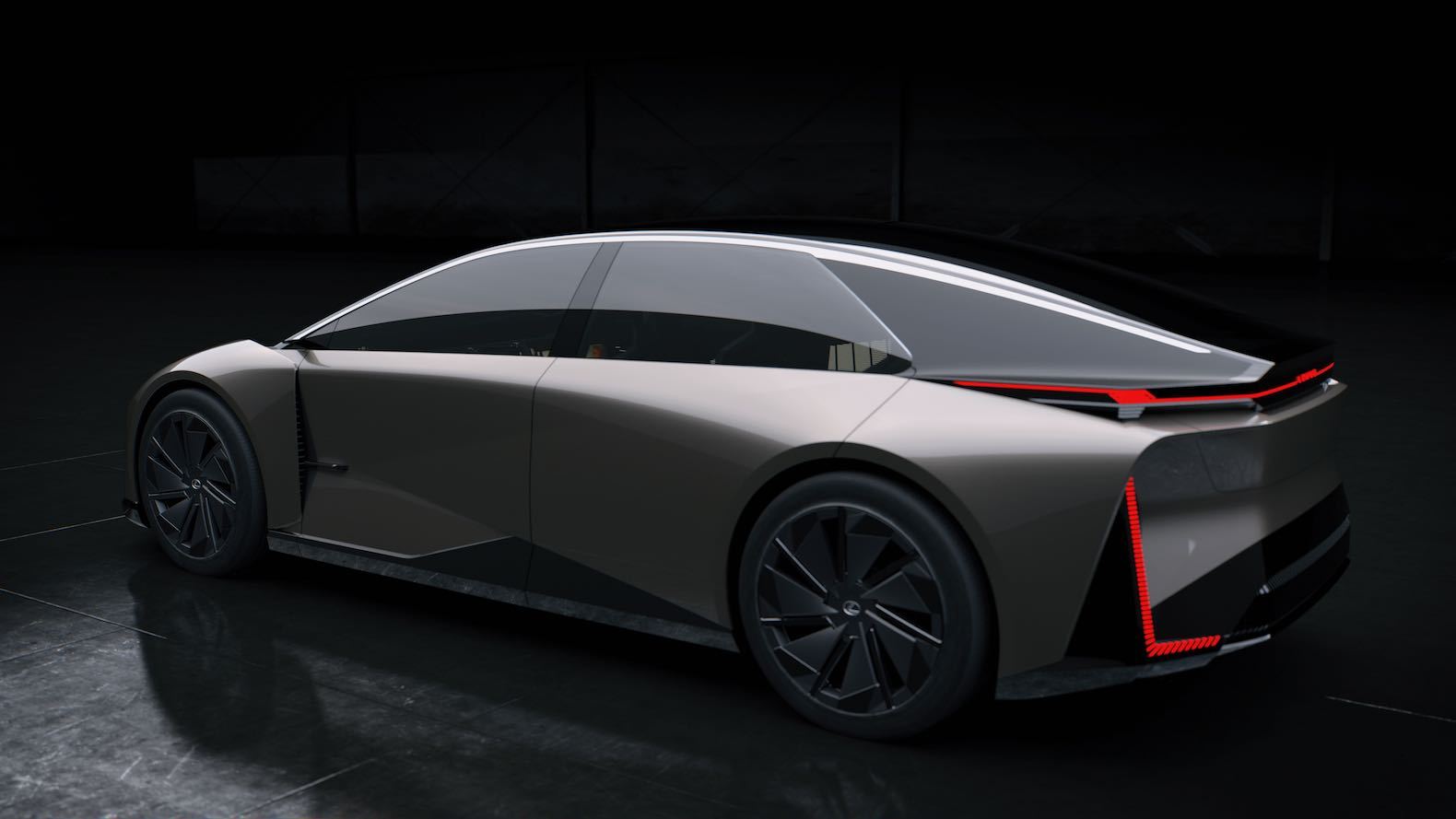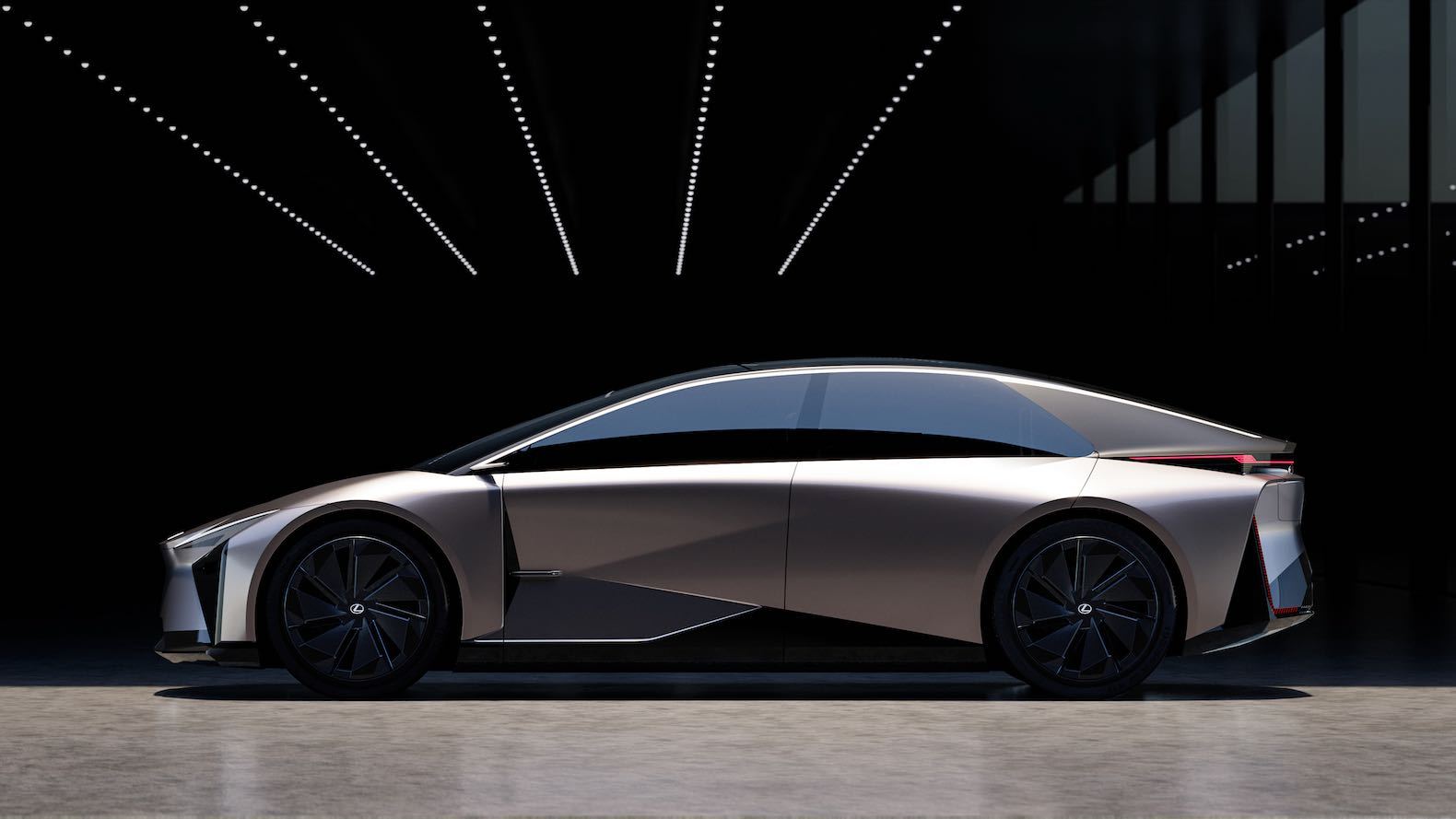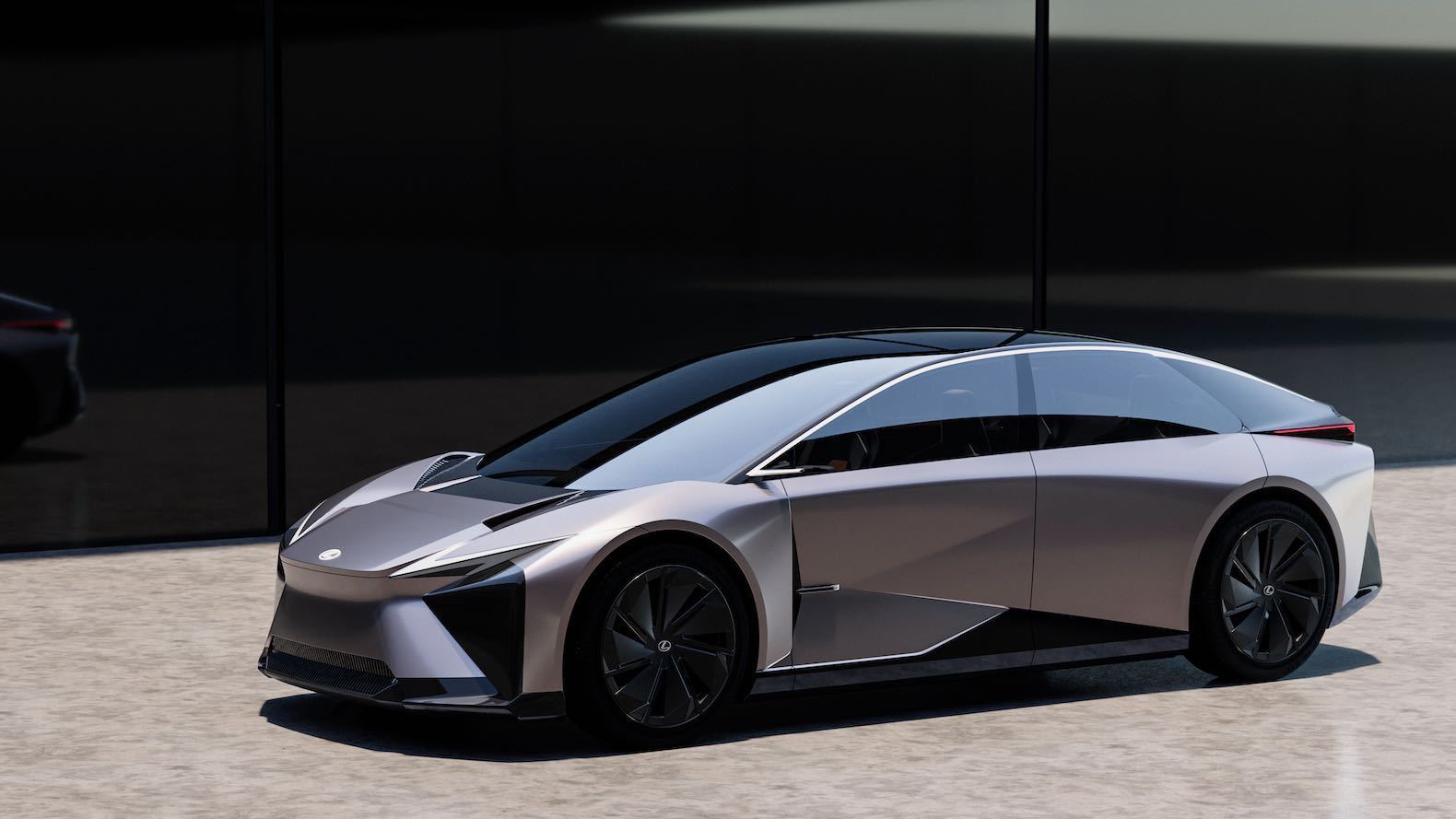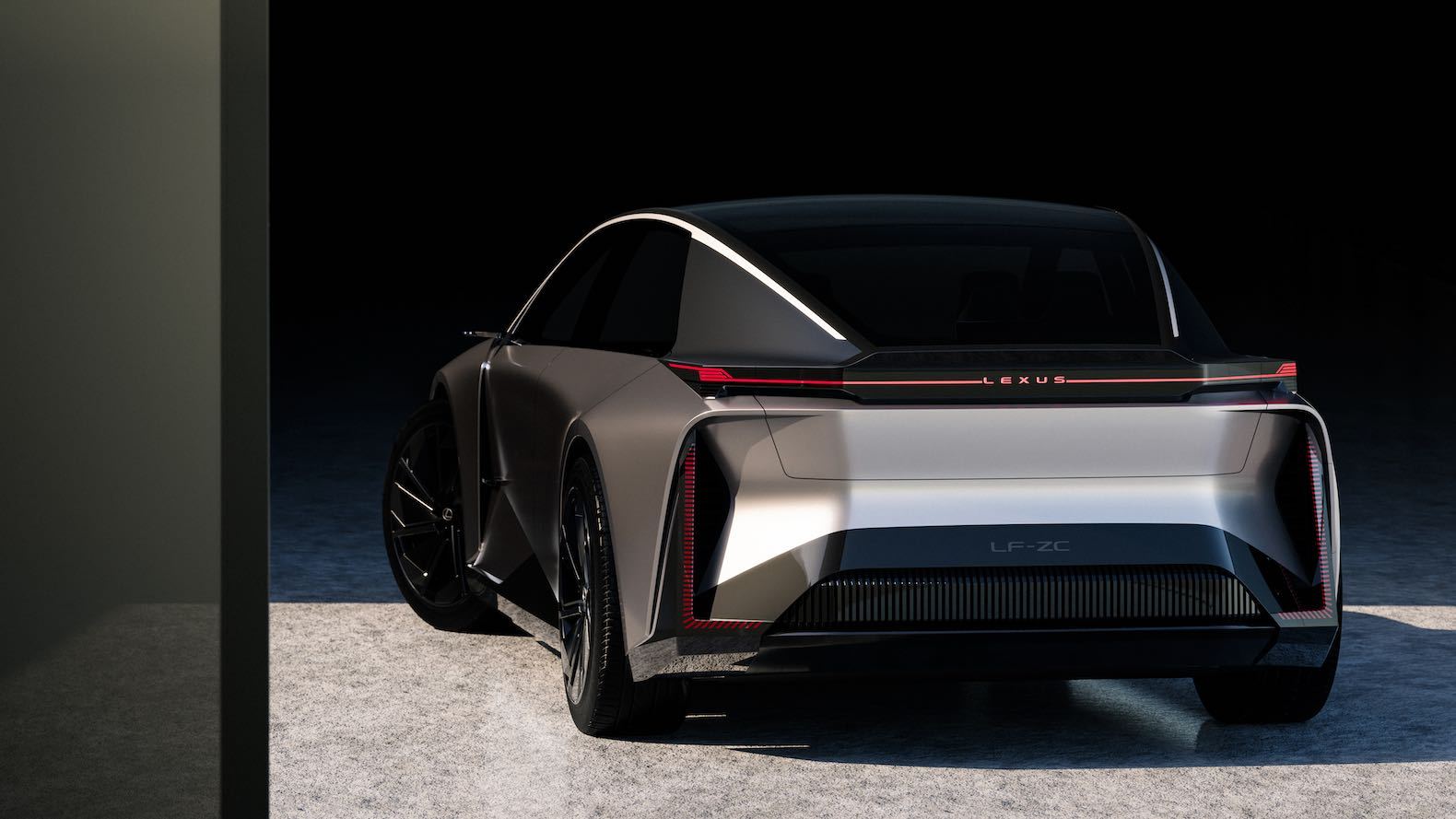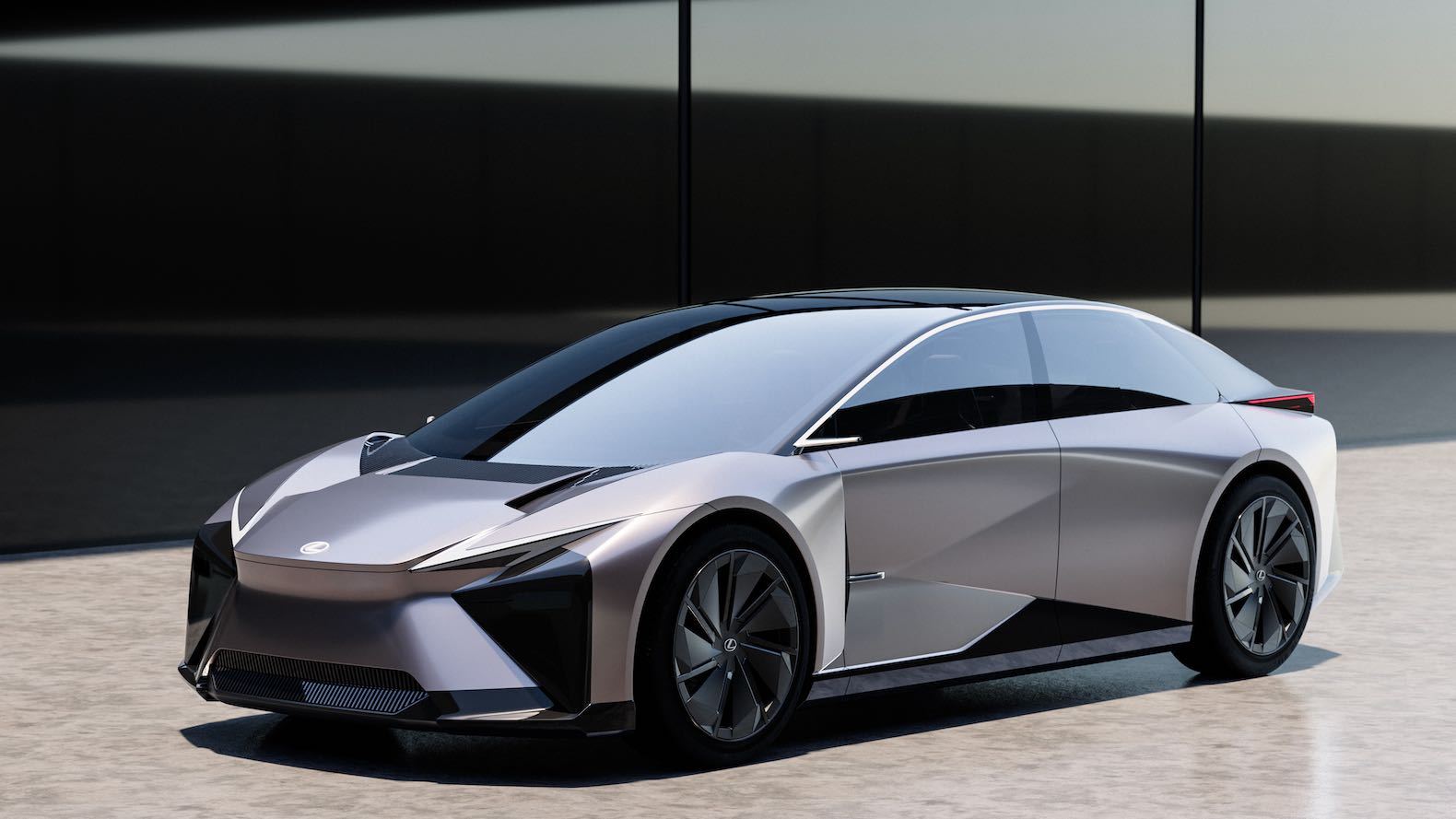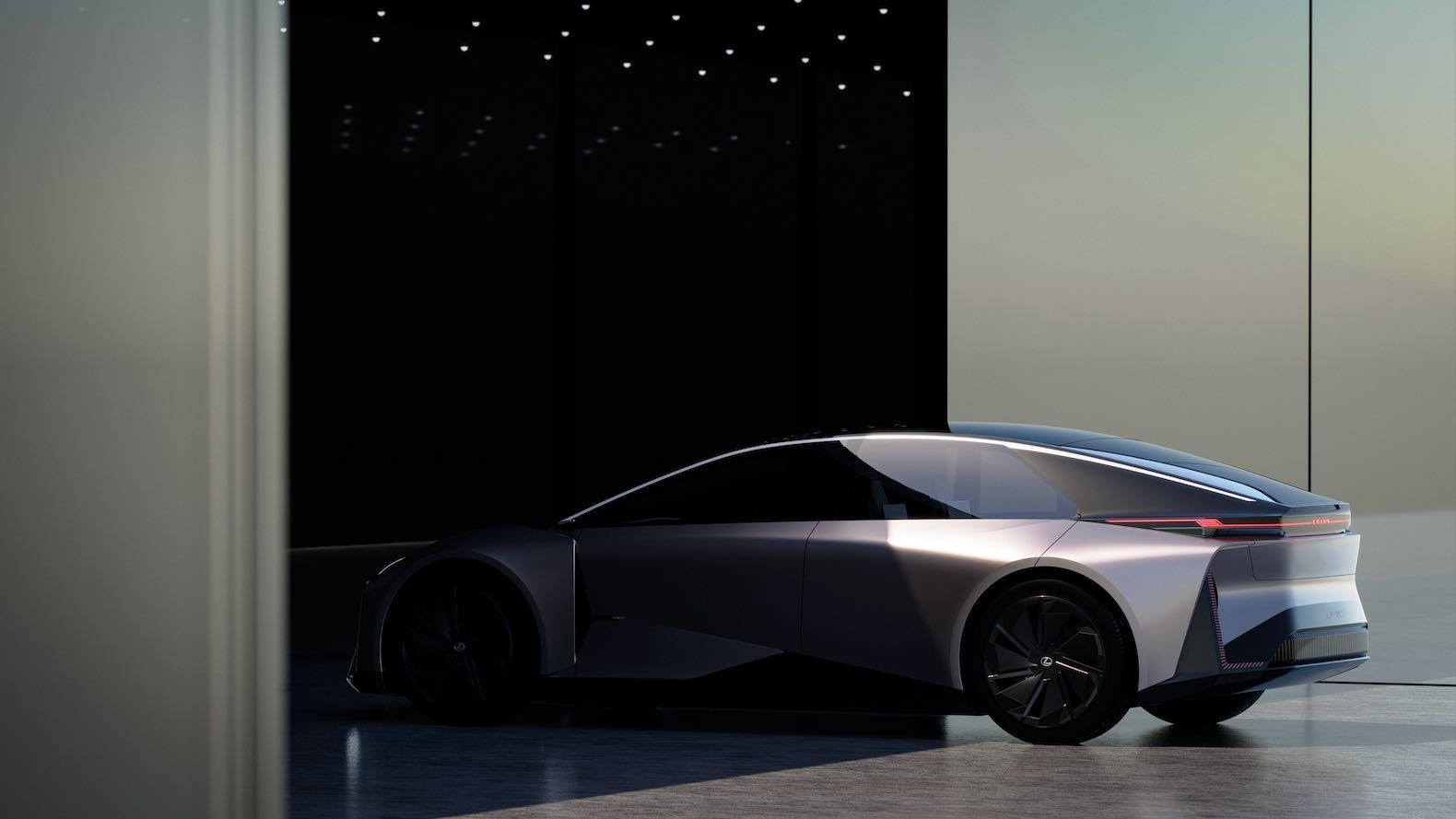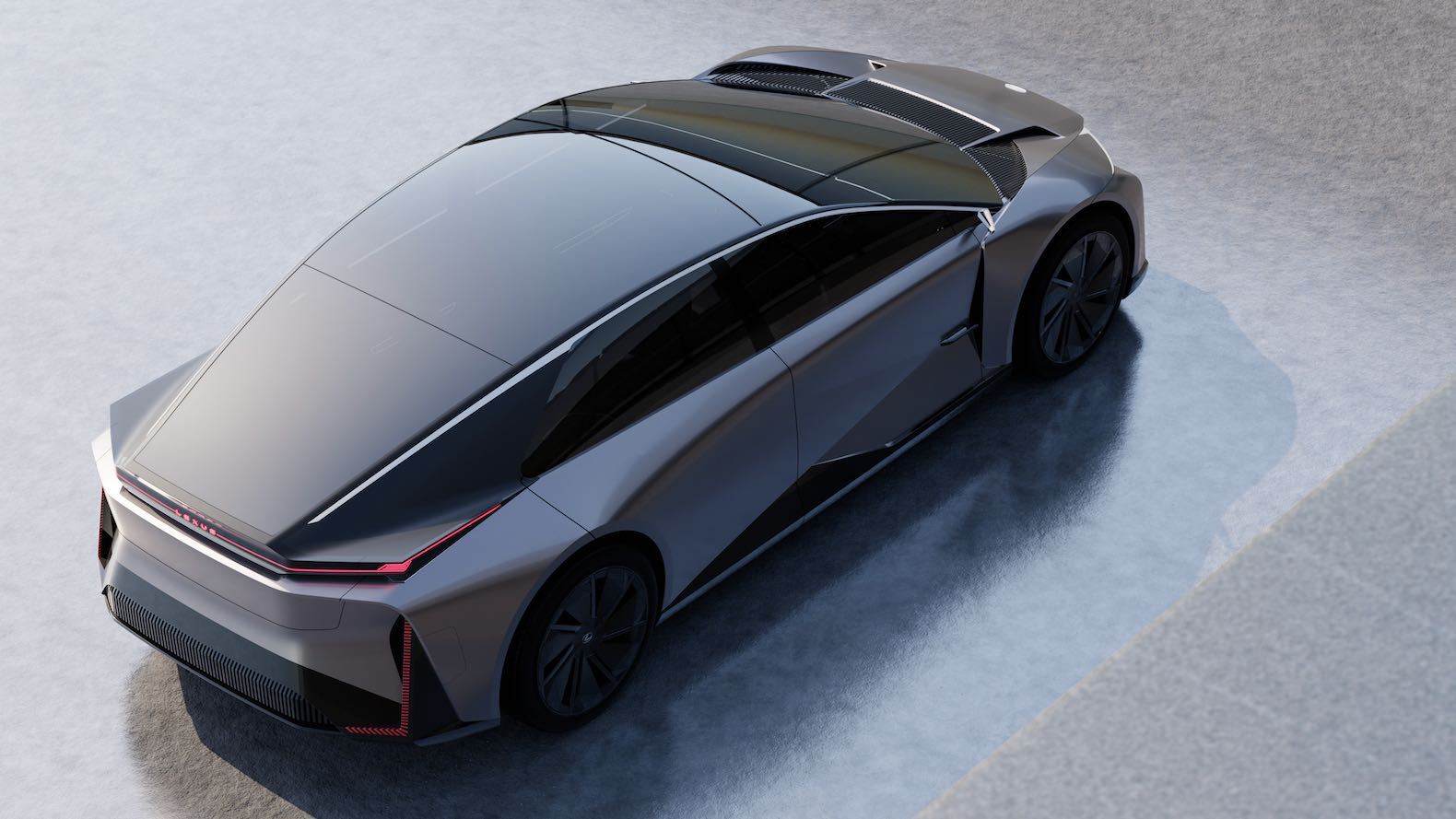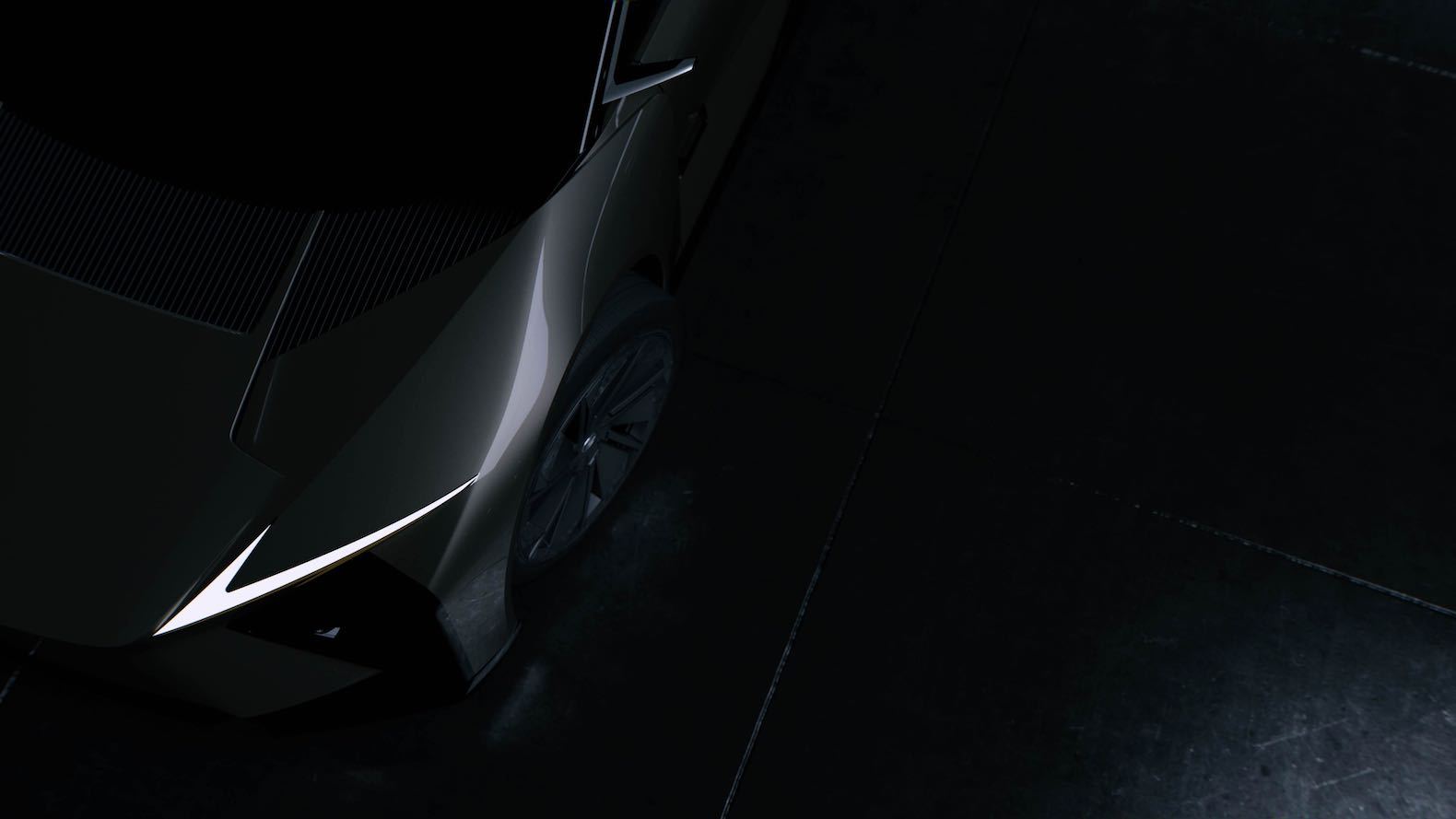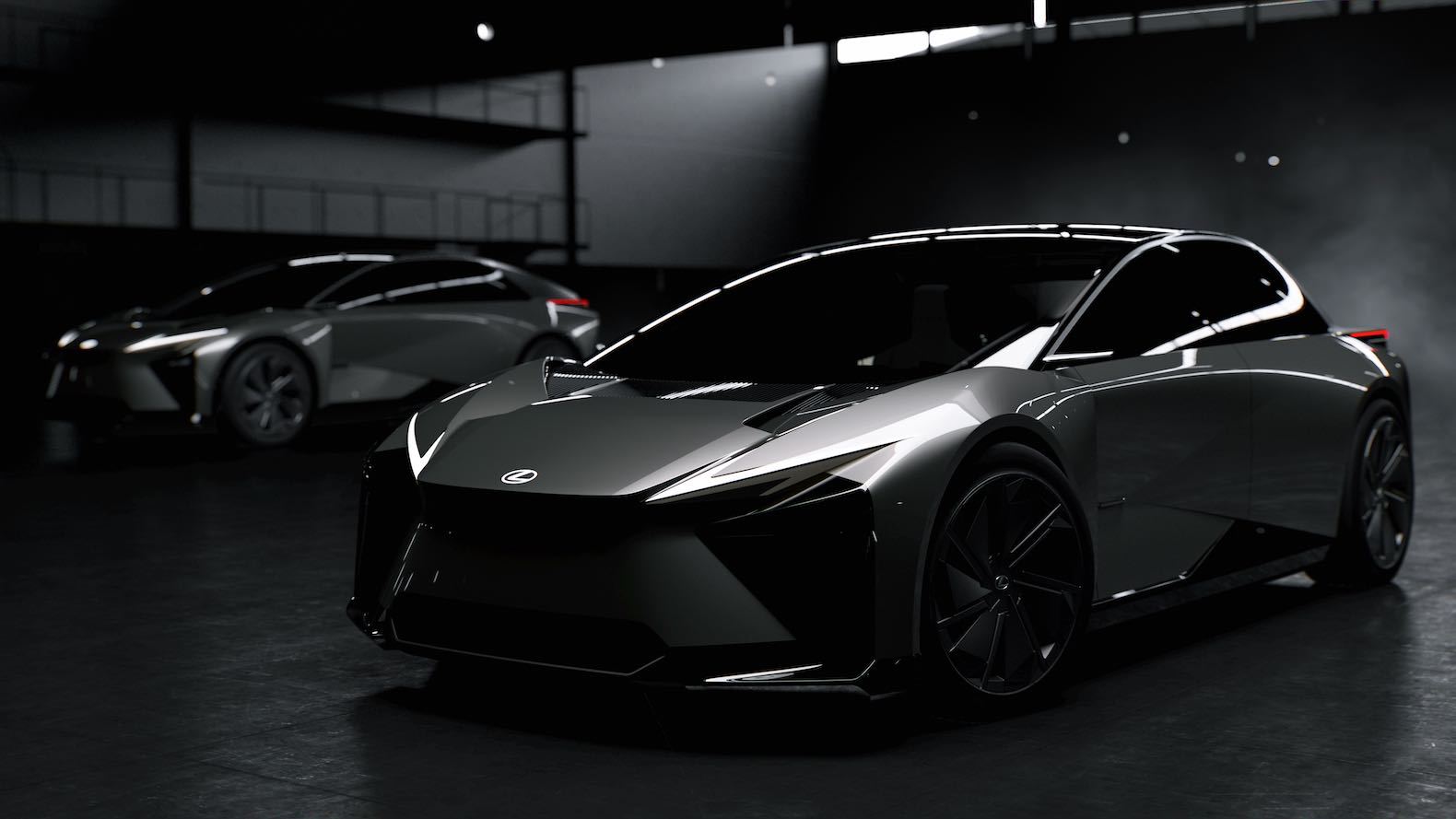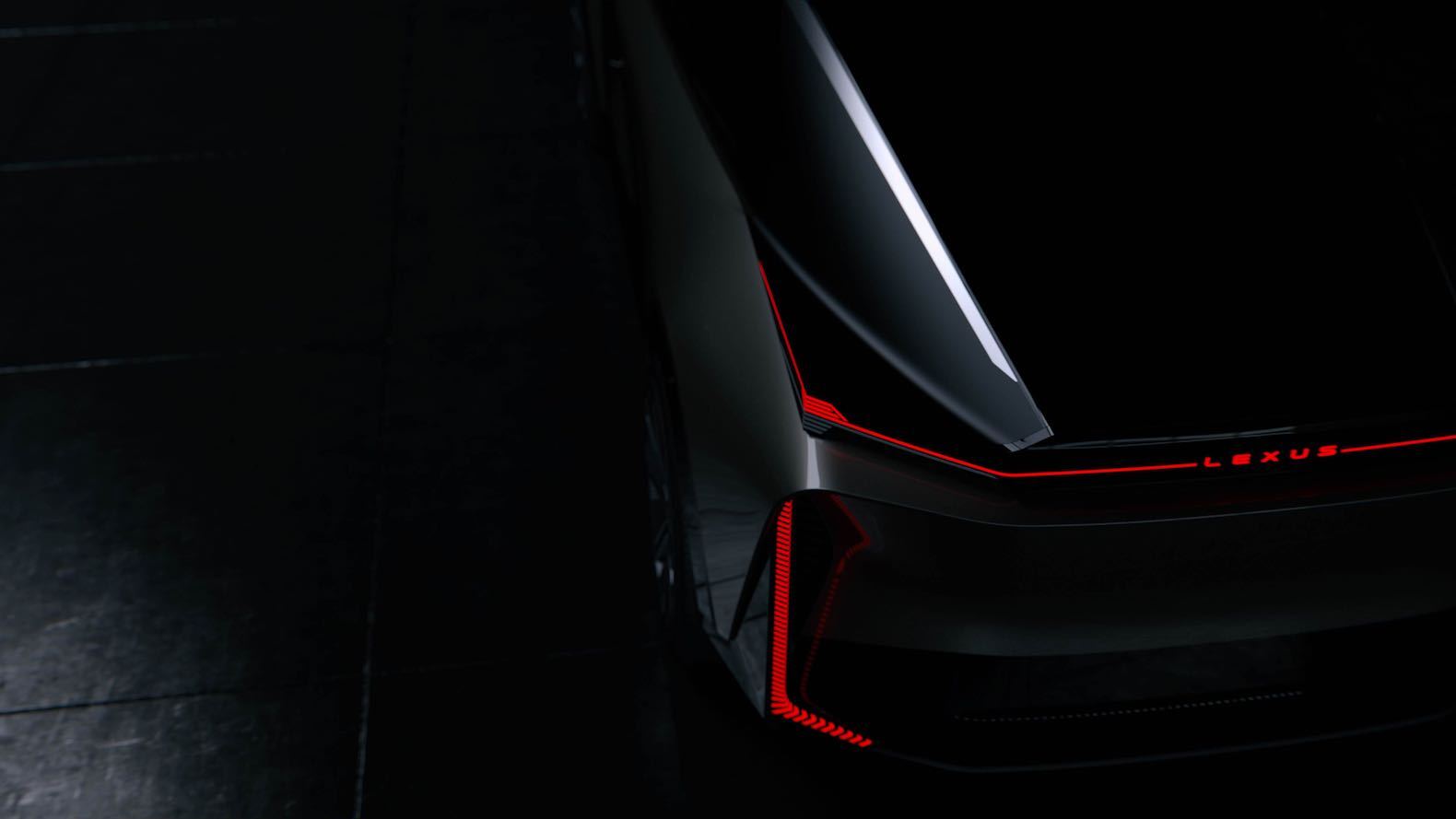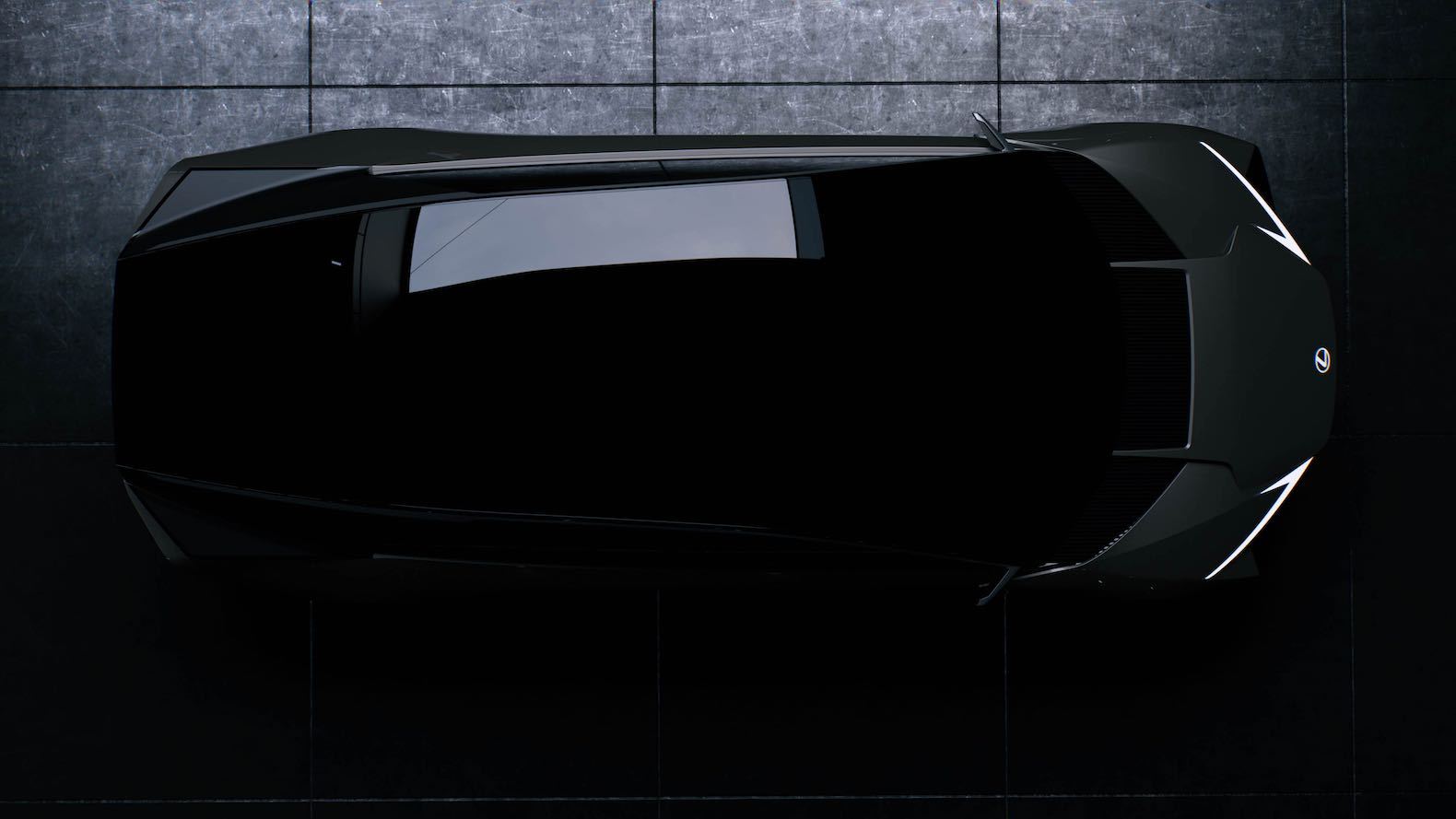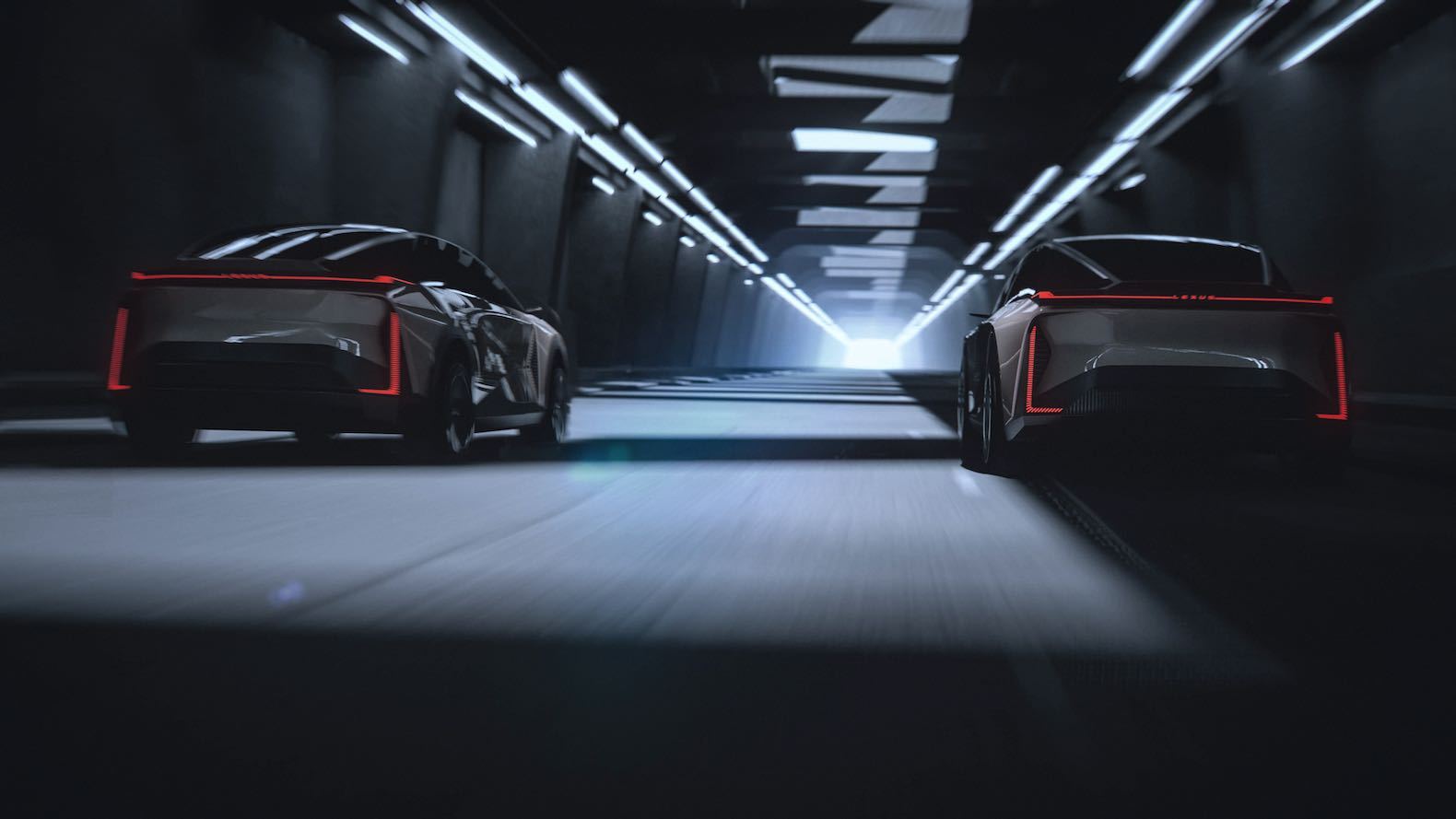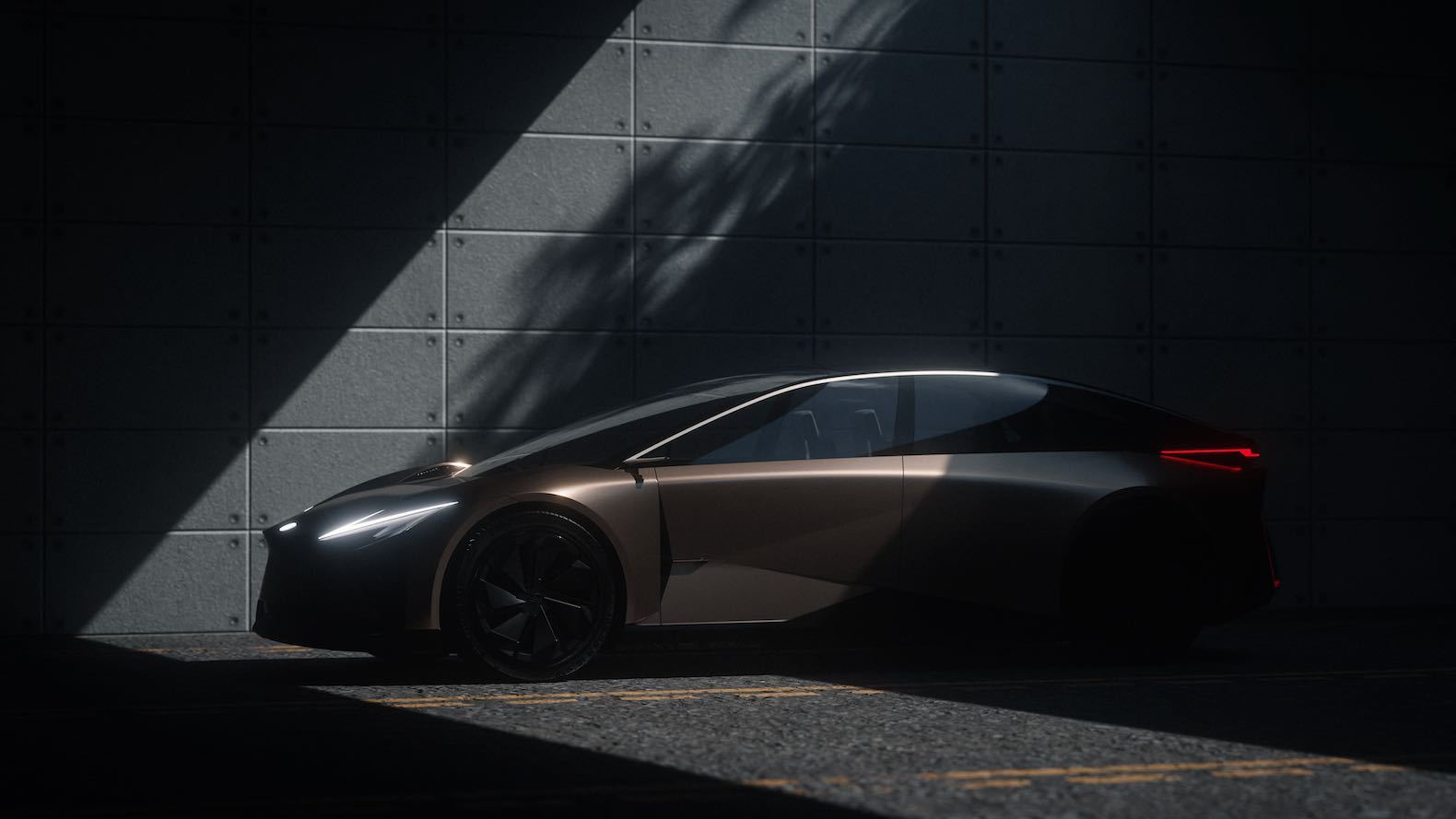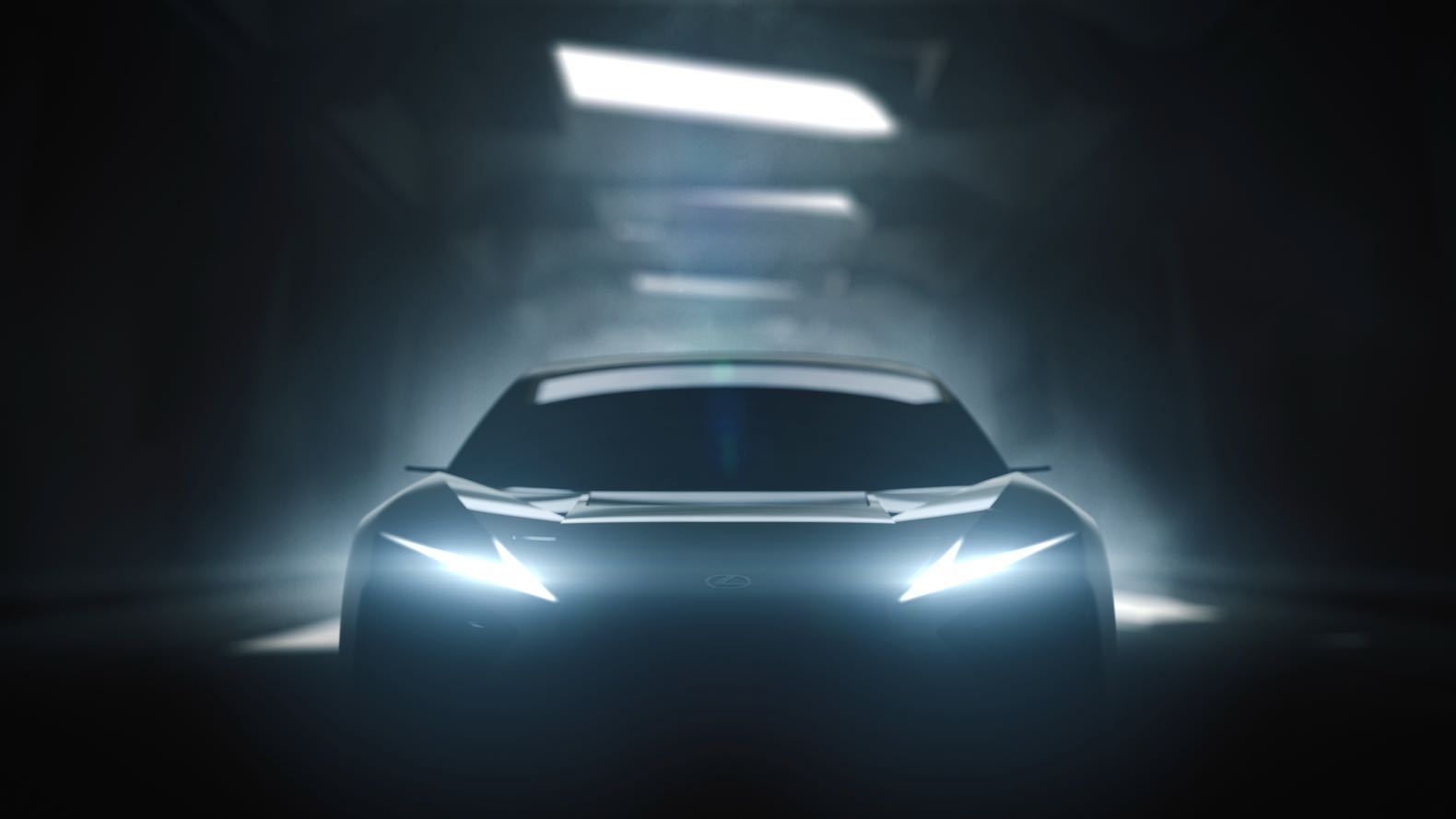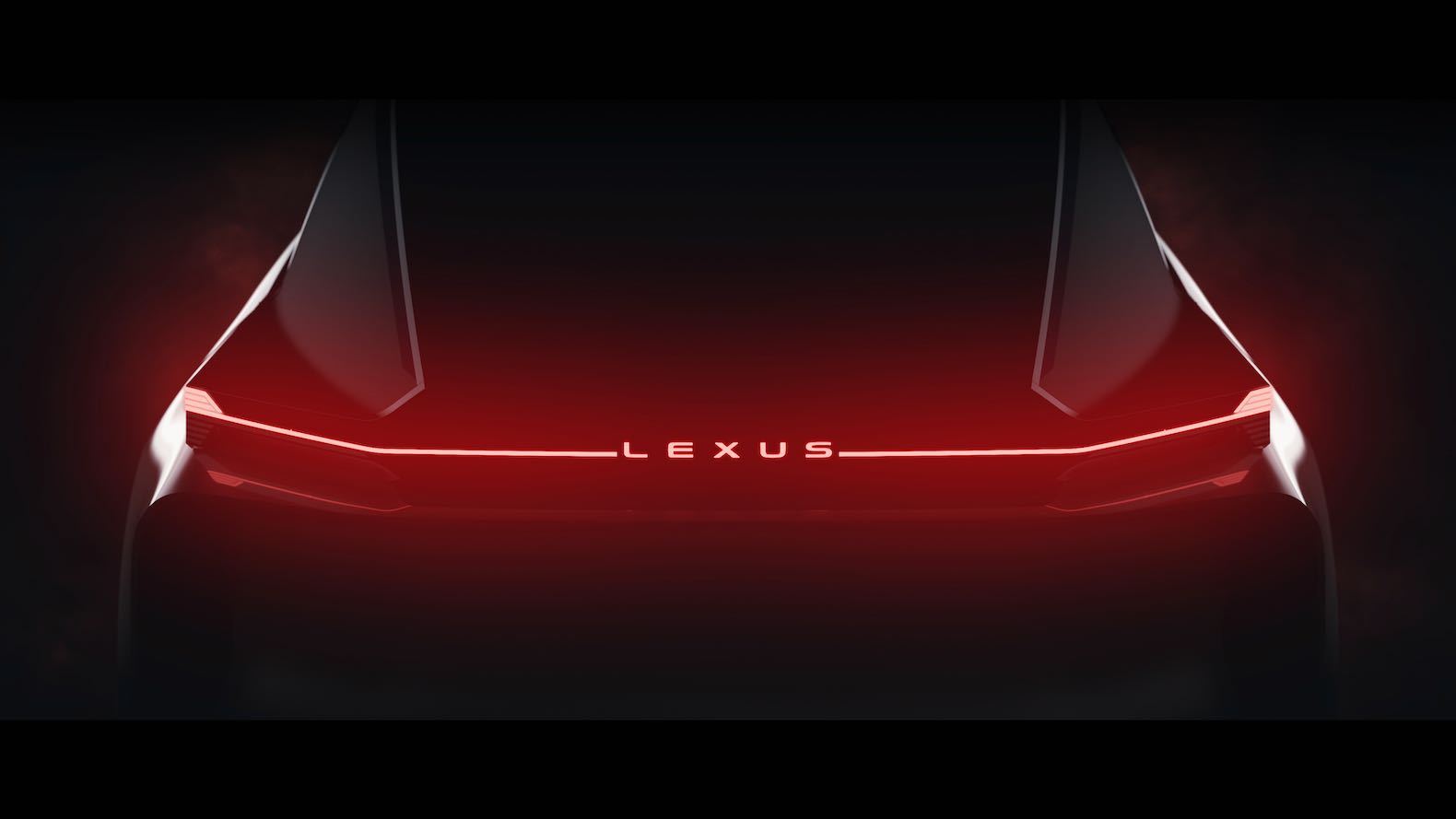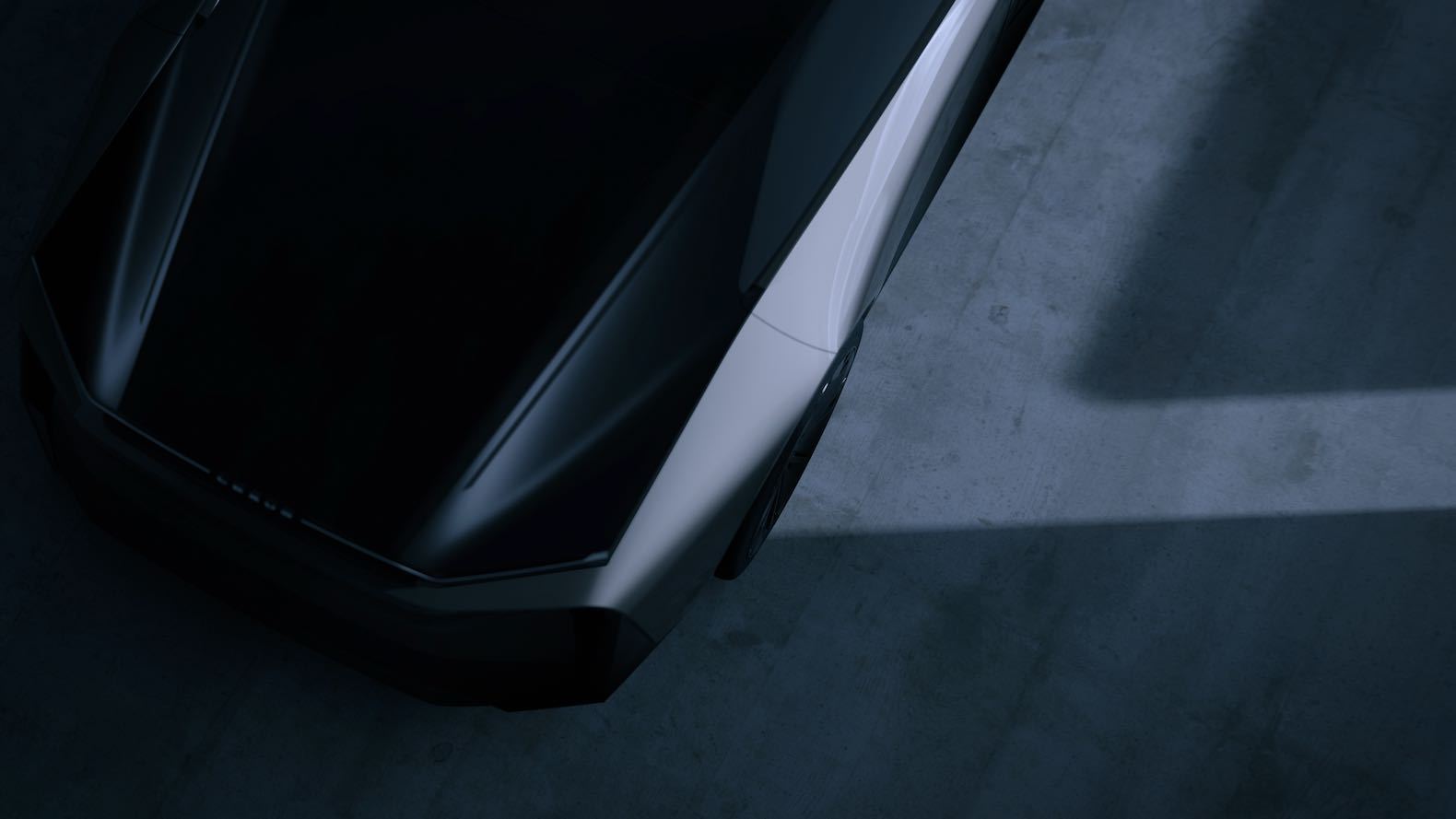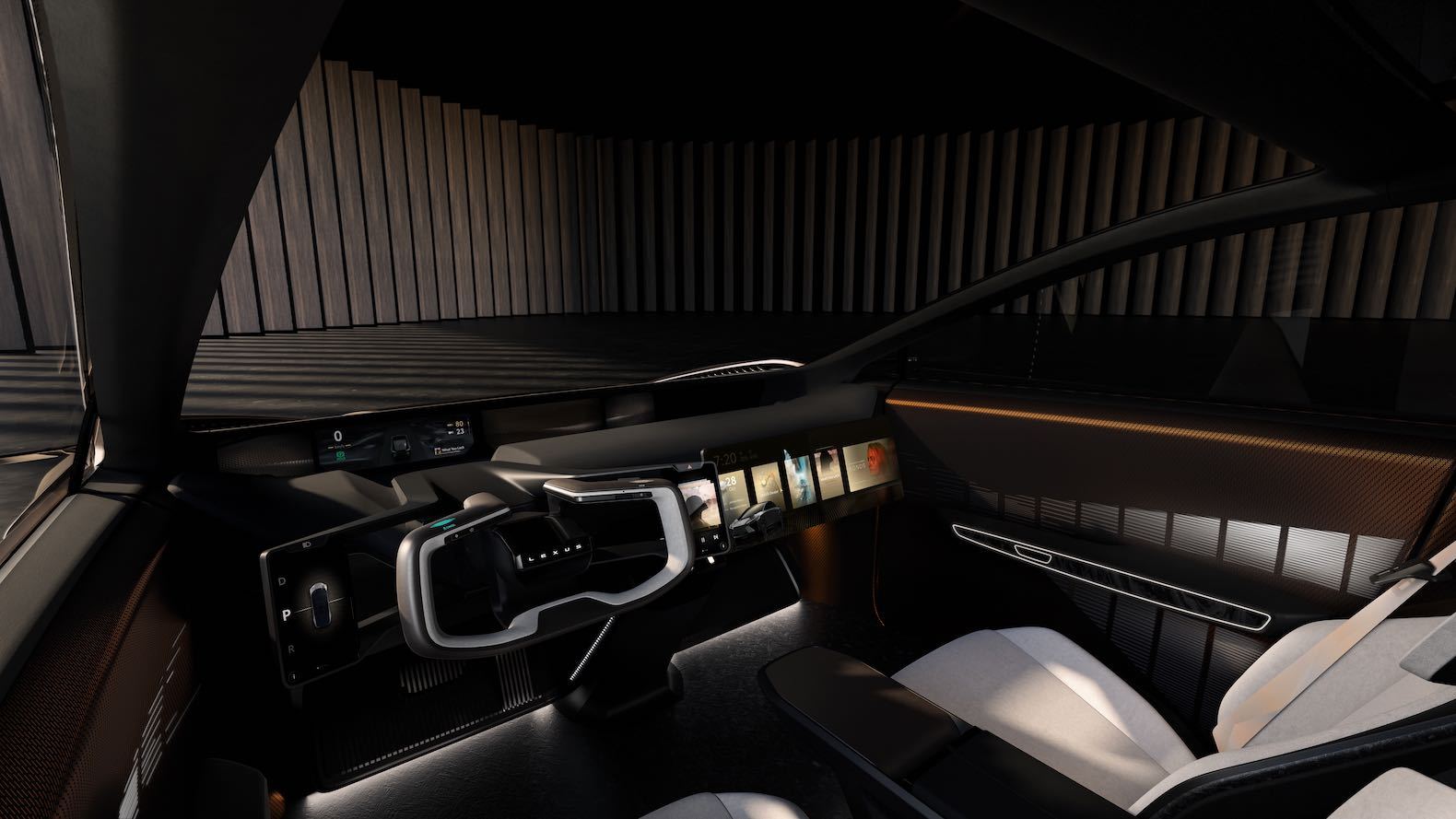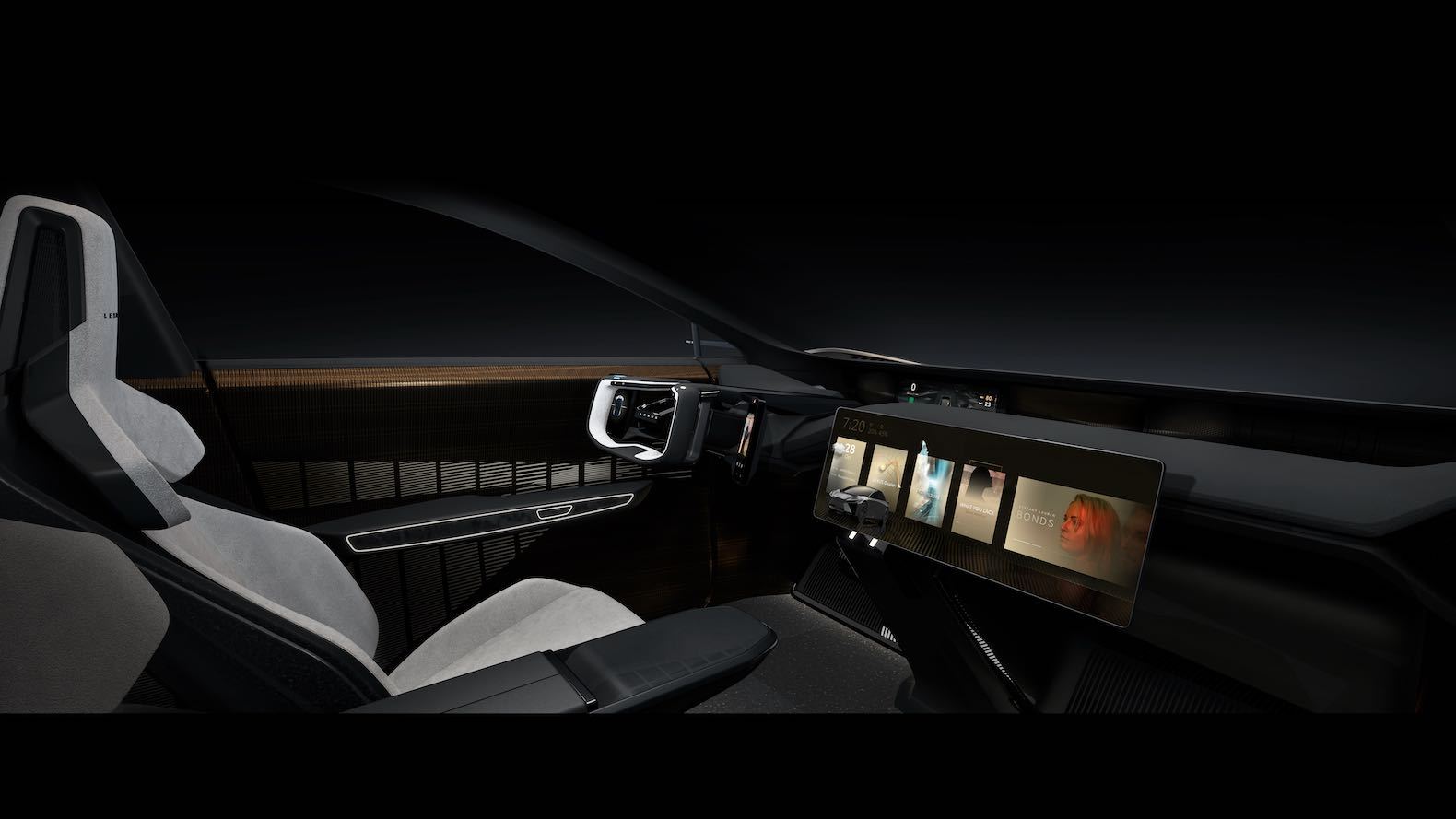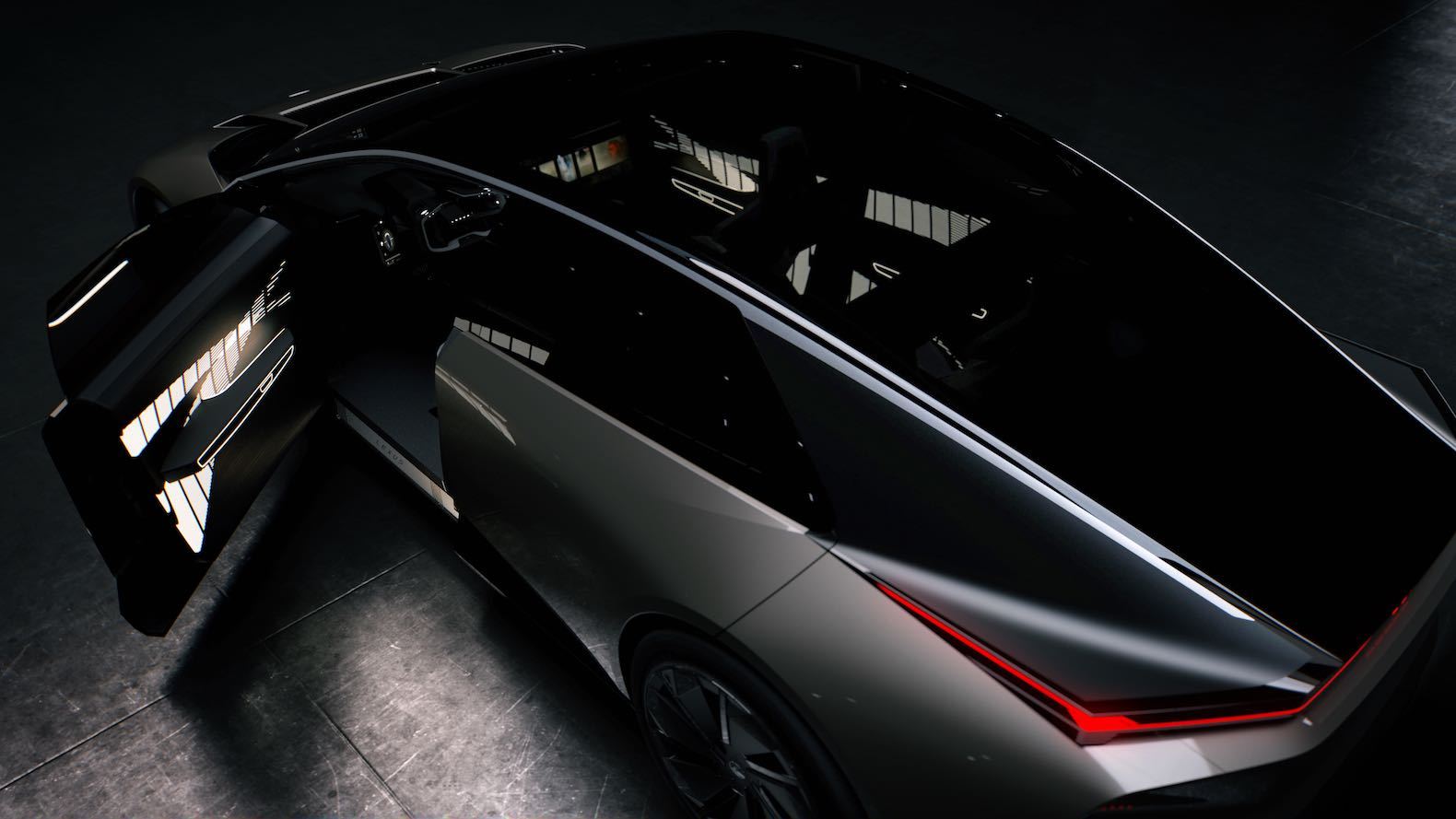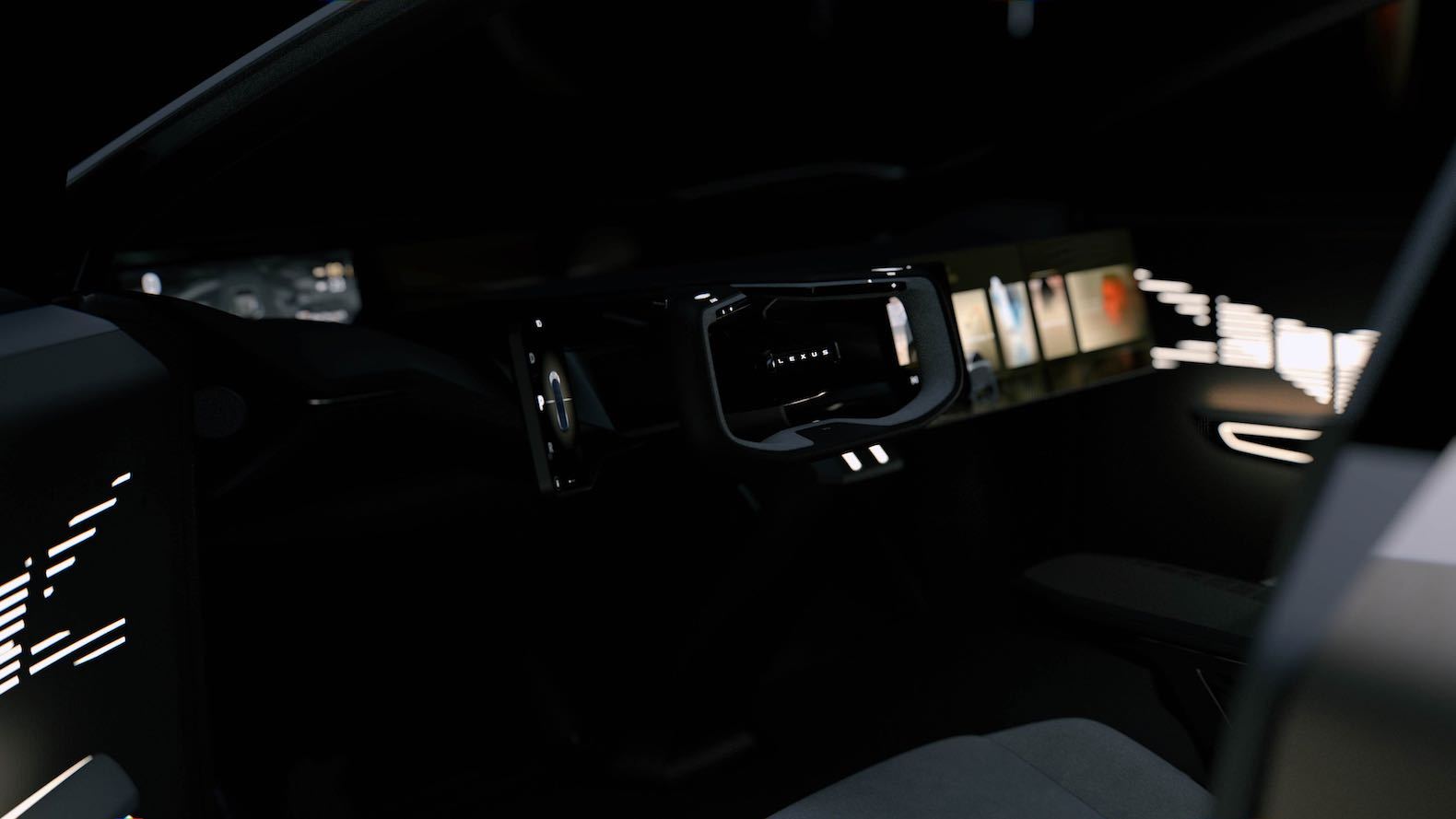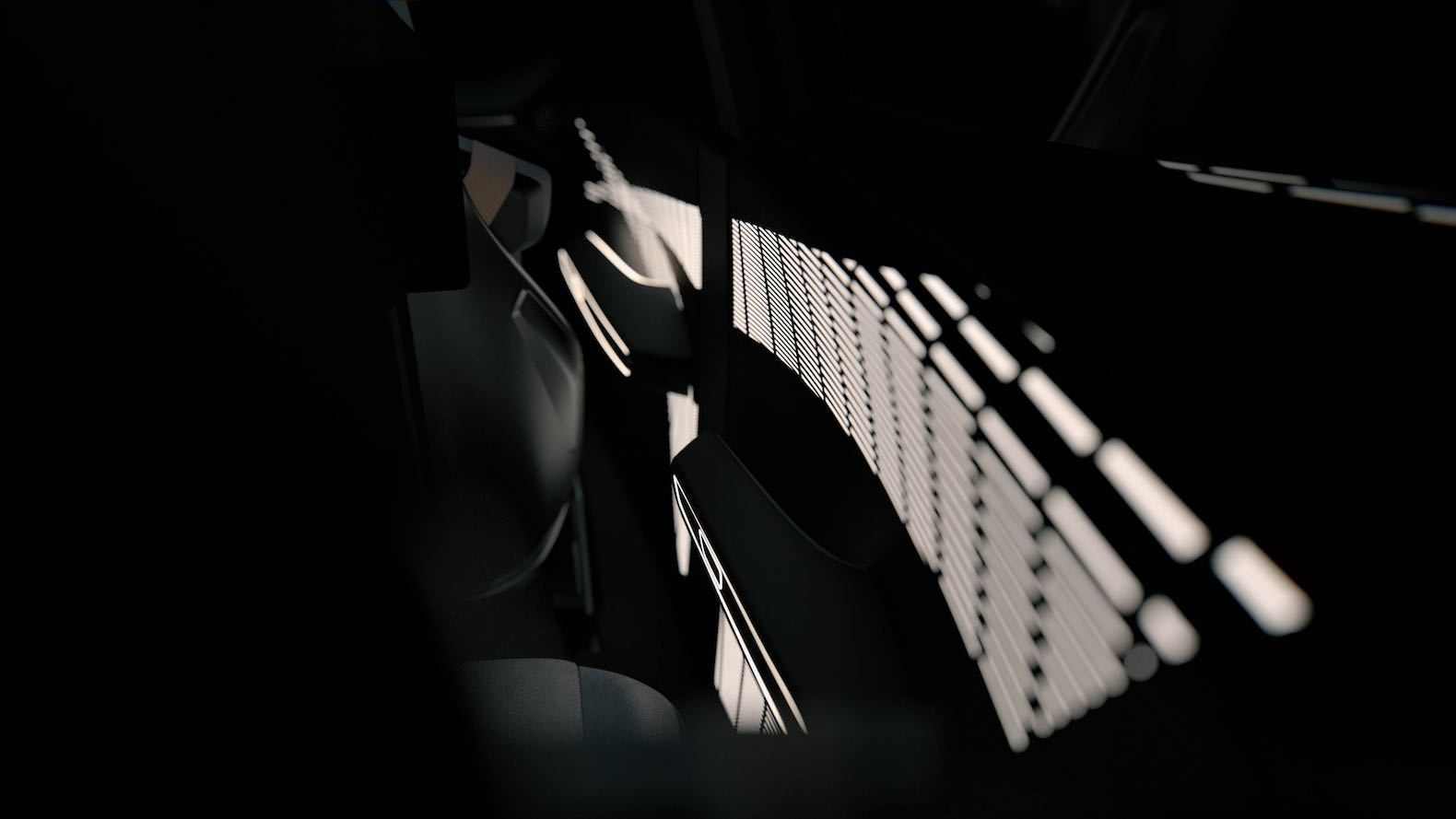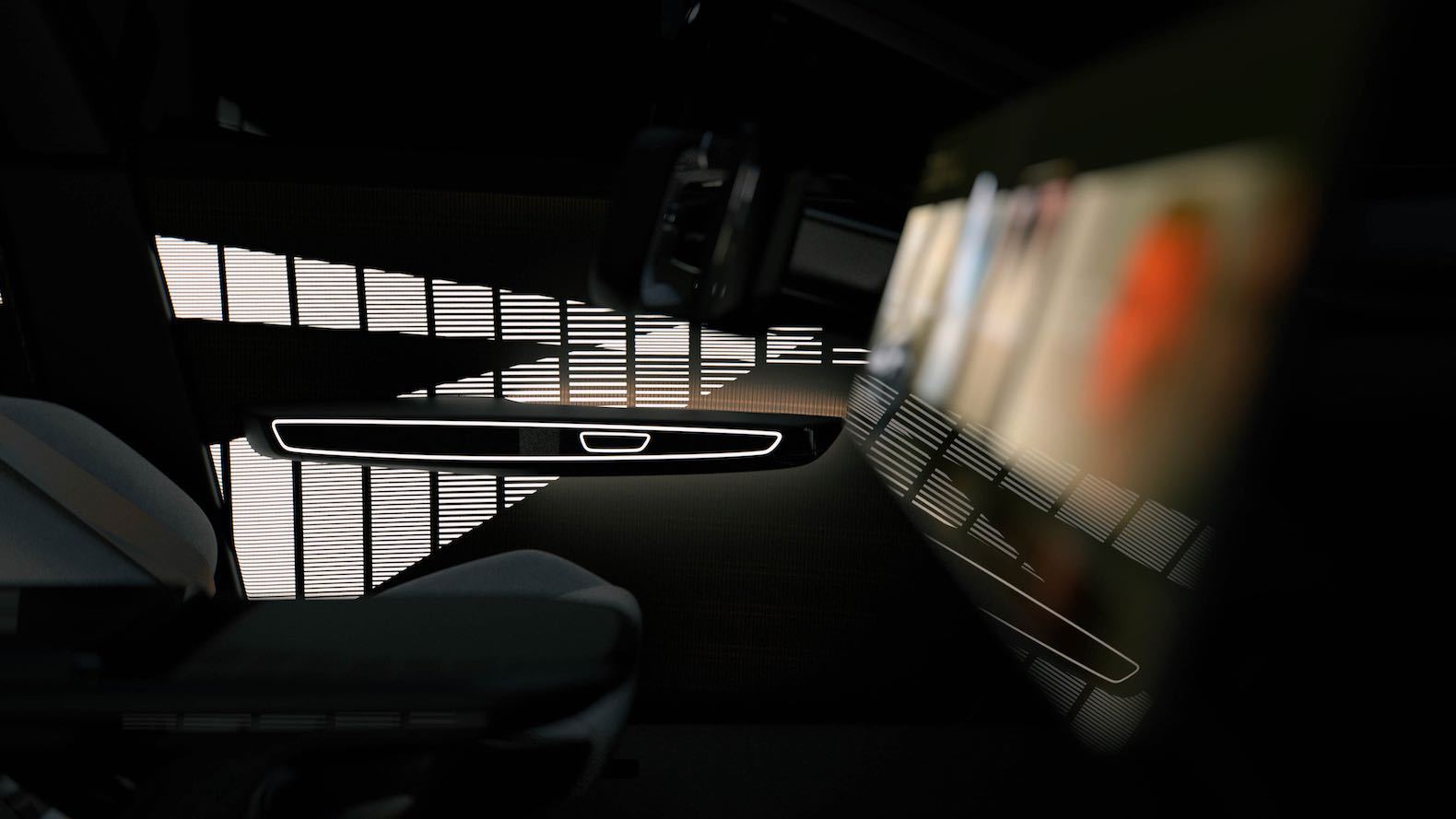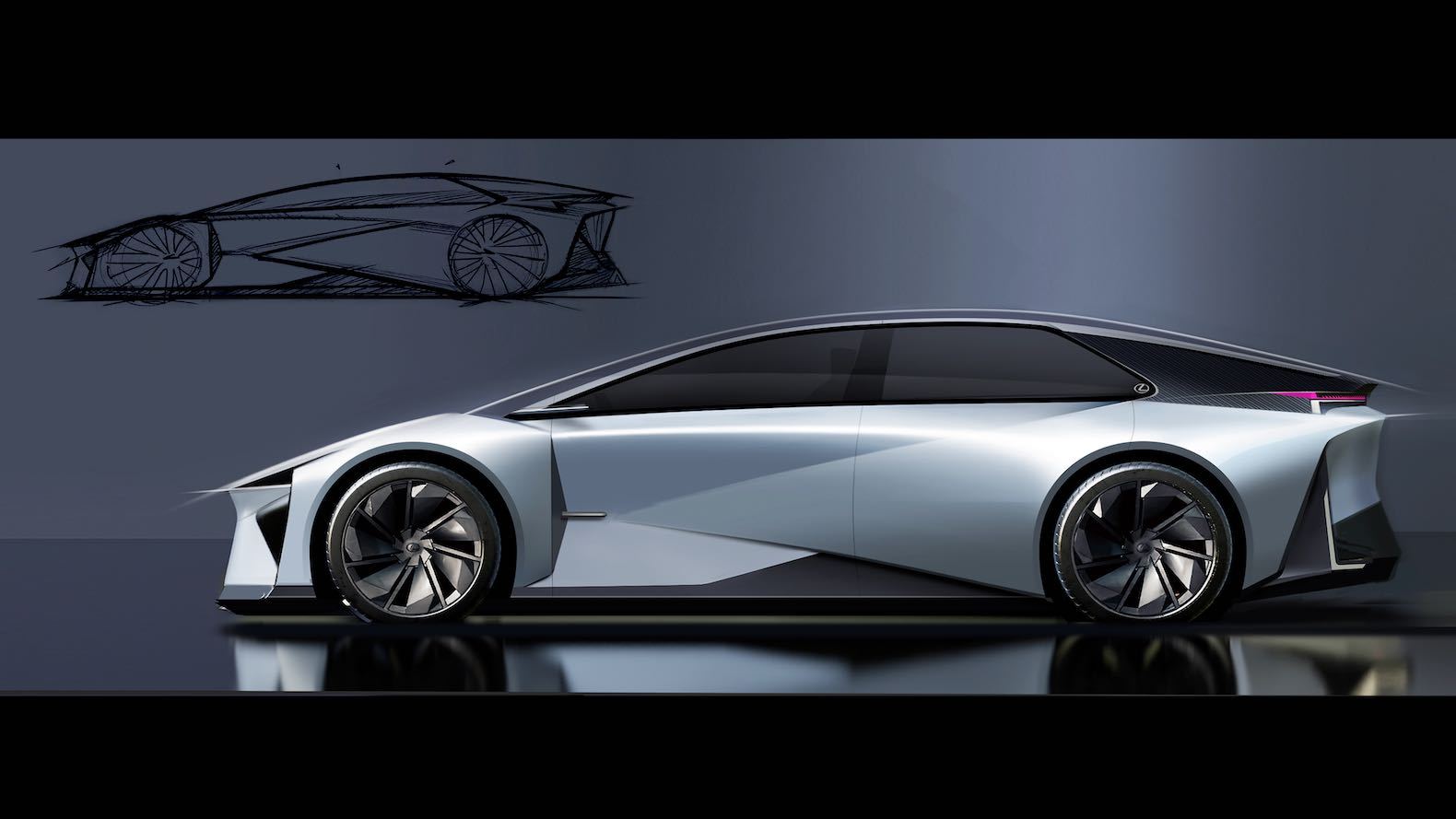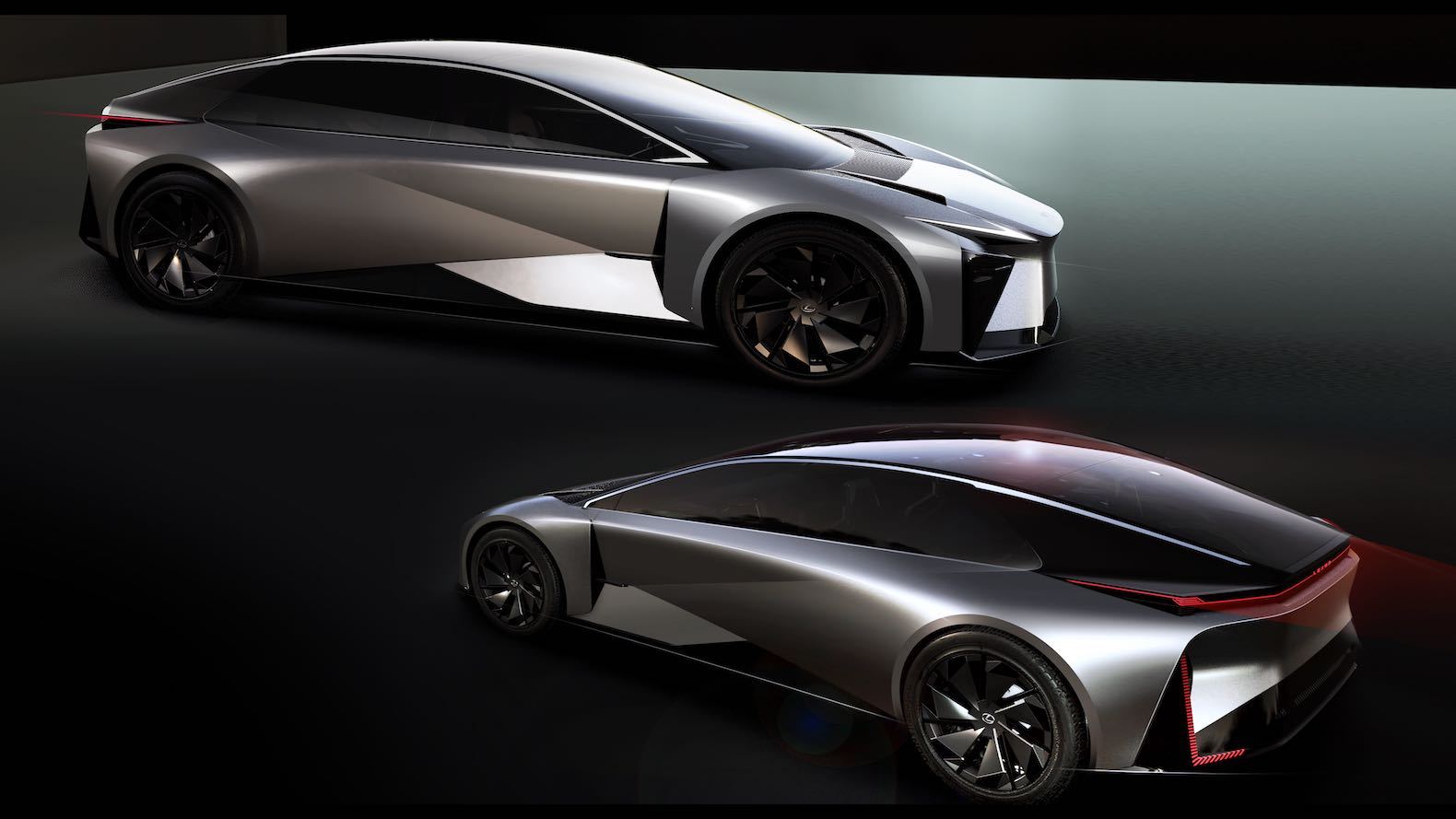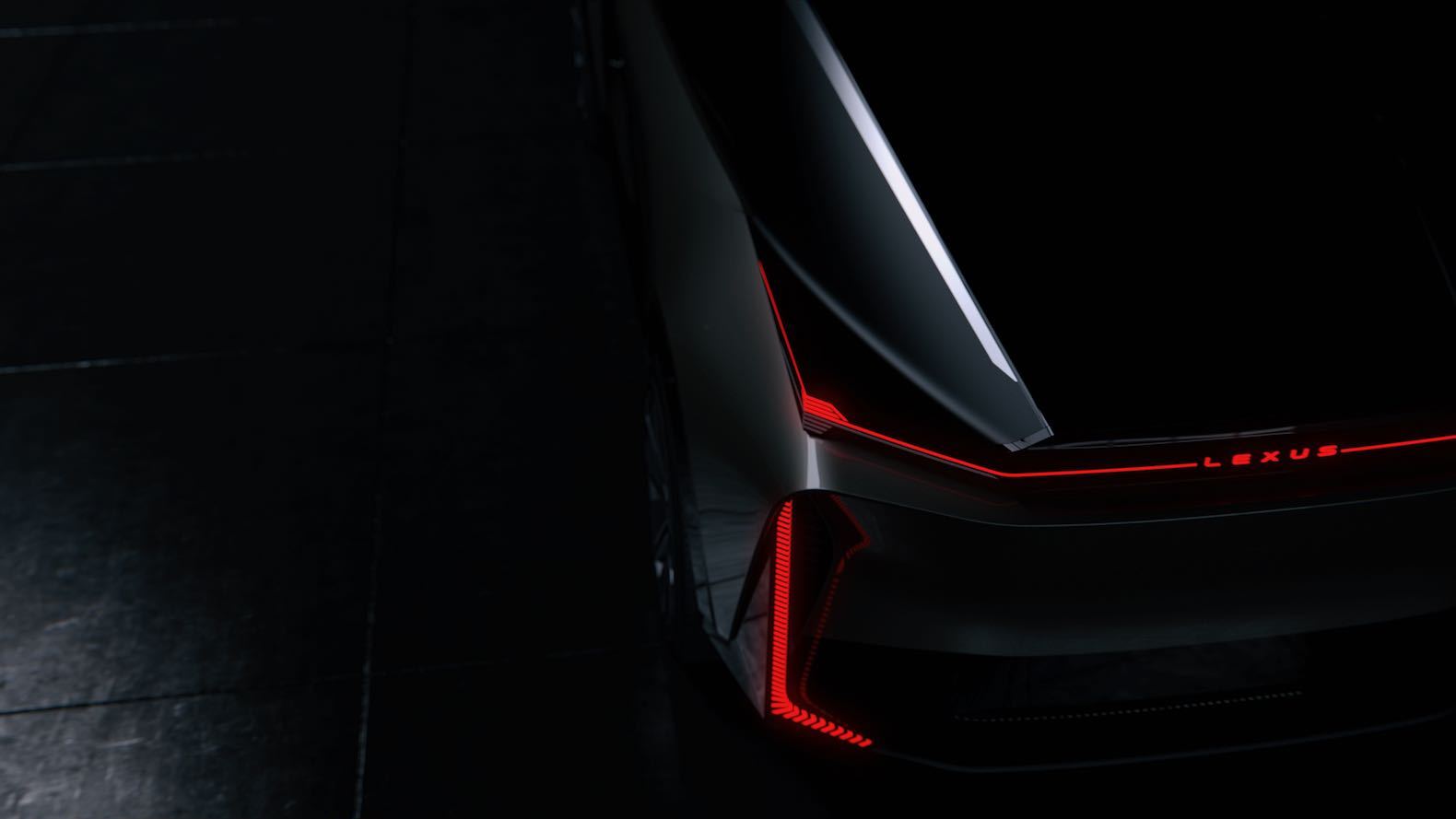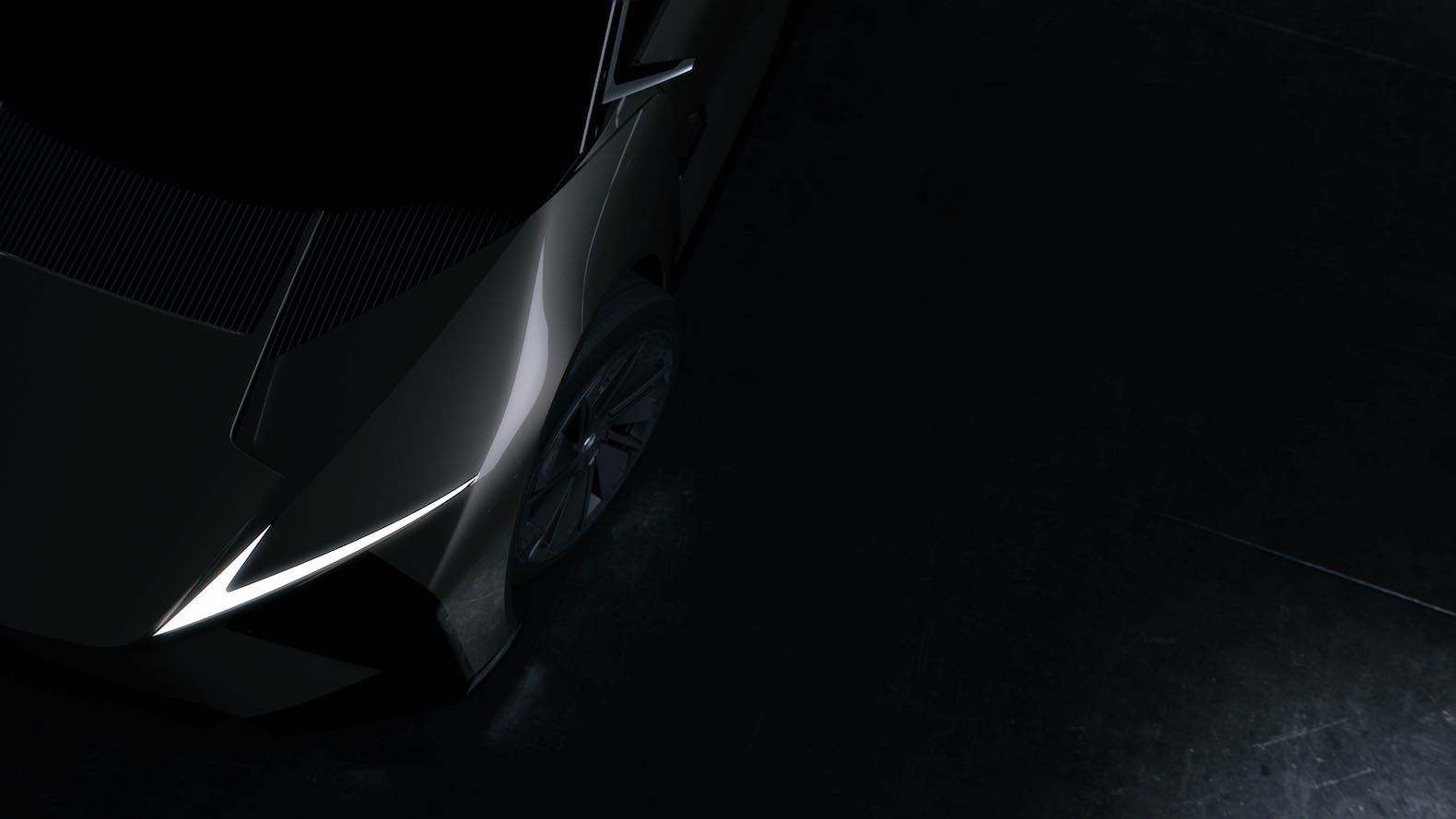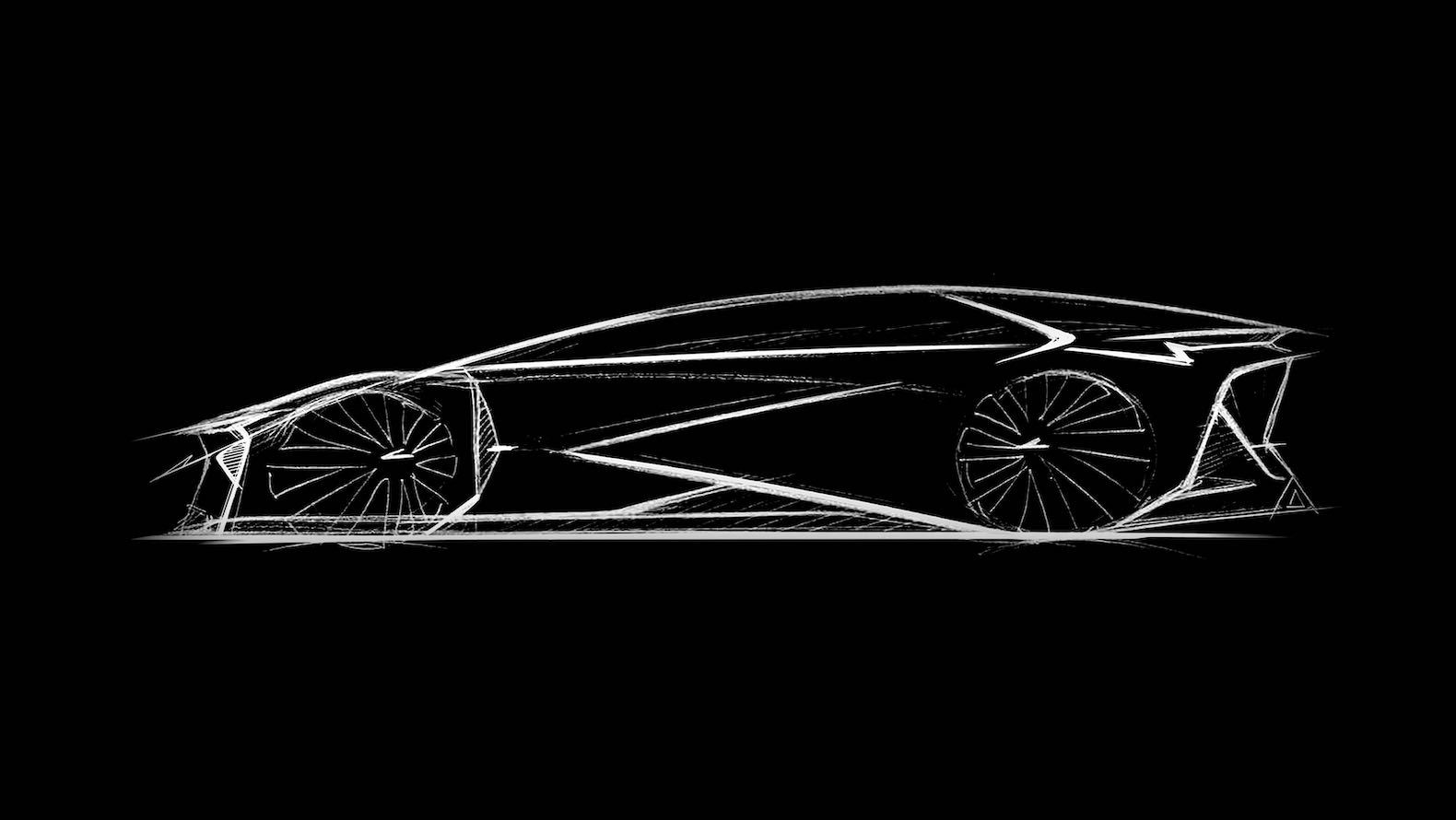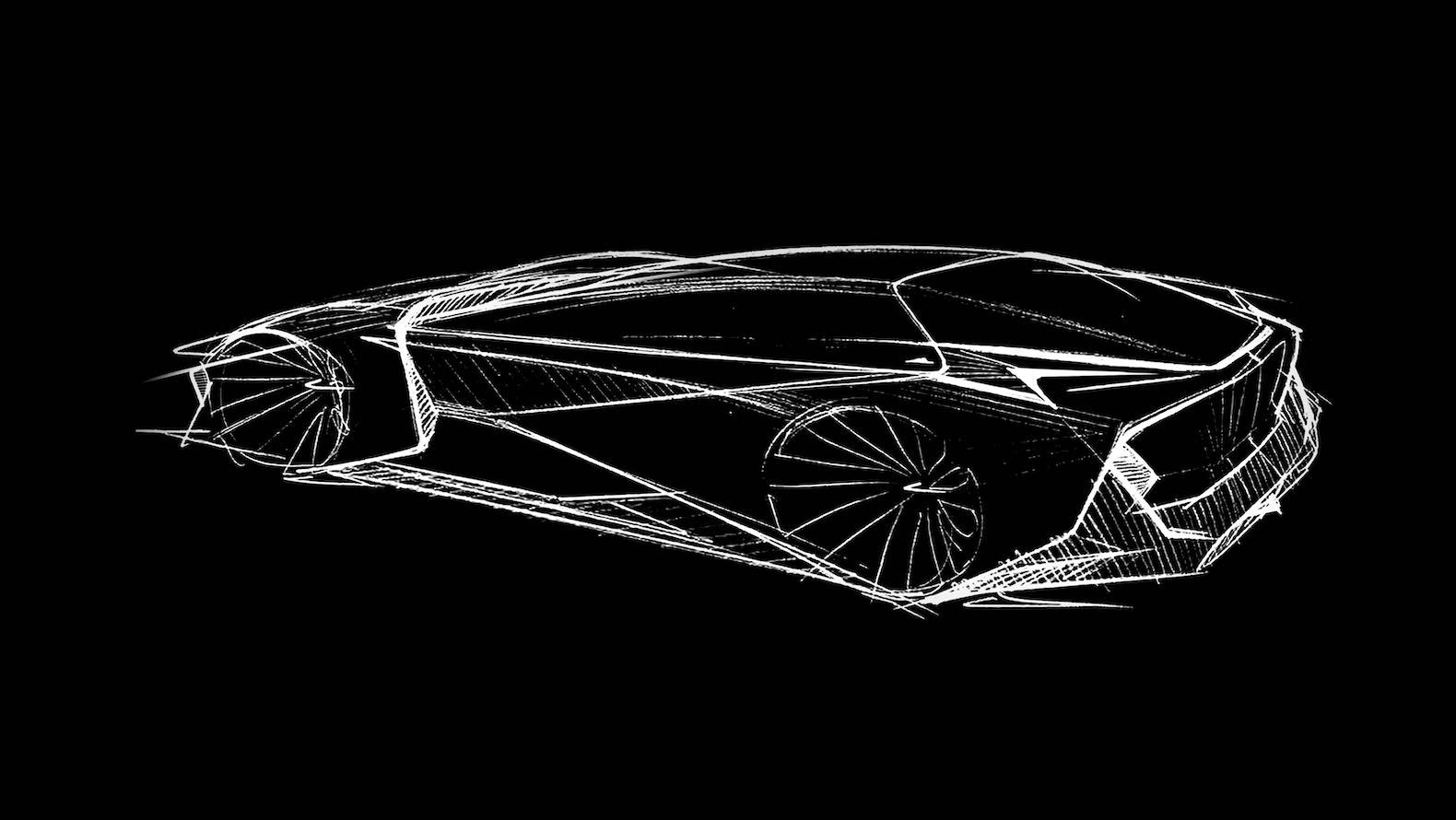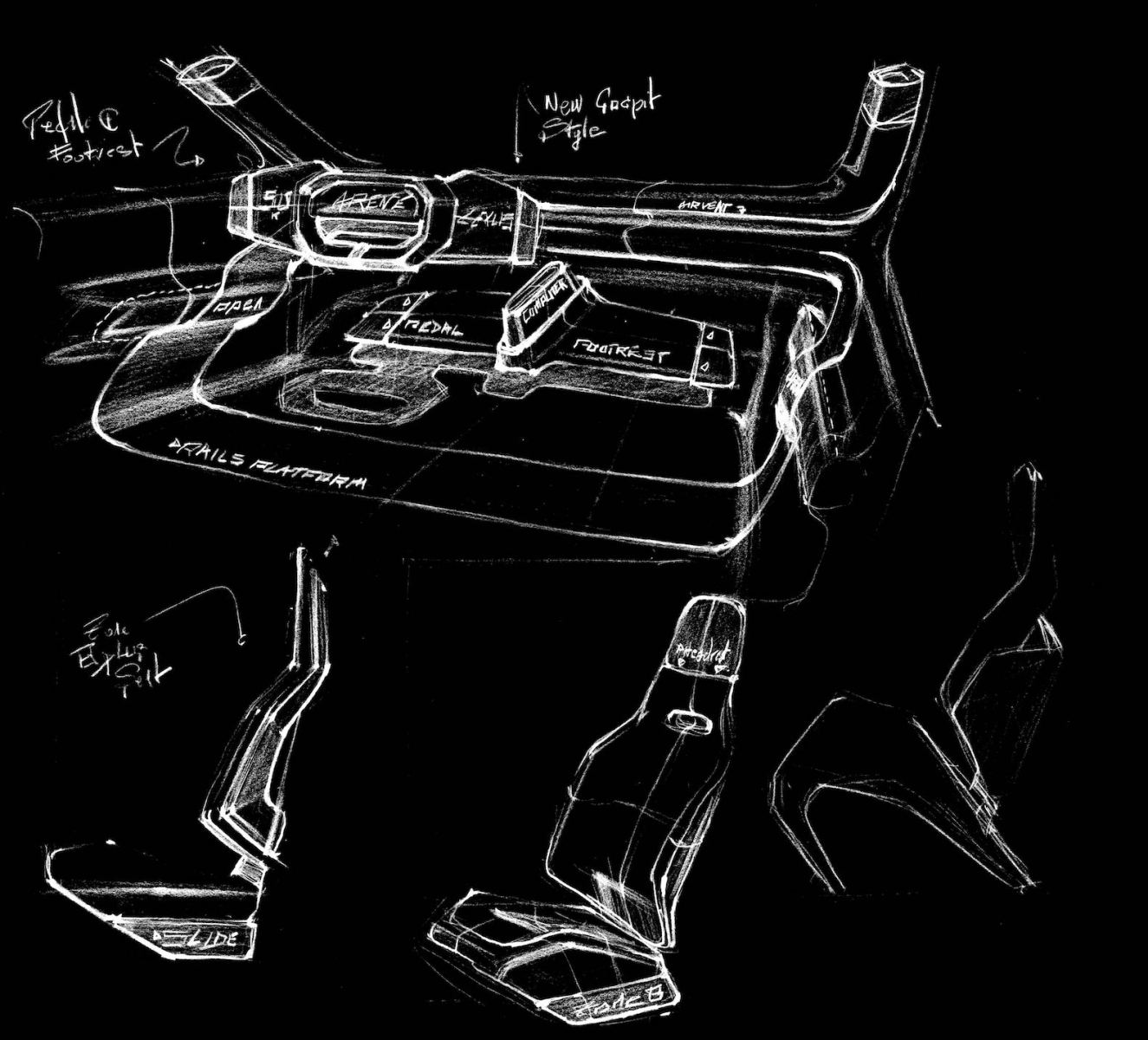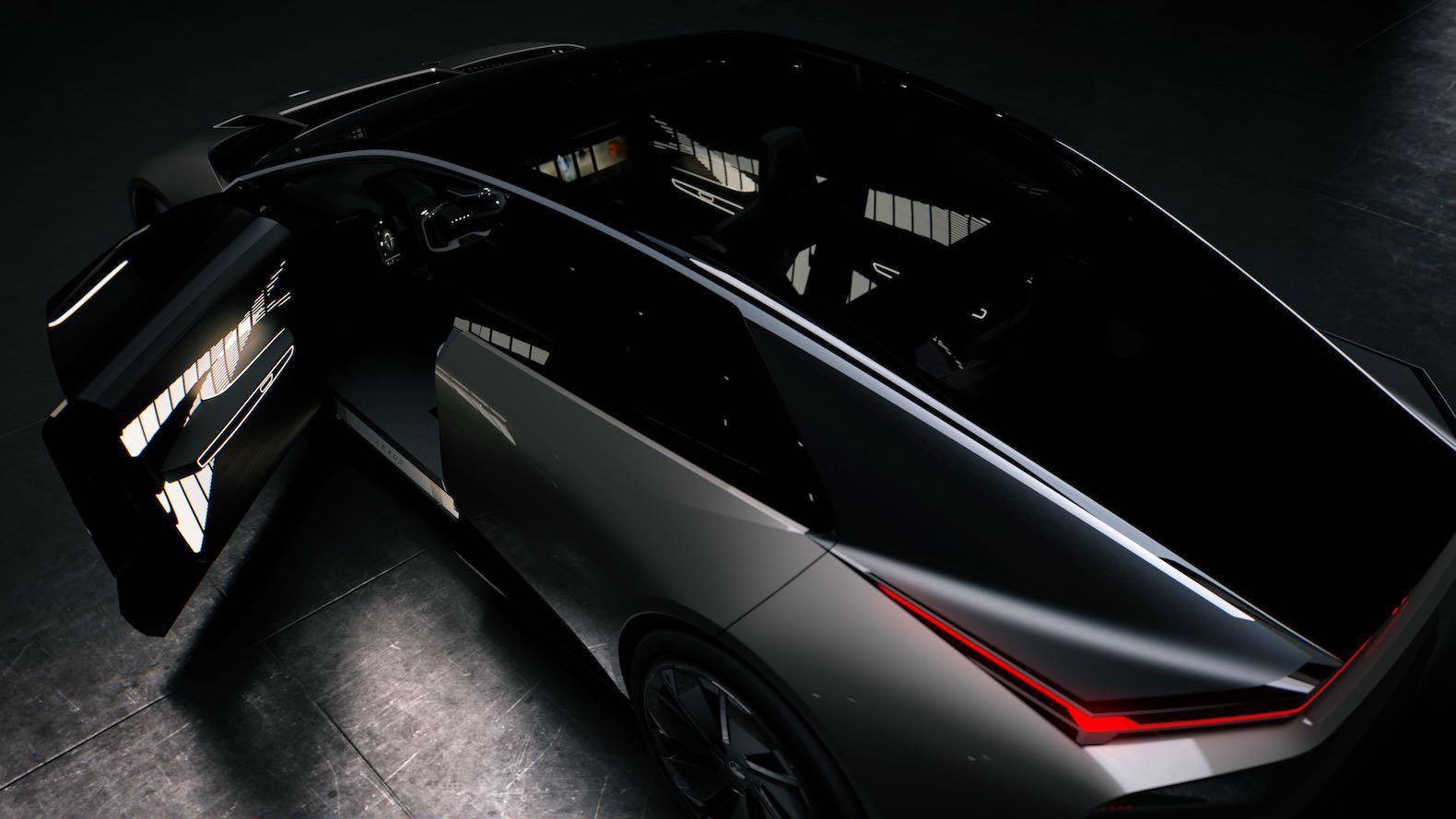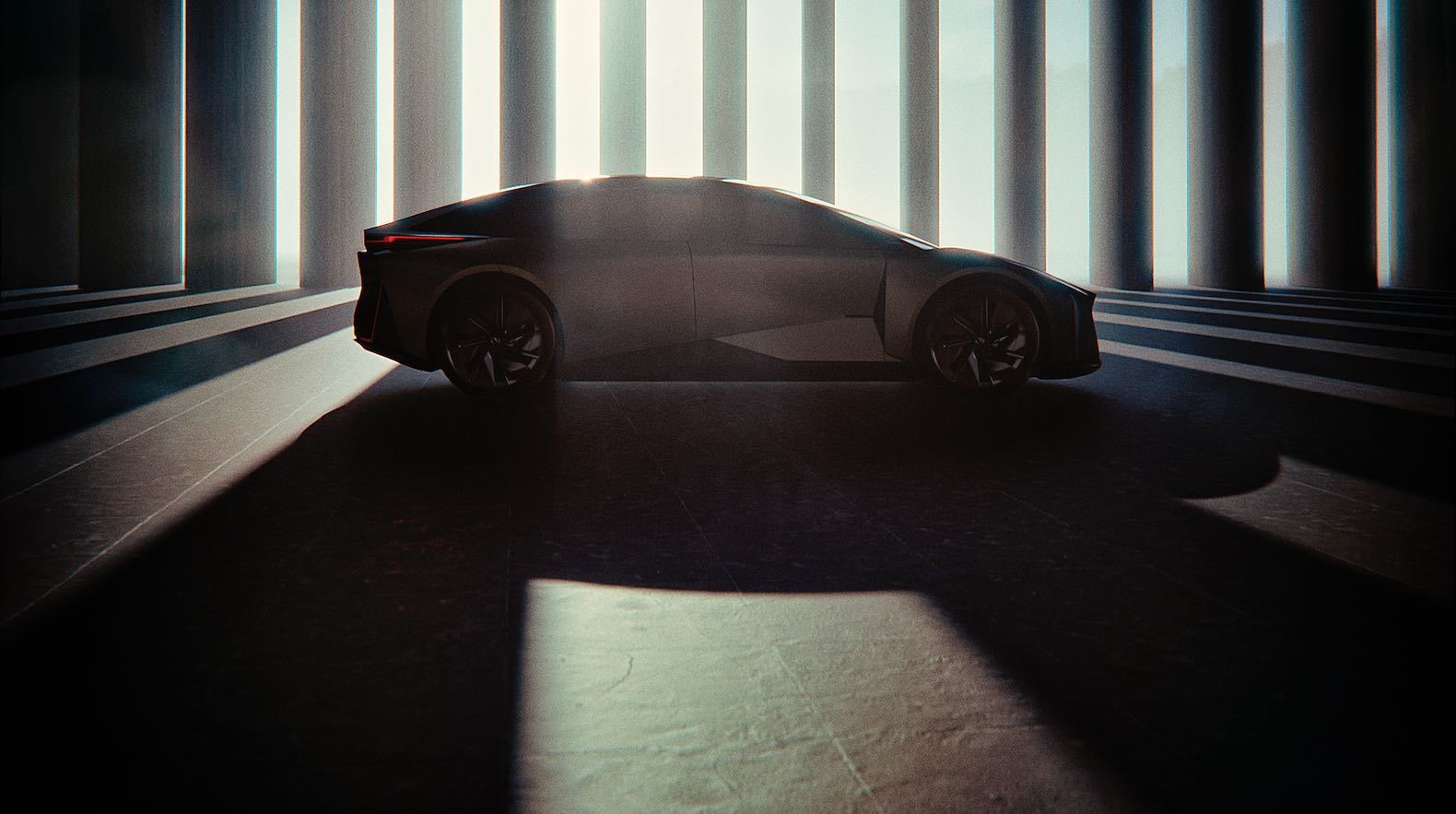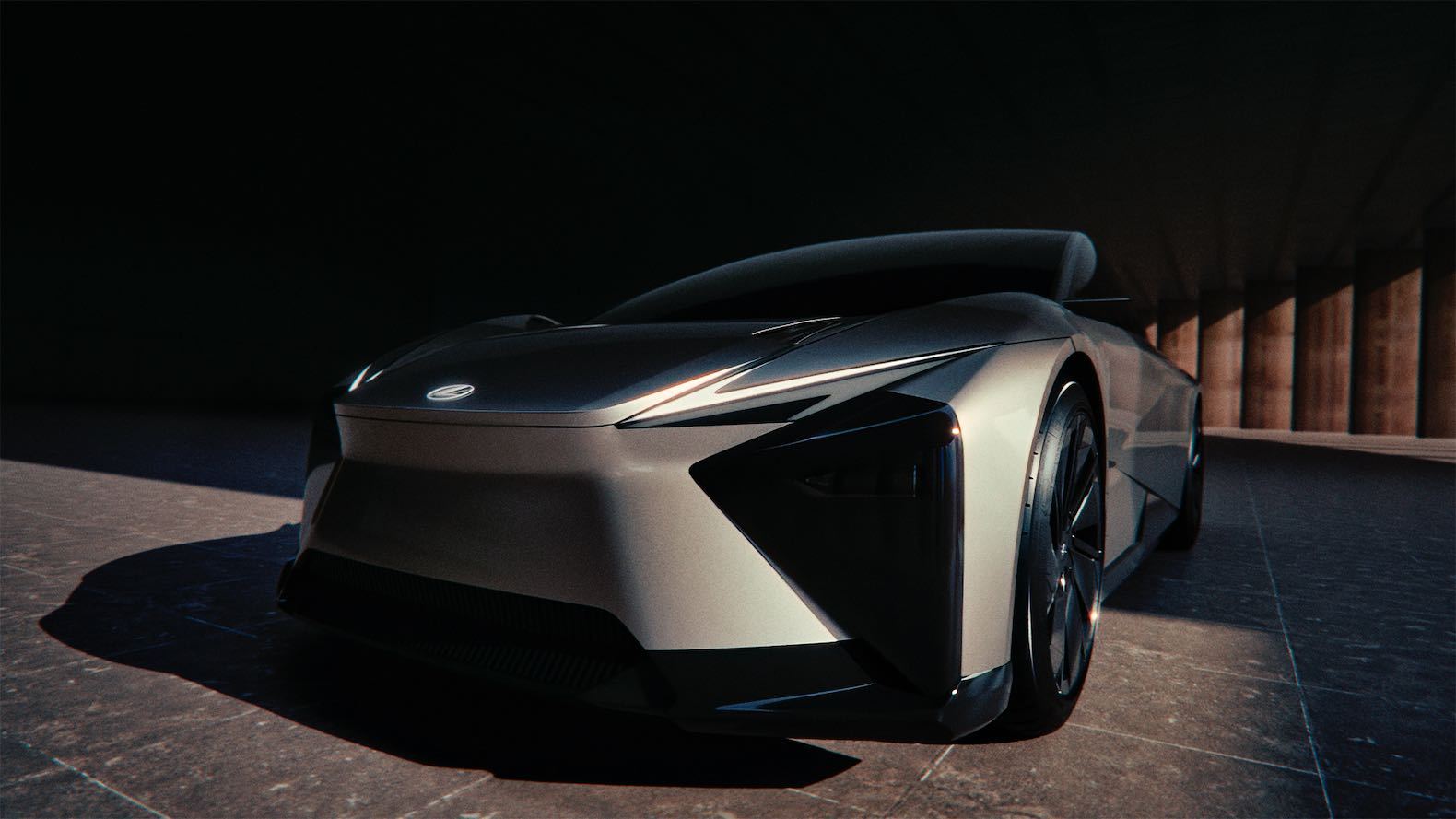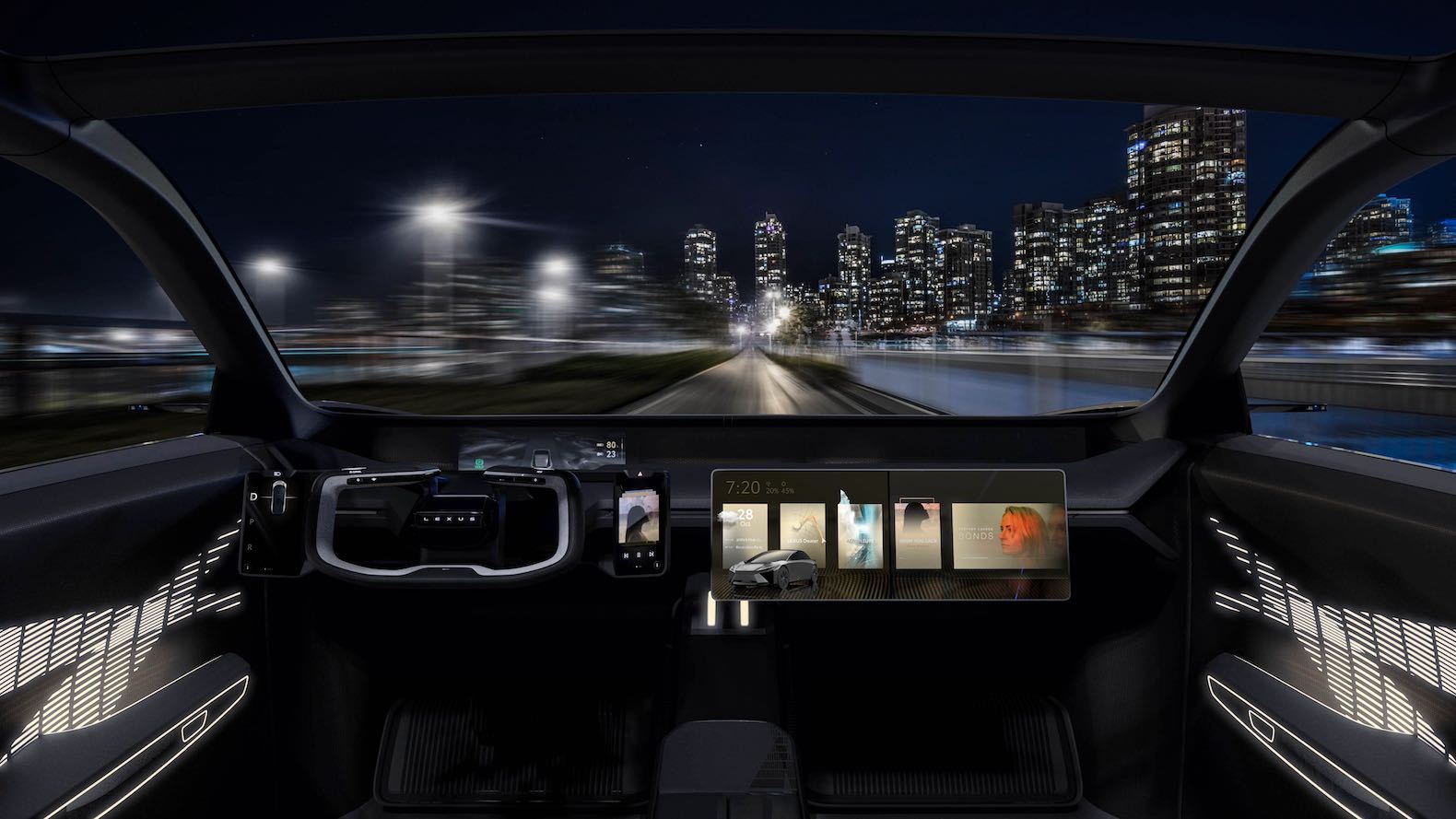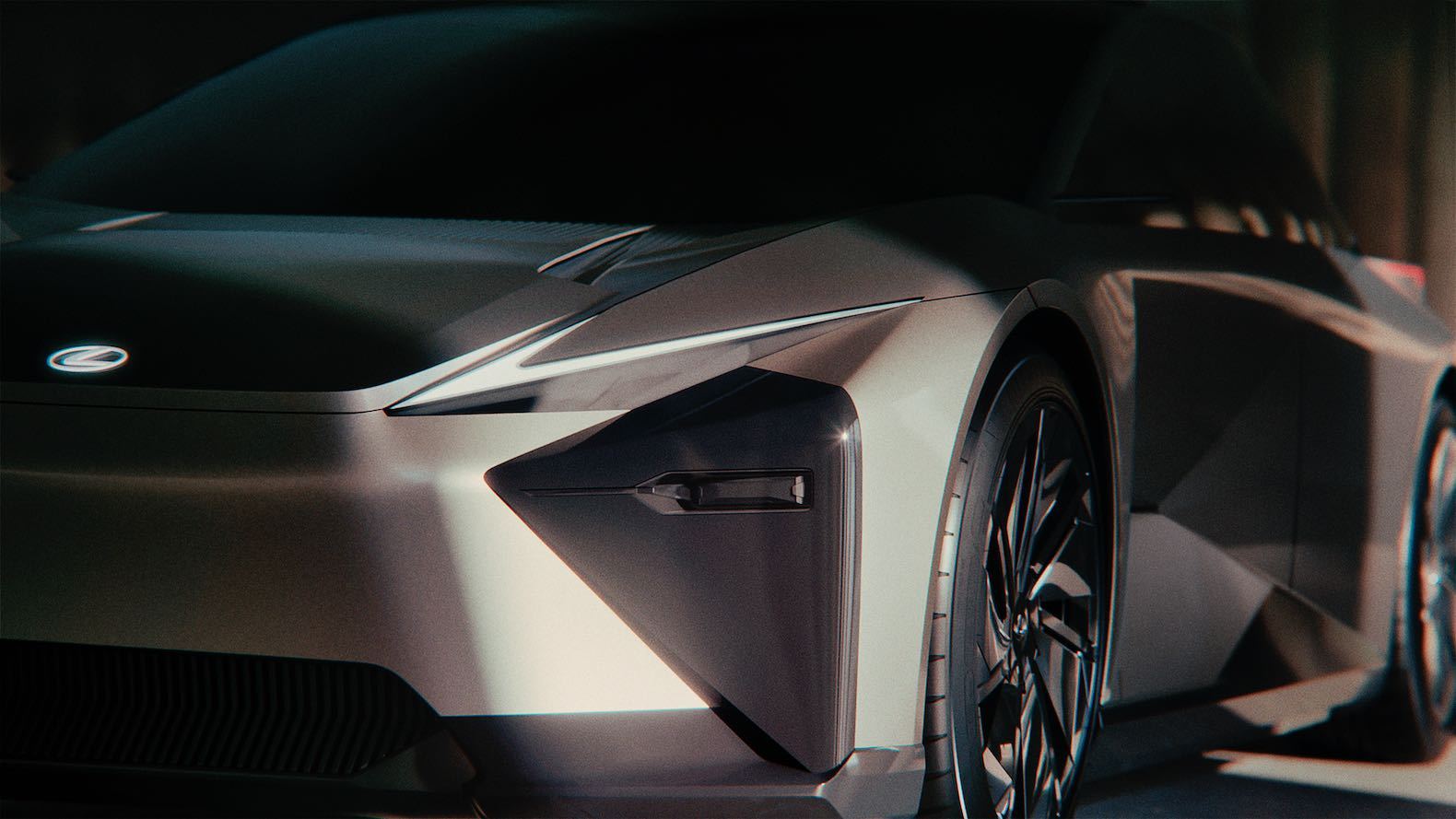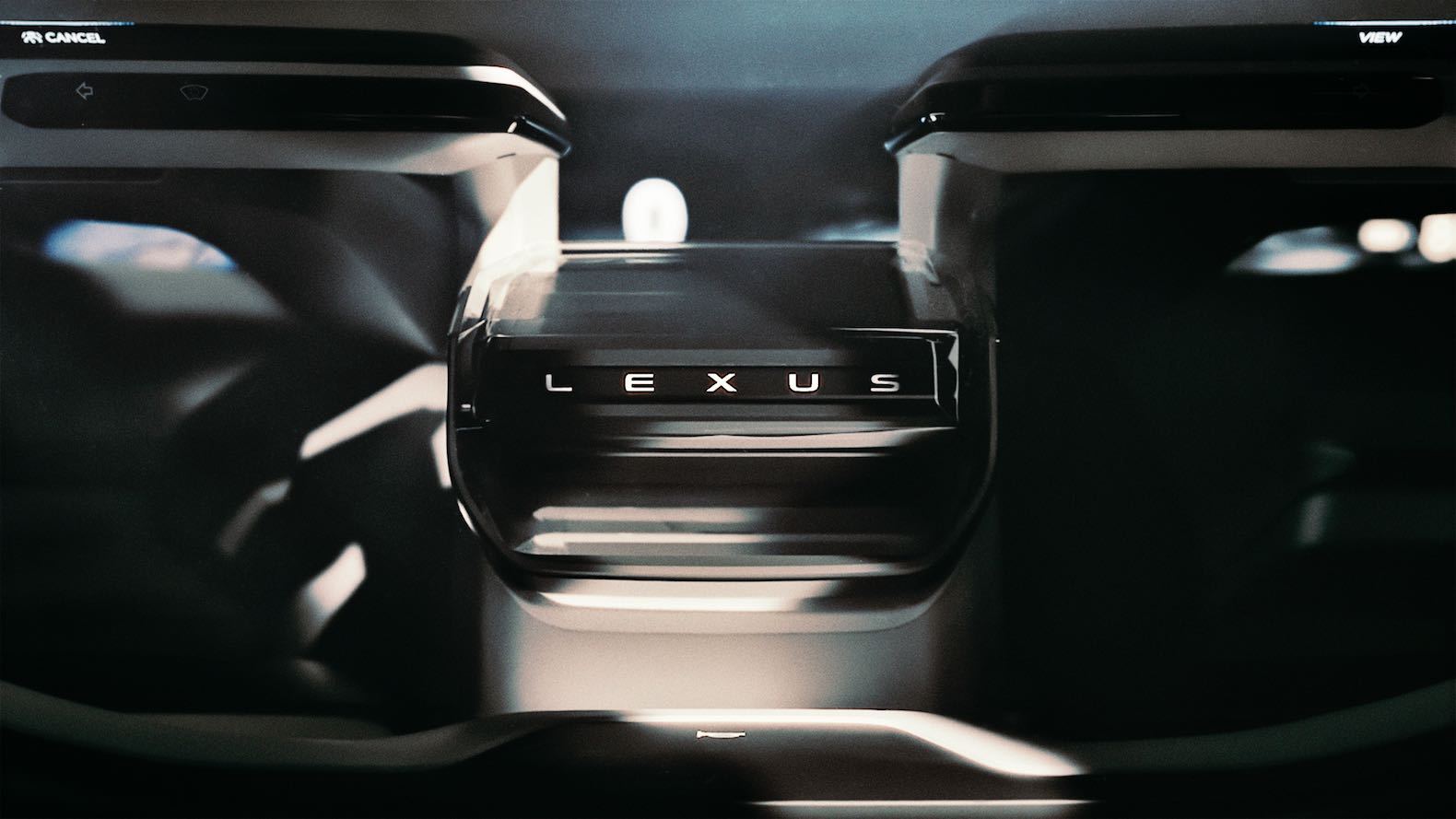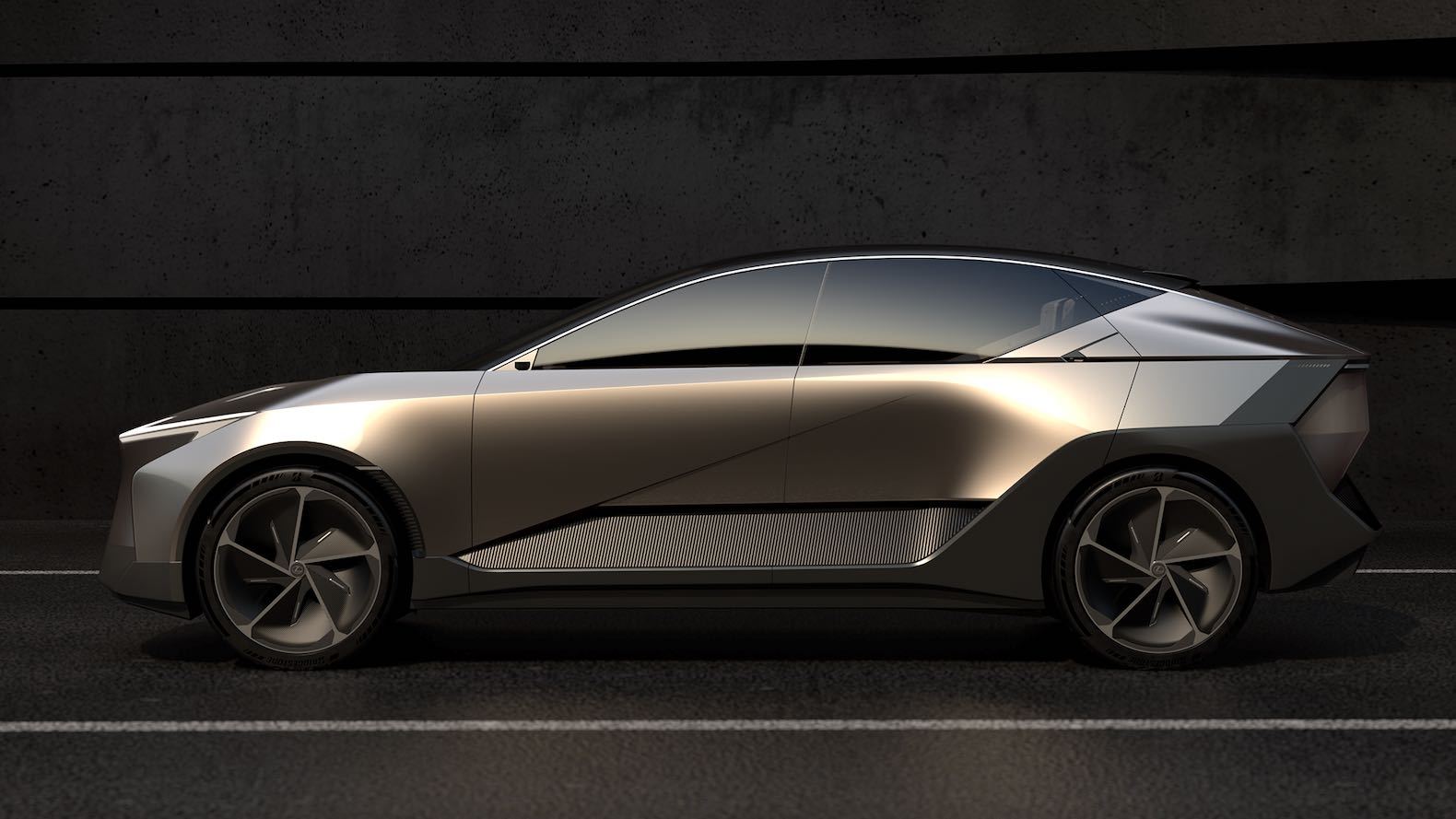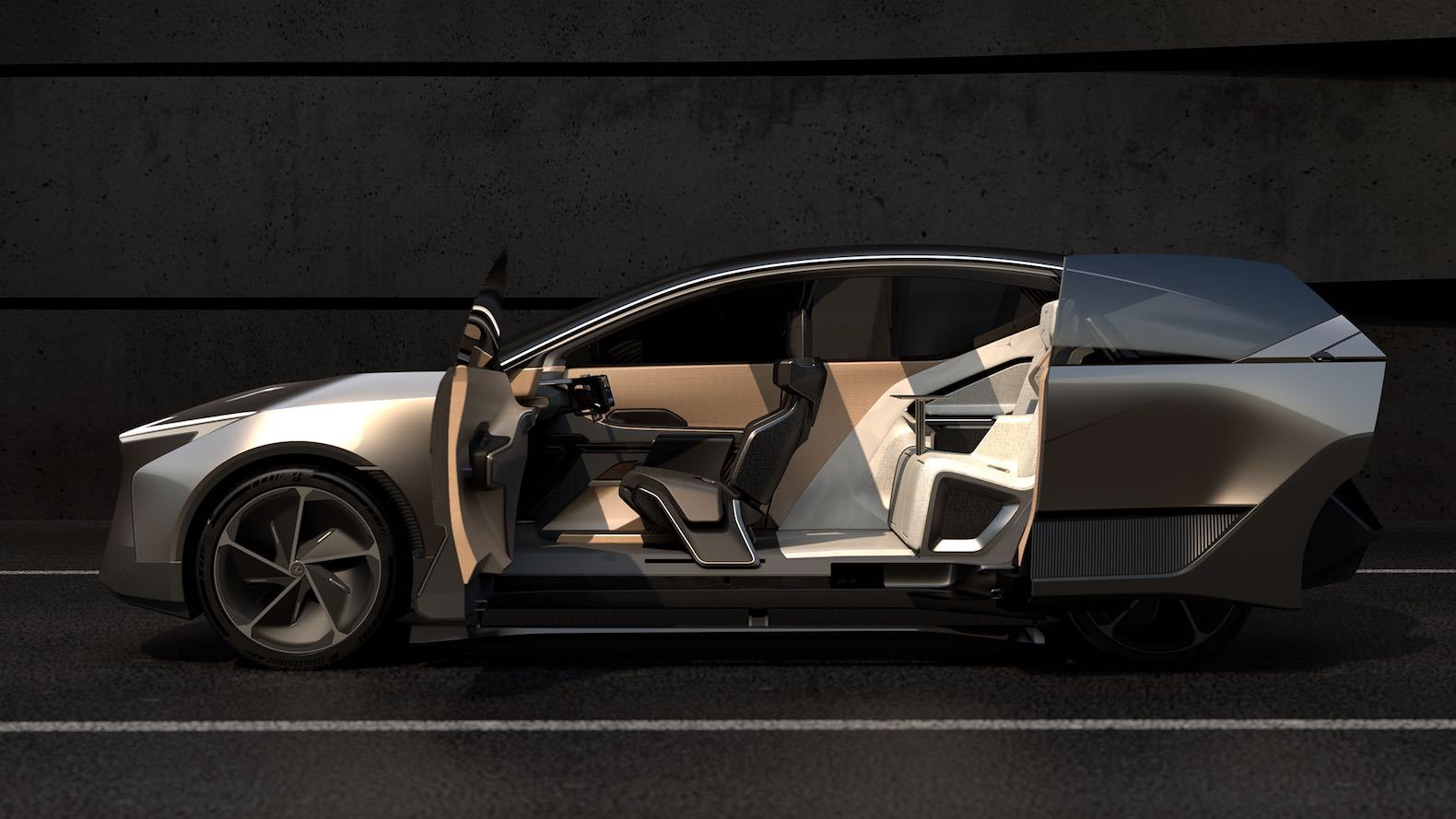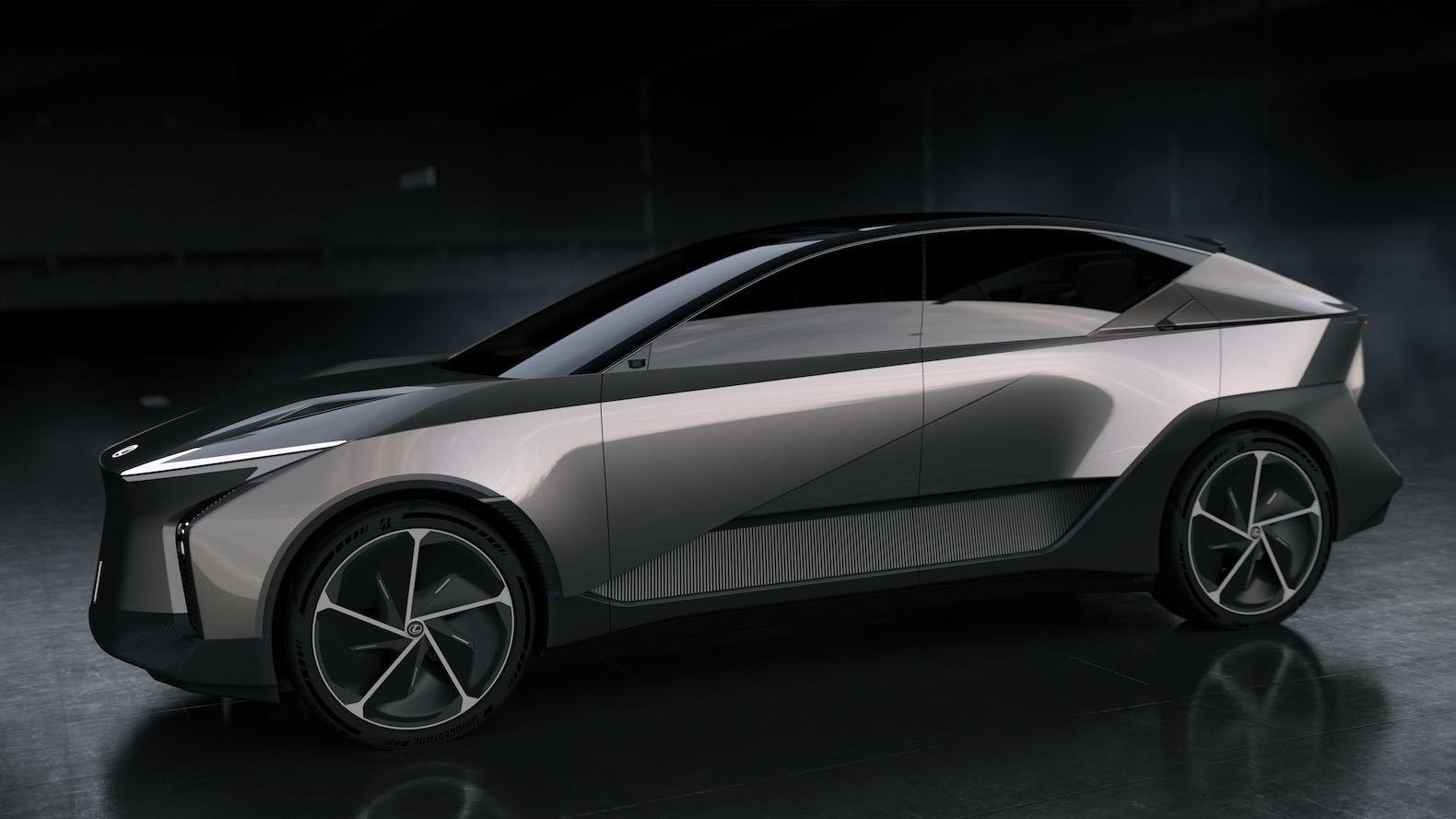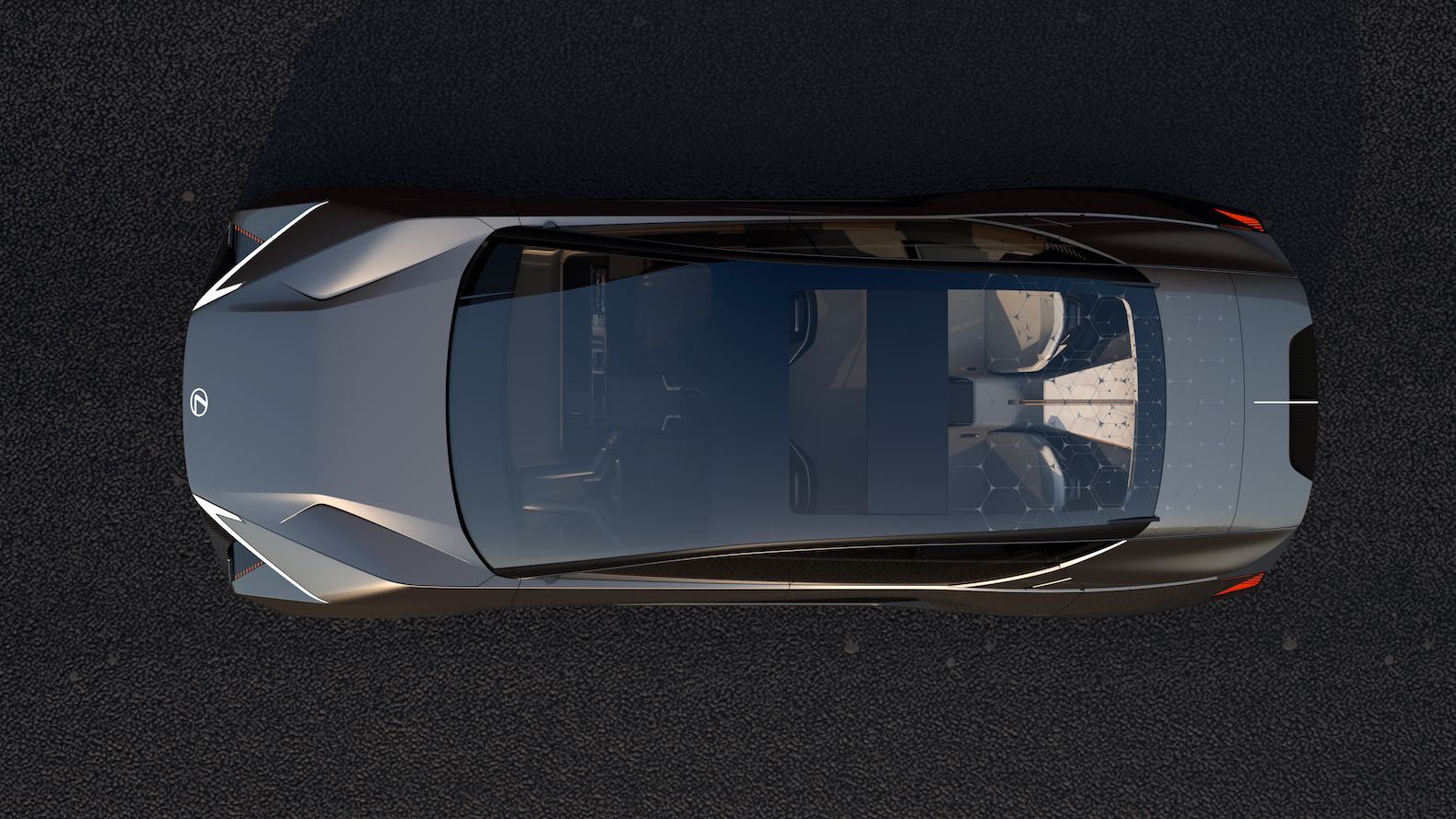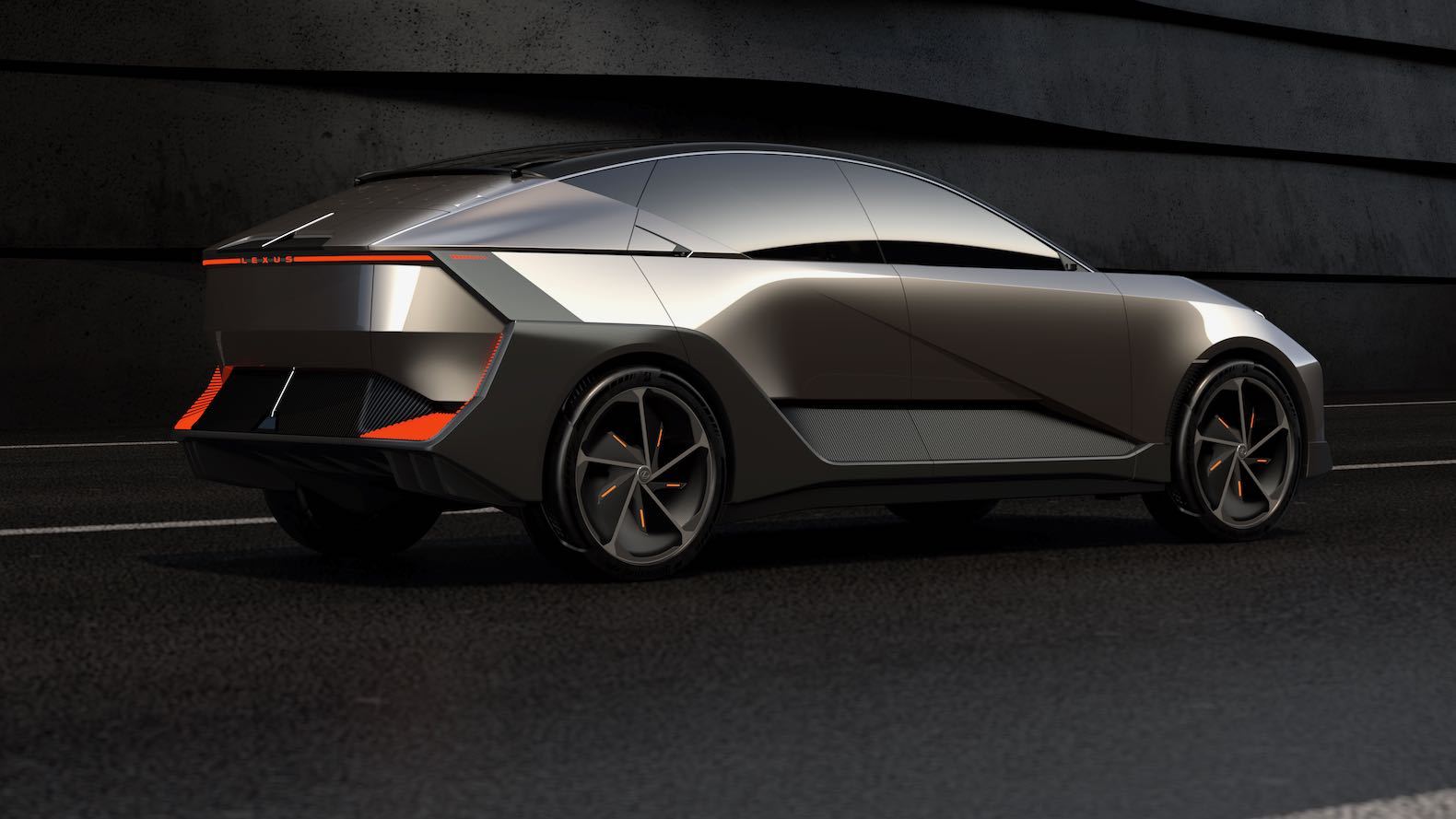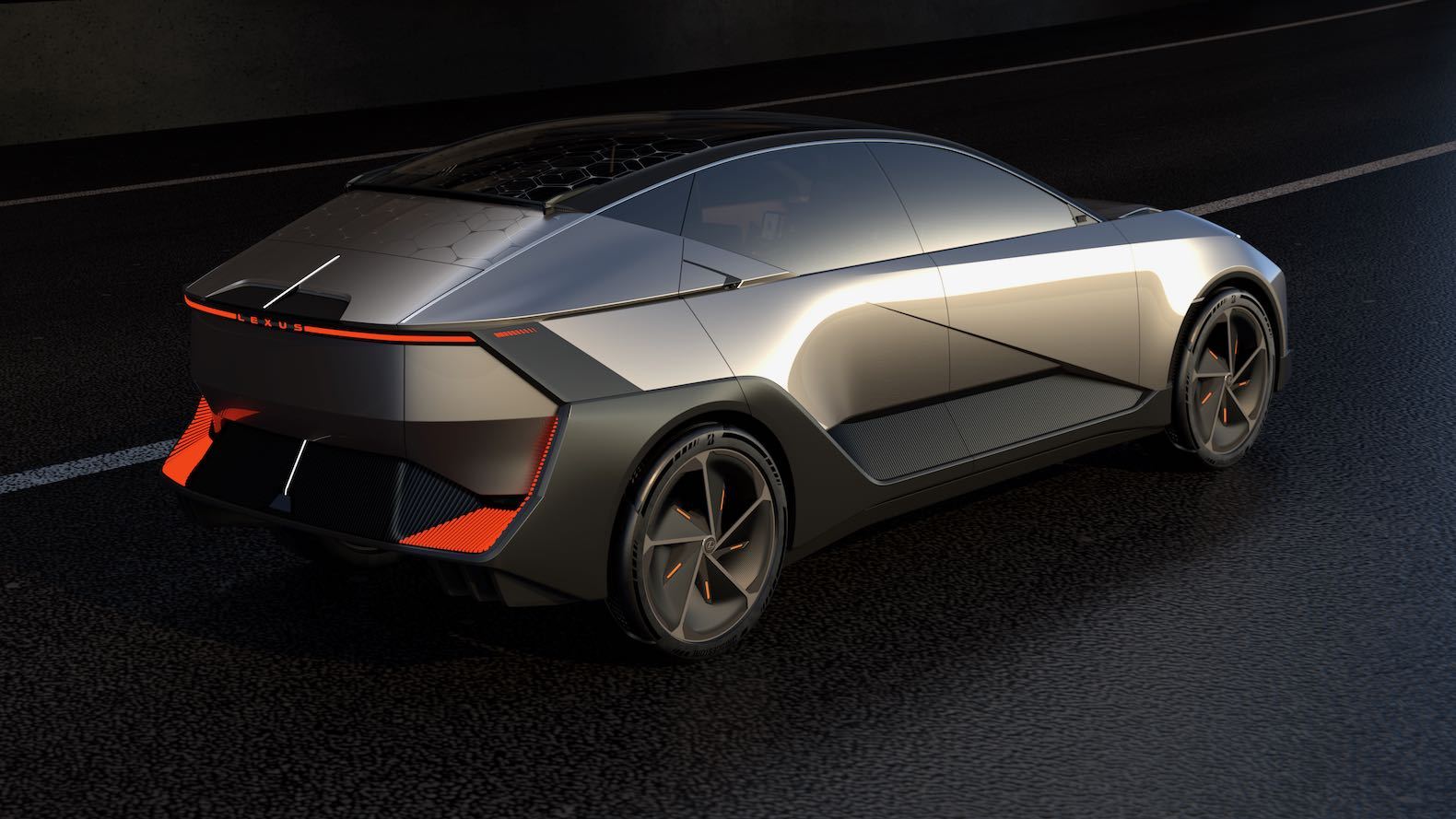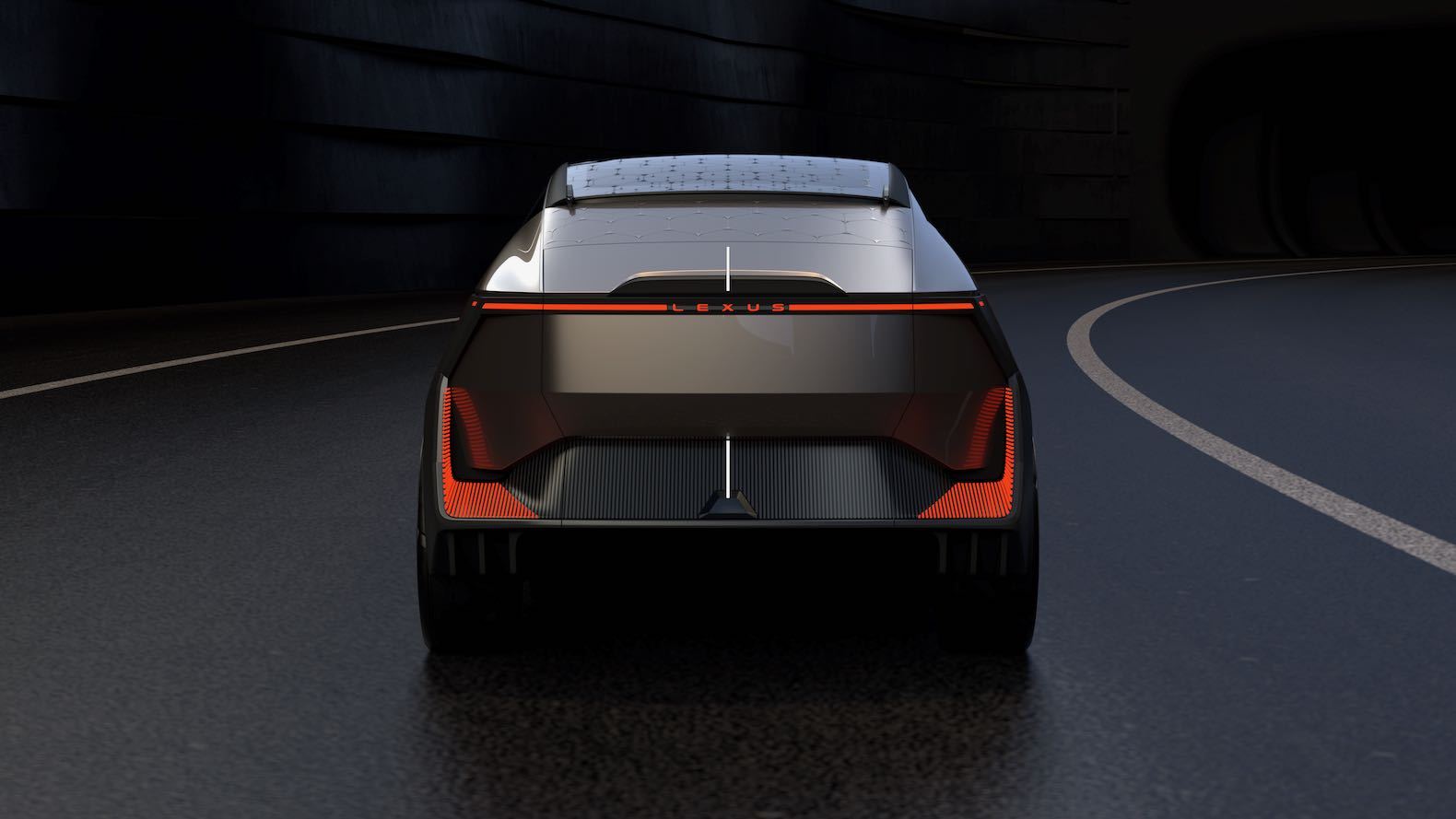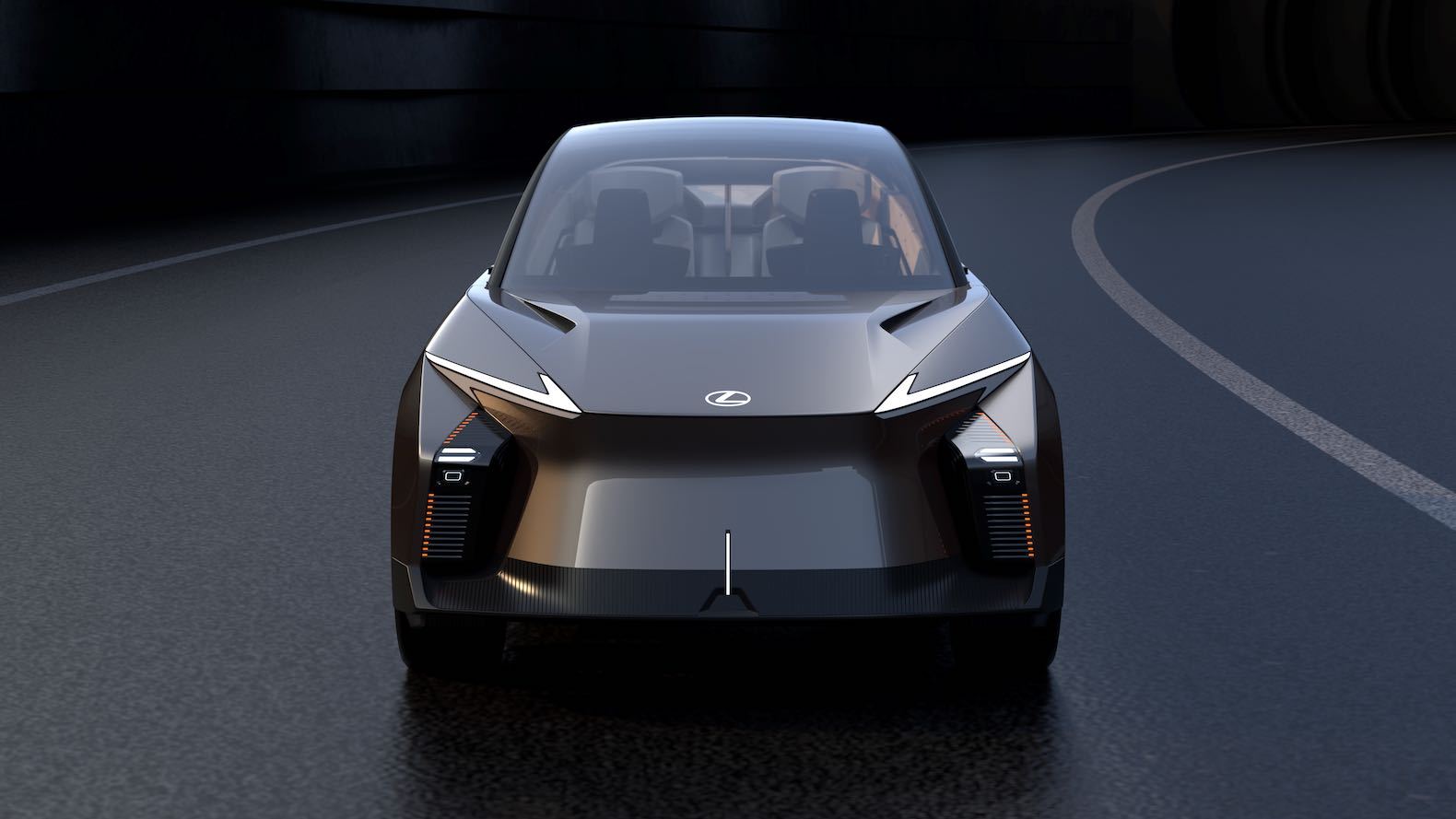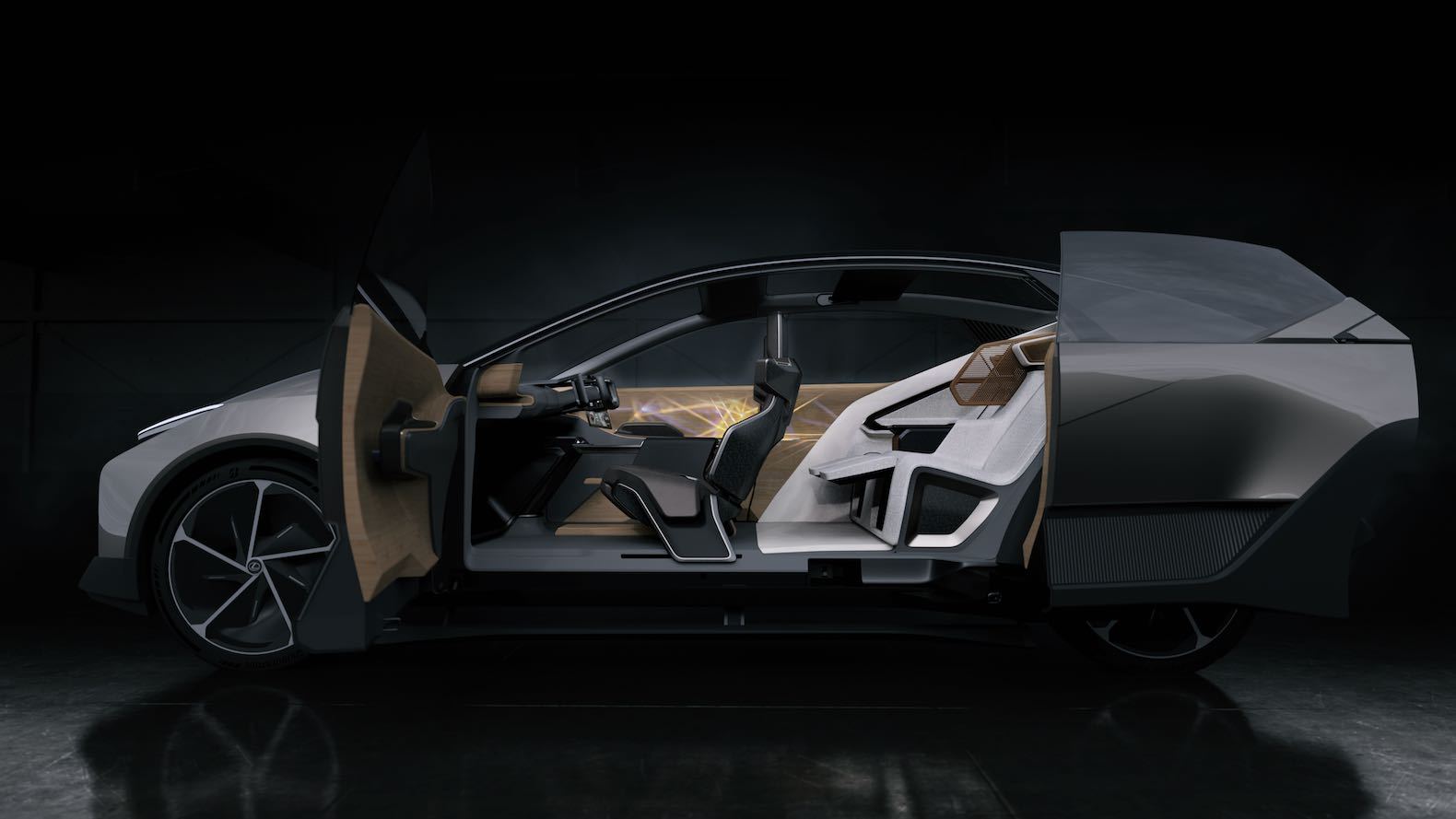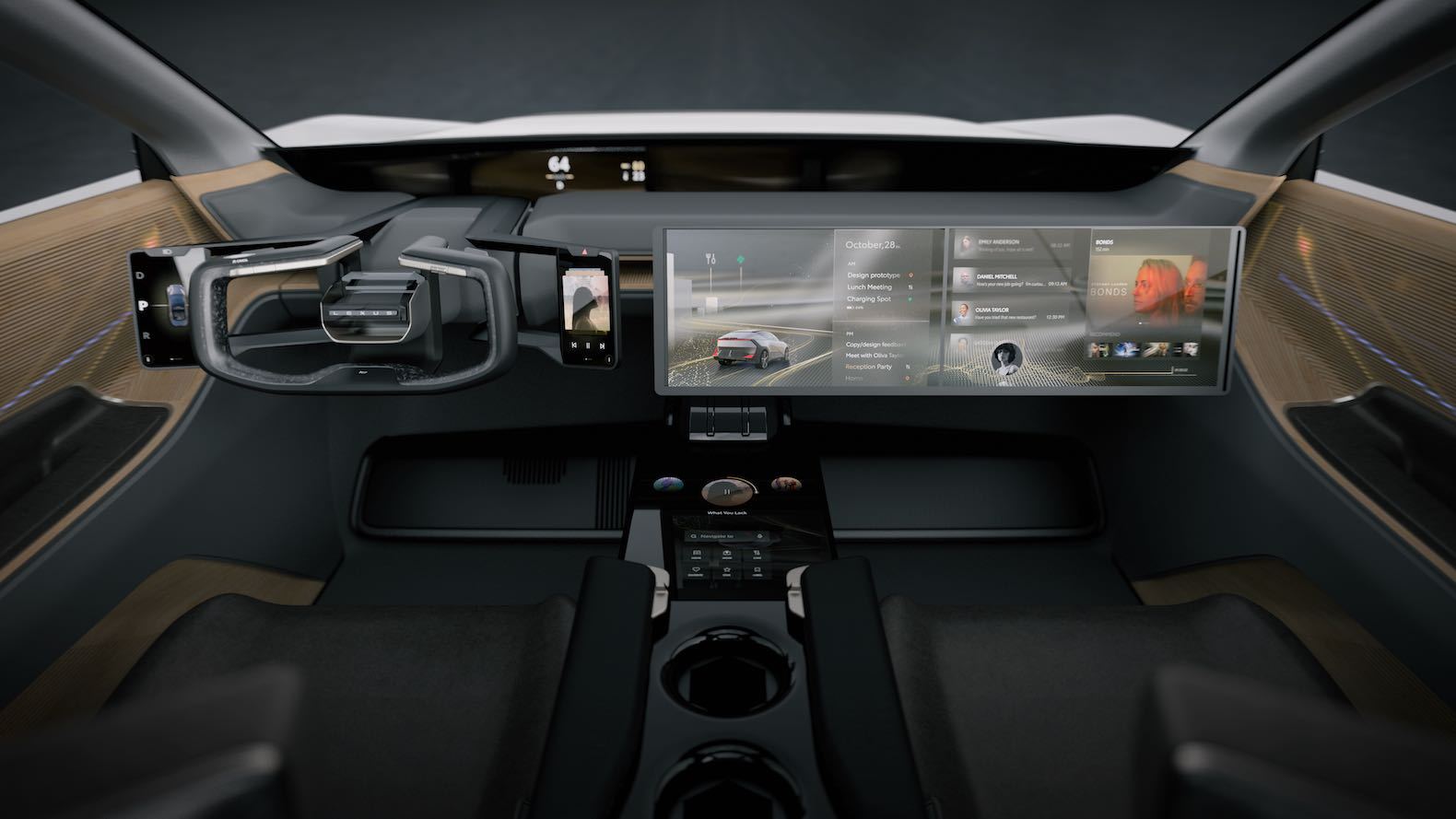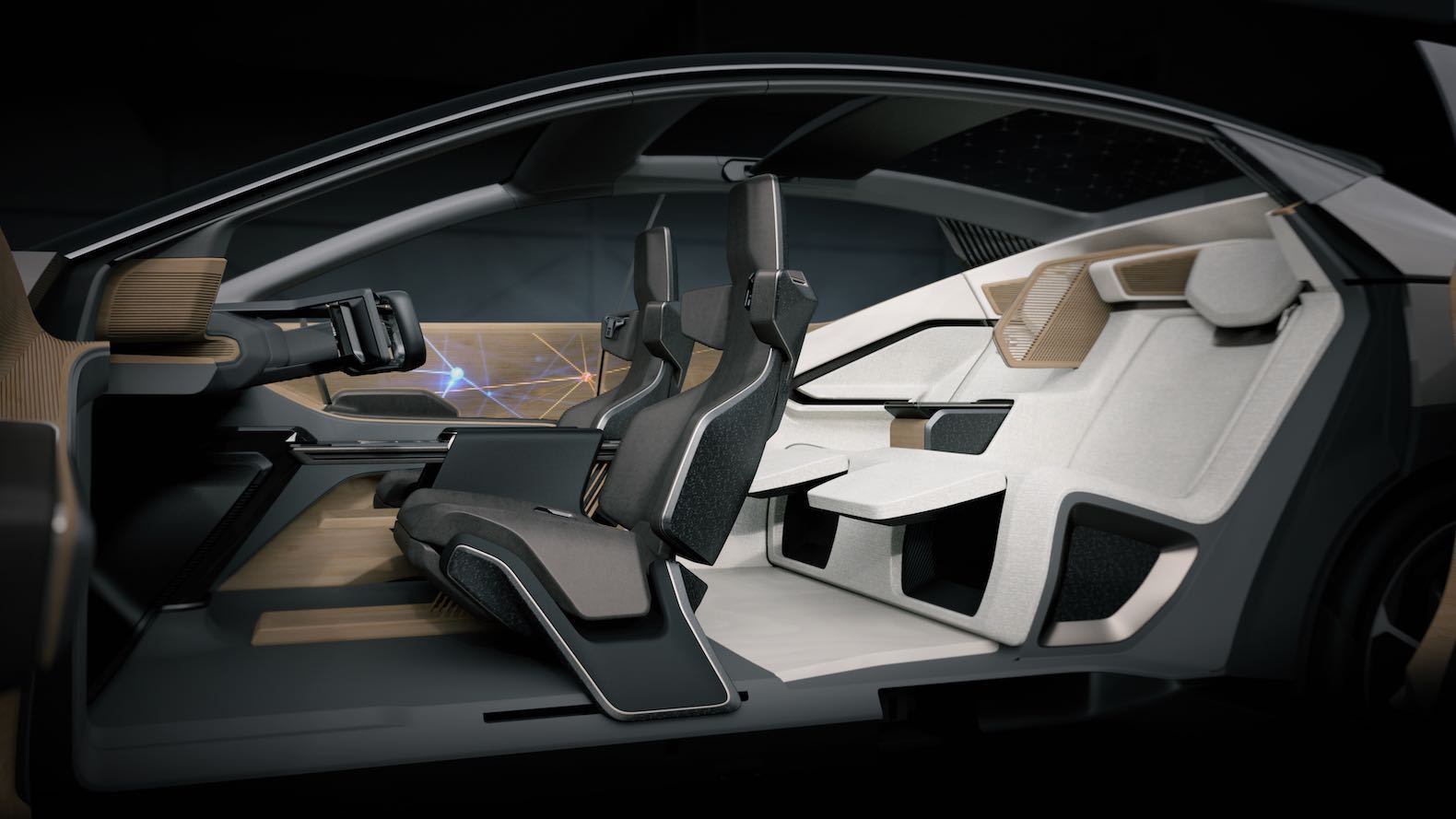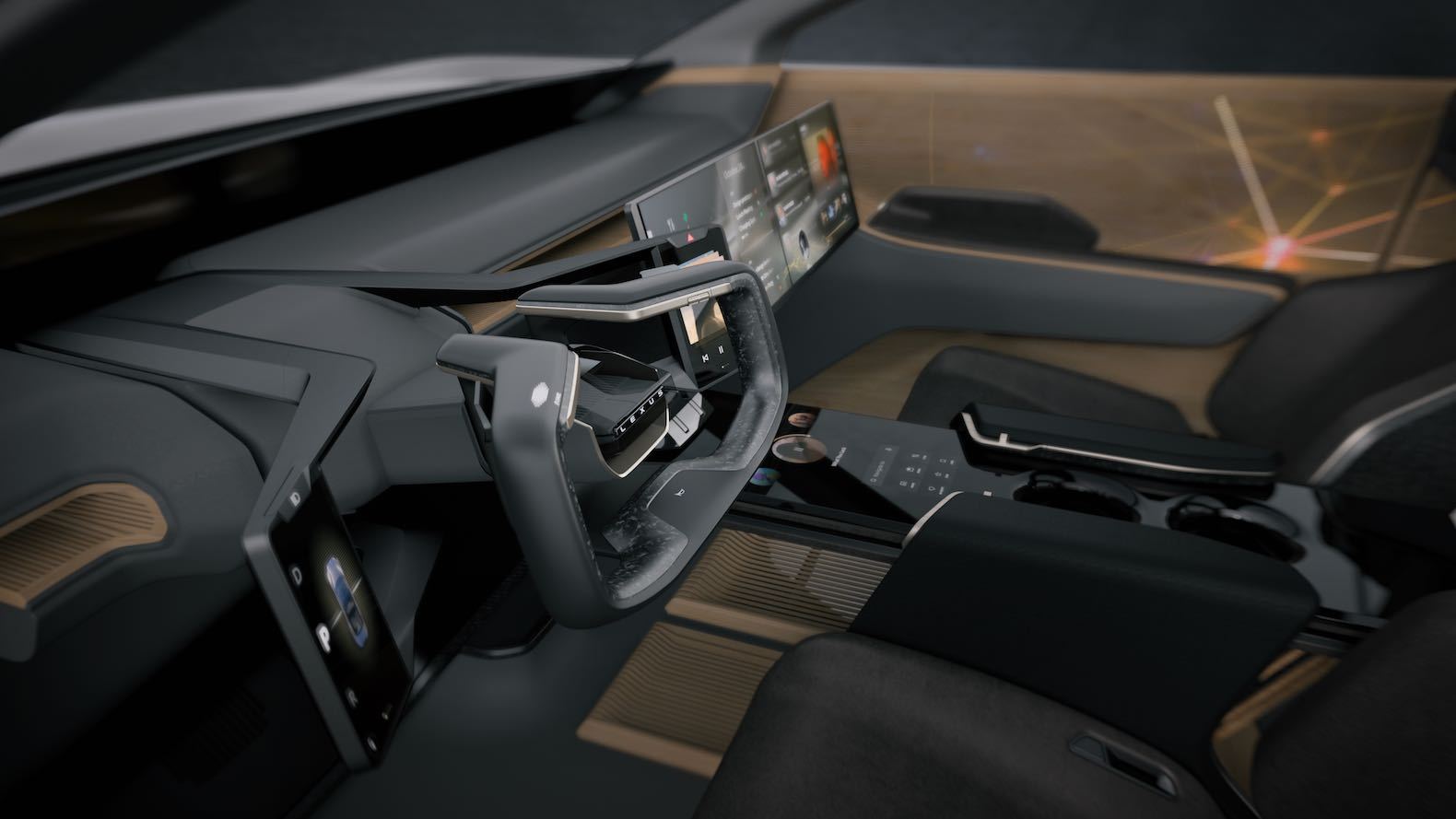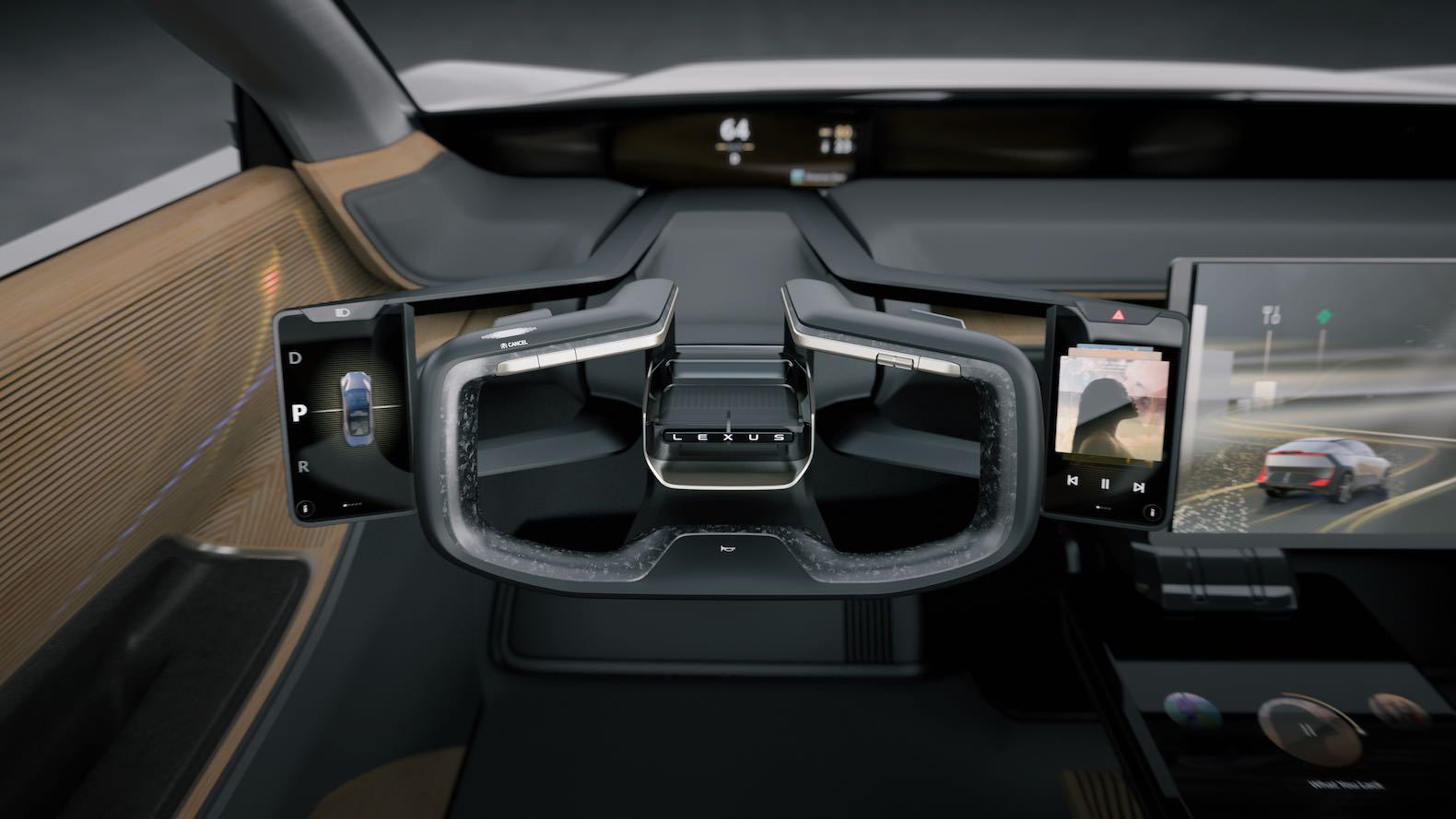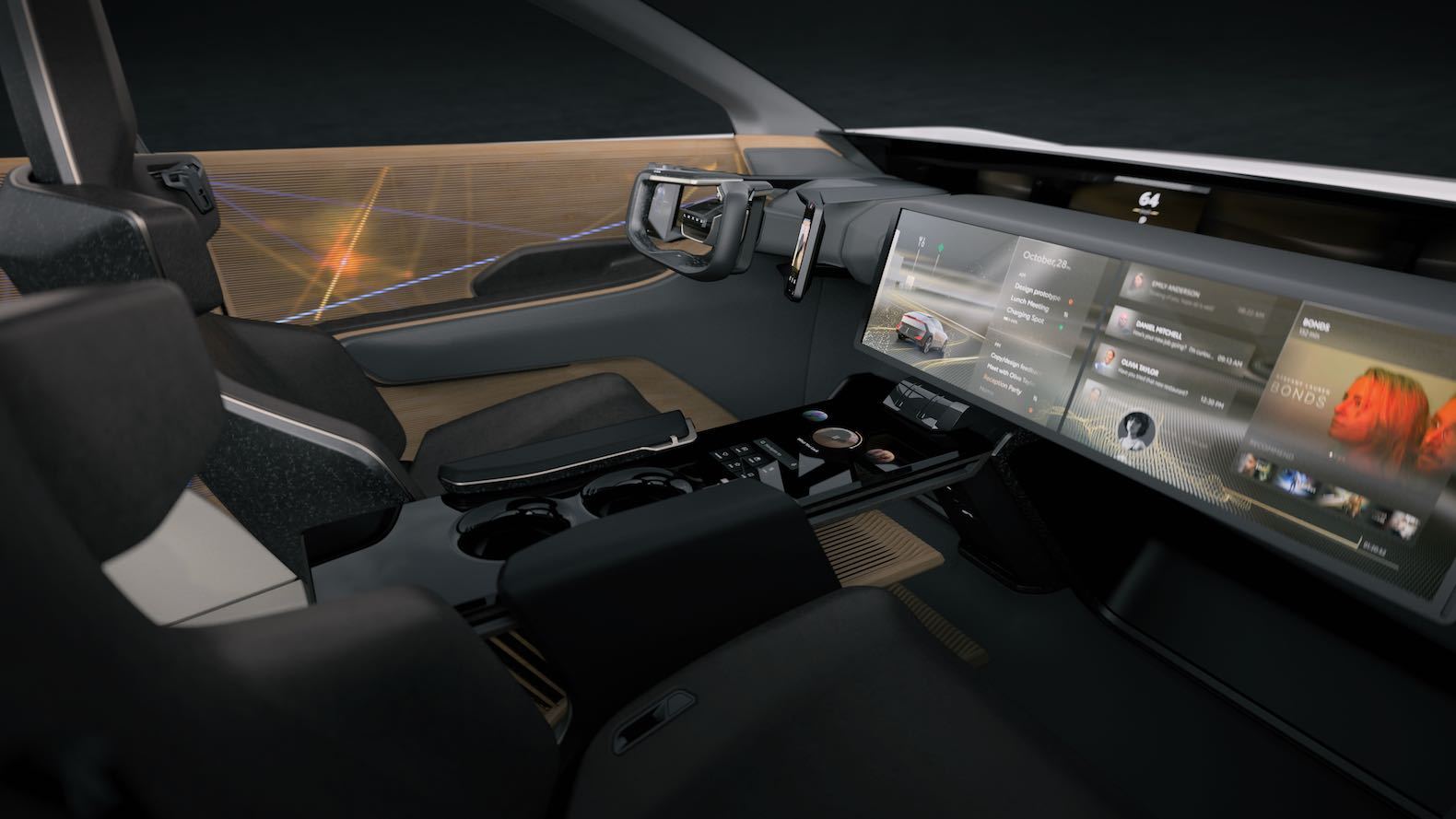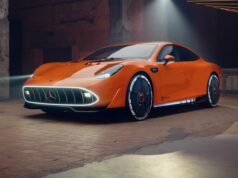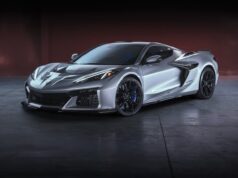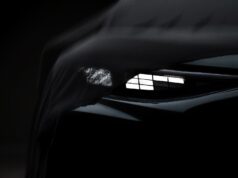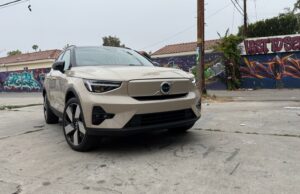Lexus has unveiled two new concepts as a preview of what we can expect from their next-generation EVs.
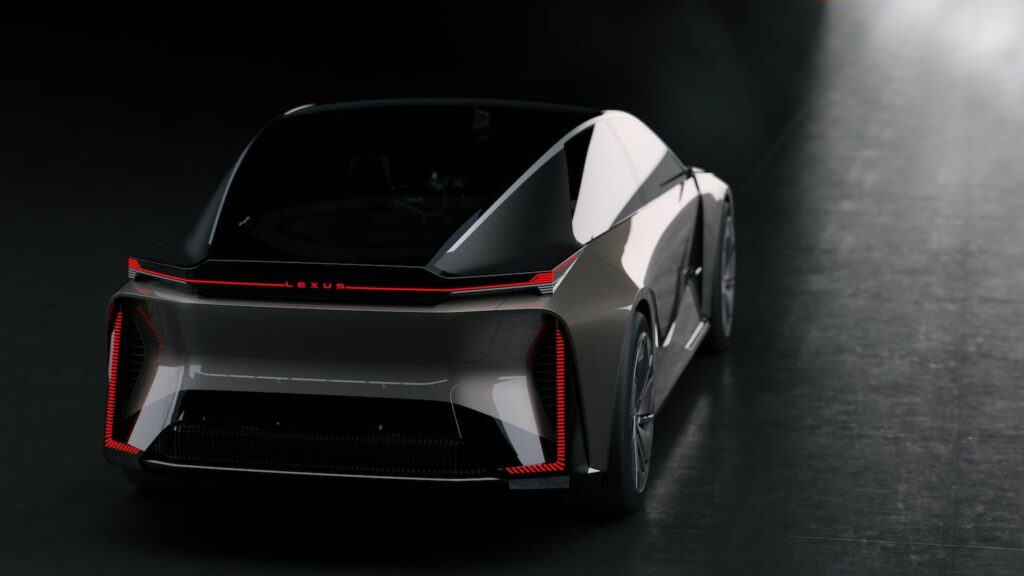
The first concept, the Lexus LF-ZC concept, which stands for “Lexus Future Zero-emission Catalyst,” features an overall shape quite a bit like the newly attractive Toyota Prius. Also, like the Toyota Prius, the Lexus LF-ZC concept’s design was led by a desire to be as aerodynamically efficient as possible. The Lexus LF-ZC concept’s impressive 0.2 drag coefficient and next-generation prismatic batteries will allow it to achieve “twice the range” of conventional EVs.
The Lexus LF-ZC concept features a grille-less front flanked by Lexus’ signature checkmark headlights, an arched roofline that seamlessly stretches from hood to hatch, and pronounced haunches at the rear connected by a thin light bar. Inside, passengers will find a futuristic interior with a focus on sustainability through the use of materials like bamboo. Lexus is also showcasing a new software platform dubbed “Arene OS” that powers the screen-laden interior that features displays for all passengers and supports over-the-air updates. Arene OS also features an AI-powered next-generation voice recognition system called “Butler” that responds to voice commands and can change drive modes, give directions, and much more.
Lexus says the Lexus LF-ZC concept is set to enter production in 2026.
Lexus also revealed the Lexus LF-ZL concept, a flagship BEV that will inspire a new top-of-the-line electrified crossover for the brand.
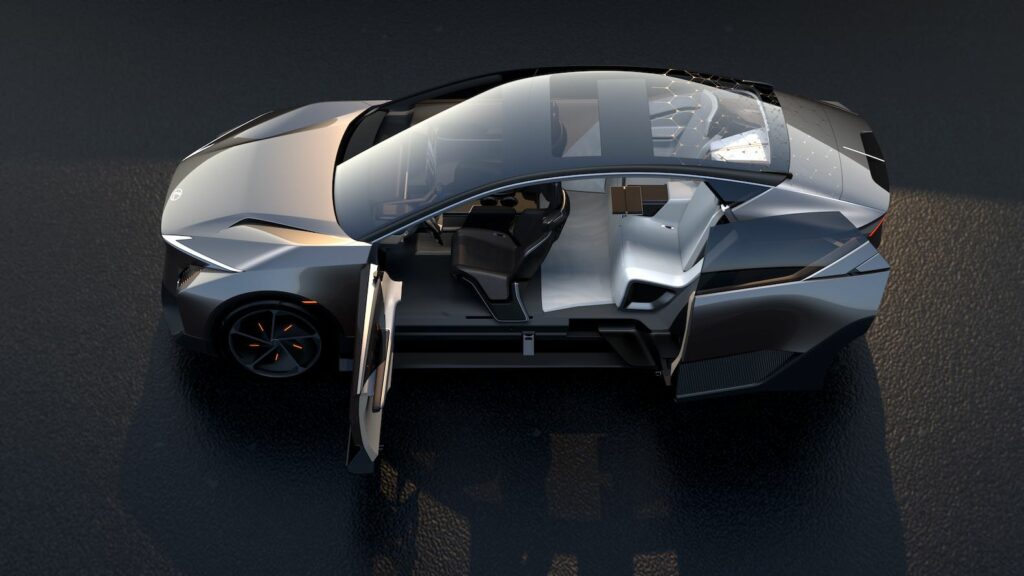
Echoing the design themes presented in the Lexus LF-ZC concept, the Lexus LF-ZL concept is a large luxury crossover with sliding rear doors and plenty of aerodynamically efficient curves and creases. Inside, the Lexus LF-ZL concept pushes the boundaries of sustainable luxury with plenty of bamboo on the doors, cushy thick-pile carpeting, and contrasting seating surfaces.
The Lexus LF-ZL concept is wholly focused on passenger comfort with a spacious interior that uses the new Arene OS to deliver whatever the occupants desire, including something called “Interactive Reality in Motion,” which uses onboard sensors to provide information on objects and places of interest when the driver points at something.
The Japan Mobility Show runs from October 25th through November 5th in Toyko.

